
- Huasco Valley
- San Pedro de Atacama
- Elqui Valley
- Antofagasta
- Limarí – Fray Jorge National Park
- Bahía Inglesa
- Alto El Loa
- La Serena and Coquimbo
- Copiapó Valley
- Tagua Tagua – Almahue Valley
- Alto Colchagua Universidad Glacier
- Cachapoal Valley
- Portillo Ski Resort

Pirque and Maipo Valley
- Aconcagua Valley
- Valle Nevado Ski Resort
- El Colorado Ski Resort
- Curicó Valley
- Maule Valley
- San Antonio/Leyda Valley
- Colchagua Valley and Santa Cruz
- Casablanca Valley
- Viña del Mar
- Cajón del Maipo
- Robinson Crusoe Island
- Rancagua and Sewell
- La Parva Ski Resort
- Rano Raraku
- Llanquihue Lake
- Chillan Ski Resort
- Puerto Montt
- Osorno and Puyehue
- Valdivia and Corral
- Pucón and Villarrica
- Panguipulli
- Temuco and Lago Budi
- Arauco Territory
- Puerto Varas
- Chilean Antarctic Destination
General Carrera Lake
- Tierra del Fuego
- Coyhaique and Puerto Aysén
Carretera Austral
- Torres del Paine
- Puerto Natales
- Punta Arenas
- Family recreation
- Coastal beaches
- Lakeside Beaches
- Hot Springs
- Spa and relaxation
- Patagonian cruises
- Lake sailing
- International cruises
- Visits to observatories
- Astronomical facilities
- Indigenous Peoples and Ethnotourism
- World Heritage Sites
- Archaeology
- Paleontology
- Poetry and Literature
- Typical gastronomy
- Gastronomy of the world
- Hiking y trekking
- Skiing and snowboarding
- Mountainbike
- Horseback Riding
- Mountain and rock climbing
- Sport fishing
- Kitesurfing and water sports
- Ice walking
- Overland 4×4
- Paragliding and aerial sports
- Wildlife watching
- Landscape photography
- National Parks
- Bird Watching

Tourism in Chile Where the impossible is possible
From the extreme north with the driest desert in the world to the austral south with eternal ice and inverted waterfalls, Chile is an invitation hard to refuse. Learn about tourism in Chile and be amazed by the experiences in the southernmost portion of the world.
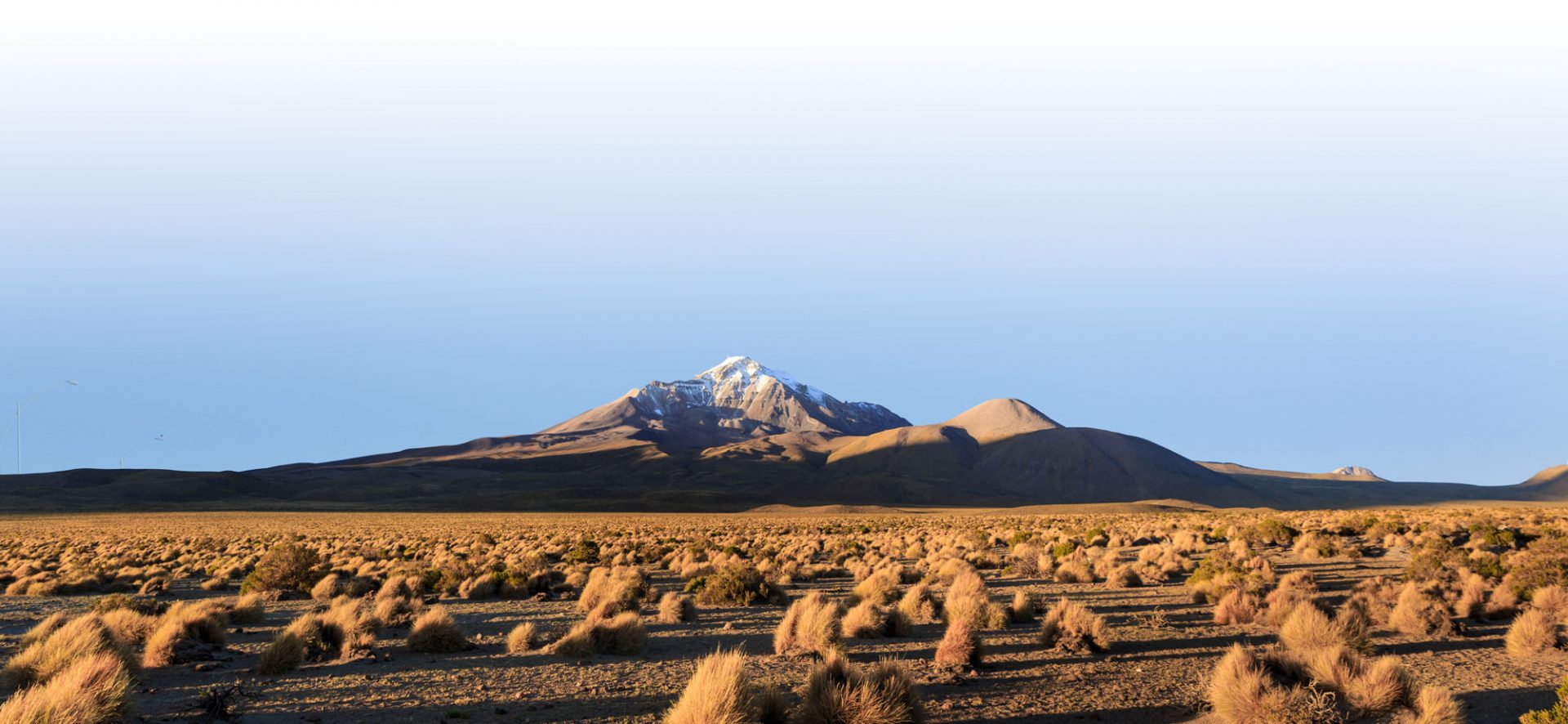
Discover our diversity
The tranquility of vast sandy esplanades and intense sunshine contrast with deep blue lagoons, small towns where the native customs are kept intact and large cities with beautiful beaches.
Nestled in a plain of small valleys and coastal destinations, central Chile stands out as one of the most populated areas and surprises with the assortment of activities that can be performed, from the mountains to the beaches.
The mystical Rapa Nui culture floods the entire island and gives life to one of the most emblematic destinations in the world. Its pink sand beaches, volcanoes and grasslands along with more than a thousand Moais are just some of its main attractions.
The rain falls heavily on millenary ancient forests of deep vegetation and assorted wildlife, and then gives way to a deep blue sky. Southern Chile stands out not only for its wonderful green landscapes, but also for being one of the most important areas for adventure tourism in the world.
An almost untouched nature full of mountains, fjords, glaciers, forests, steppes, pioneer villages where you can breathe the cattle traditions and the gaucho culture, along with important cities, is part of what you can find in the Chilean Patagonia.
Enjoy Chile, live Chile
- Itineraries
- Destinations
3 amazing destinations to visit from the PUQ Airport
Five magical cities in the south of Chile that you must visit
Los Jesuitas Route in Chile: How to get there and all the points you should visit
Visit Osorno Volcano and discover the magical surroundings of southern Chile
Neighborhoods and Activities to Enjoy Nightlife in Santiago
Salt flats, wildlife, and more: Things to see and do in the Atacama Desert
Discover the panoramas that await you in the metropolitan region
Come to Chile with your partner! What you need to know to come to Chile with your pet
Overland on the Carretera Austral and Tierra del Fuego: an adventure in nature
Pumalín National Park: preservation as an impulse in local development
Come to Chile’s most romantic destinations
The most romantic experiences that you could live in San Pedro de Atacama
Three days in the main vineyards and valleys in Chile
A few kilometers from santiago: what to do in the cajón del maipo, adventures that endure: 2 days of hikes in the andean araucanía, enjoy santiago’s mountains and the casablanca valley.
How to get to Chile?
No matter where you are! Select the country you are in and choose the airline that suits you best to get to Chile*:
(*) Official information of Nuevo Pudahuel

Travel through Chile's destinations
Are you an adventure, beach or desert person? Select the following options to give you the best recommendation according to your interests:
Travelers Recommend
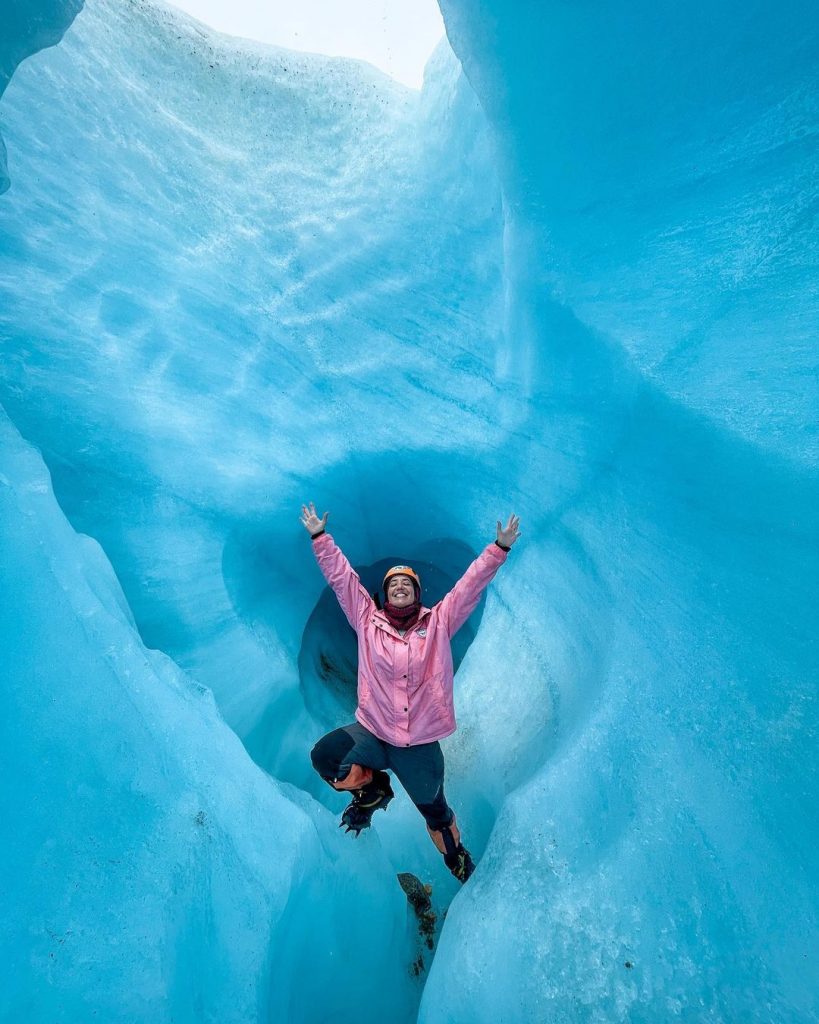
The Aysén region in Chile is full of special places. Today we went to the Exploradores Glacier, and it has been quite an adventure! In total 6 hours on foot, going through forest, moraine, ice… using crampons, being cold and hot at the same time… I LOVED IT.
After an hour on the road, we began to see herds of guanacos running through the Patagonian pampas, and that confirmed that we had reached our next destination: @parquepatagonia.
After going rafting down the Baker River with @raftingbaker, bathing in icy water, seeing incredible landscapes and chatting with people who only teach and add things to our lives

16 Top-Rated Tourist Attractions in Chile
Written by Bryan Dearsley Updated Nov 26, 2021
Boasting one of the planet's most diverse landscapes, Chile has in recent years become an increasingly popular travel destination, particularly among nature lovers and adventure seekers. Here in this long, narrow nation on the west coast of South America, travelers will find an array of stunning sightseeing opportunities, from the tall peaks of the Andes and endless beaches to lush temperate forests, ancient volcanoes, and a dramatic coastline such as that found at Cape Horn .
Chile is also blessed with an abundance of superb national parks and conservation areas , many of them popular destinations for those into trekking and hiking , as well as those who enjoy adventurous things to do such as climbing, river rafting, mountain biking, and horseback riding.
But Chile is not without its cultural attractions, too, with cities such as the capital of Santiago offering many fine museums and art galleries, and stunning Easter Island with its famous stone figures. Whatever your travel preferences, you'll find no shortage of beautiful places to visit and photograph in Chile .
To ensure you see the best points of interest in this amazing South American country, be sure to read our list of the top things to do on Chile.
1. Torres Del Paine National Park
2. valle de la luna and the atacama desert, 3. easter island & rapa nui national park, 4. santiago: chile's cultural capital, 5. the chilean lake district, 6. cape horn, 7. valparaíso, 8. lauca national park, 9. pumalín park, 10. los pingüinos natural monument, 11. the humberstone and santa laura saltpeter works, 12. chiloé island & chiloé national park, 13. valle nevado, 14. mylodon cave natural monument, 15. cochamó valley, 16. vicente pérez rosales national park.
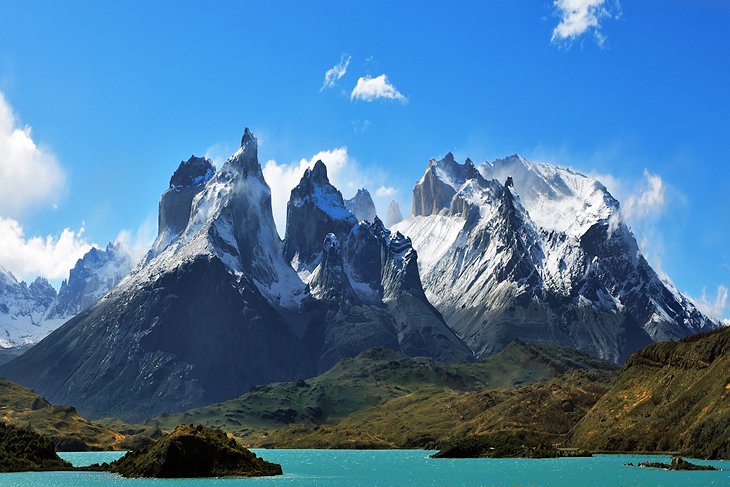
One of Chile's most important natural areas and an increasingly popular travel destination is the spectacular Torres del Paine National Park. Situated more than 100 kilometers north of the city of Puerto Natales in southern Patagonia, this stunningly beautiful area encompasses mountains, glaciers, and countless lakes and rivers.
The most important region of the park is the Cordillera del Paine , an area that marks the transition from the Patagonia steppe to the subpolar forests of the north. Perhaps the most notable of its many wonderful features are the three 2,850-meter-tall granite peaks of the Paine Massif, which dominate this already breathtaking scenery.
Hiking is one of the park's most popular activities, with numerous well-marked trails, many offering overnight shelters (refugios) with the basics needed for longer treks that circle the mountains. If you're planning on anything more than a day's hiking, professional guides are recommended and, in some areas, mandatory.
One of the top guided tours of the park is the five-day W Trek , one of the top hikes in Patagonia . This 71-kilometer route takes in some of the top points of interest in Patagonia, including the massive Glacier Grey and the mountains of Paine Grande.
Address: Magallanes y la Antártica Chilena Region
Official site: www.torresdelpaine.com/ingles/
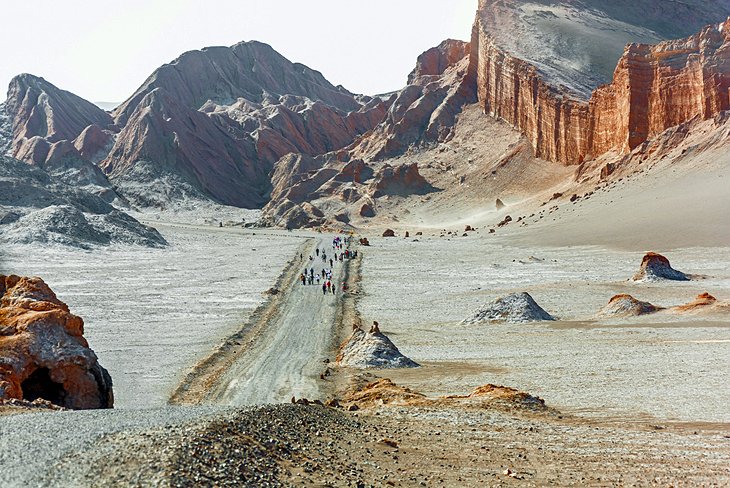
Valle de la Luna, which literally translates as "Valley of the Moon," lies 13 kilometers west of San Pedro de Atacama at the north end of the country, near its border with Bolivia. It can be accessed via well-marked bike trails, tour buses, or self-drive car rentals.
This rugged, inhospitable looking landscape in the heart of the Atacama Desert attracts many visitors for its eerie resemblance to the surface of the moon, an effect caused by the erosion of its sand and stone features by wind and water over countless millennia. Despite its remoteness, though, this surprisingly beautiful landscape has sustained life for centuries, both human as well as that of numerous species of flora and fauna.
Among its most interesting features are its dry lake beds-this is, after all, one of the driest places on the planet-which are dazzlingly white due to deposited salt, and prone to producing fascinating natural saline outcrops.
Other notable features of the Atacama Desert are the region's many caverns, some containing evidence of pictographs created by early man and where some of the world's oldest mummies, preserved by the area's aridity, were found. The most famous of these, the Chinchorro mummies, are now on display at the archaeological museum in San Miguel de Azapa.
Also of interest is the Laguna Cejar sinkhole, famous for its turquoise water.
Address: San Pedro de Atacama, Antofagasta Region
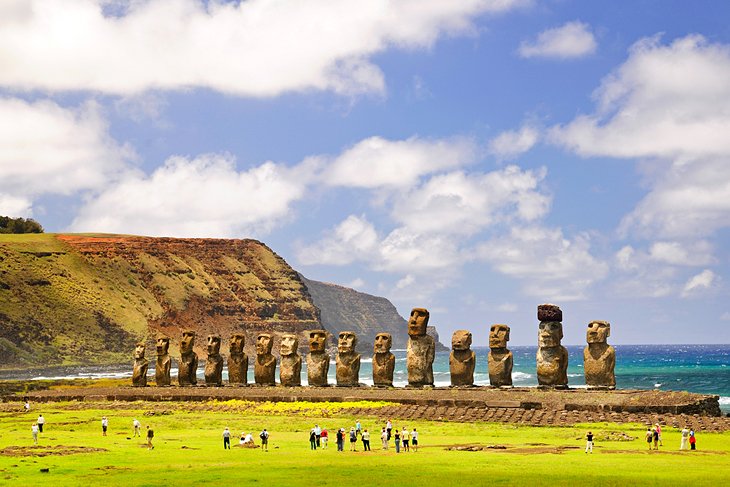
First visited by Europeans in 1722, the magnificent yet remote Easter Island – so named by a Dutch Explorer who first set eyes on it on Easter Sunday – has been inhabited for thousands of years by Polynesians. Despite being more than 3,500 kilometers away from mainland Chile, this fascinating island with its remarkable stone sculptures remains the country's most recognizable attraction.
All told, 887 of these statues, known as Moai – created by the island's early Rapa Nui population – have been identified, most of them now protected by Rapa Nui National Park (the island itself has been declared a UNESCO World Heritage Site). The most impressive collection is at Ahu Tongariki where 15 of them have been re-erected on the island's largest Moai platform, or "ahu."
Rapa Nui is also where you'll find one of the country's best beaches, Anakena . This beautiful yet short stretch of white coral sand is the perfect spot for a break from hiking.
Also of interest are the many "hare paenga" ruins near ahu sites consisting of stones that once formed the foundation of boat-shaped houses. Other highlights include the Father Sebastian Englert Anthropological Museum in Hanga Roa , the island's main community, notable for its exhibits relating to the history of the Polynesian islanders and their traditions.
Hot Tip: Visiting Easter Island is best done as part of a Chilean vacation, with regular flights available from Santiago or Tahiti. Flight times are approximately five hours, so expect to stay at least a couple of days.
Read More: Most Beautiful Islands in the South Pacific
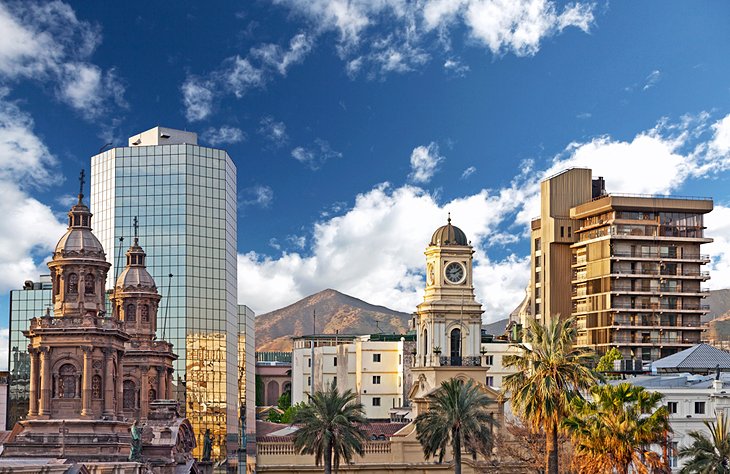
Santiago is not only the financial and business capital of Chile, it also serves as the country's cultural and entertainment center. Consequently, it's home to endless fun things to do, including visiting its best museums and galleries, along with excellent shopping, dining, and hotel options.
Centrally located and the country's main transportation hub, Santiago is where most visitors begin their Chilean travels before heading to the Andes or other areas of outstanding natural beauty, such as Easter Island. The smartest travelers, though, will allow time in their Chile travel itinerary to get to know Santiago.
Founded in 1541 and relatively crowd-free, the city features points of interest such as the Centro Cultural Palacio La Moneda , a state-of-the-art cultural center occupying part of the impressive Palacio de la Moneda, and the Chilean National Museum of Fine Arts (Museo Nacional de Bellas Artes). Established in the 1880s, it focuses on Chilean artists, and boasts a large permanent collection of paintings, sculptures, and photos.
Other must-sees are the excellent Museum of Pre-Columbian Art (Museo Chileno de Arte Precolombino), featuring collections relating to the country's native people, and the Museum of Memory and Human Rights (Museo de la Memoria y los Derechos Humanos). The latter commemorates those who suffered under the Pinochet regime.
A highlight of any visit to Santiago is taking the aerial tramway to San Cristóbal Hill for its stunning views over this most hospitable of cities. There are also some interesting attractions here, including an observatory, a 22-meter-tall statue of the Blessed Virgin Mary, and an amphitheater.
Be sure to also spend time enjoying Santiago Metropolitan Park (Parque Metropolitano de Santiago), a huge urban green space. Here, you'll find a botanical garden, the Chilean National Zoo, and a funicular railway.

Stretching for more than 330 kilometers from Temuco to Puerto Montt and resembling the alpine regions of Europe, the Chilean Lake District (Zona Sur) is well worth exploring. Like its alpine cousin, this beautiful region of the Andean foothills boasts rich farmland at the base of its many snowcapped volcanoes, ringed by thick forests and the kind of deep lakes that water sports enthusiasts drool over.
And the connection to Europe doesn't end here. After the forced resettlement of the region's indigenous people, the Mapuche , farmers from Switzerland, Austria, and Germany arrived, bringing with them aspects of their own culture that can still be seen in the architecture of towns like Osorno and Valdivia, as well as in the region's customs and festivals.
For adventure seekers, a typical Chilean Lake District itinerary includes endless hiking and biking potential, along with other fun activities such as volcano climbing; white water rafting; kayaking; canoeing; horseback riding; and, come winter, skiing. Road trips to the region are also extremely popular.
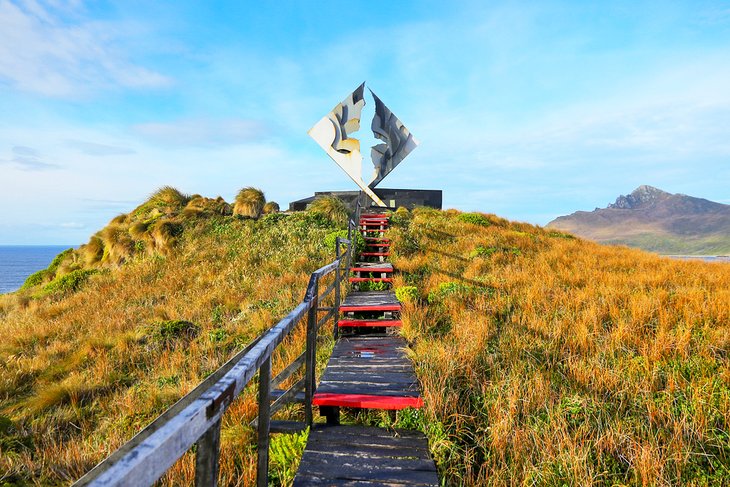
Considered something of a Holy Grail for travelers – and the equivalent of Mount Everest for yachting types – Cape Horn is, if you can get here, well worth the effort, if not the bragging rights.
The last stop before Antarctica and the world's southernmost tip, Cape Horn has for centuries been known as a sailor's graveyard for its remoteness, its hazardous coastline, and the rough seas that prevail here. While less important as a trade route now thanks to the Panama Canal, it has seen an increase in popularity among serious sailing enthusiasts, and features in a number of exciting races.
For the rest of us, it can, with careful planning, still be visited. There are, however, only a few ways to get to Cape Horn (apart from having your own yacht, of course). An increasingly popular option is via helicopter from the Chilean town of Puerto Toro. A day-long adventure, it can be expensive, so you may want to seek travel companions on the adventure. Alternatively, charter sailboats can get you here, but it's a long haul and often rough.
Cruise ships are, perhaps, the best option. A number of cruises in fact pass by Cape Horn on their way to Antarctica and will, weather and seas permitting, stop here for an hour. Passengers disembark via inflatable boats, so this part of the journey can be rough, too.
Once ashore, passengers can make the short cliff-top climb to what is perhaps the ultimate tourist selfie spot: the Cape Horn Memorial Sculpture. This breathtaking monument and its incredible views welcome you to the bottom of the world.
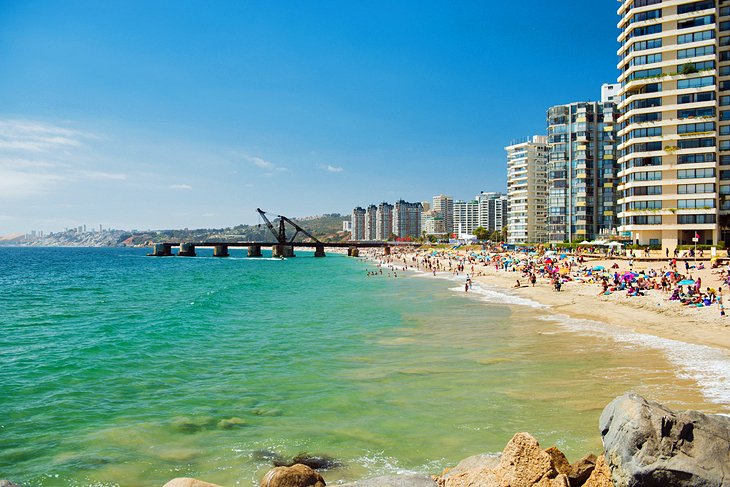
Chile's third largest city, Valparaíso, is nestled between the sea and the coastal mountain range about 112 kilometers northwest of Santiago and makes for an excellent day trip. As popular for its many old cobbled streets and unique architecture as it is for its lovely harbor and beaches, the city offers a great deal of fun things to do.
Many tourist attractions focus on the country's rich maritime heritage, including Lord Cochrane's Museum (Museo Lord Cochrane), located in a lovely old colonial home built in 1842. Another must-visit tourist attraction is the superb Naval and Maritime Museum (Museo Naval Y Maritimo) with its displays dealing with the War of the Pacific of 1879 between Chile and allied Peru and Bolivia, with particular emphasis on the contributions of Chile's war heroes.
A related attraction is the Ironclad Huáscar located in the Port of Talcahuano , some 600 kilometers south of Santiago. Talcahuano's beautiful harbor – home to Chile's navy – is the base for this immaculately restored historic vessel built in 1865 in Britain and one of the only surviving such battleships of her kind.
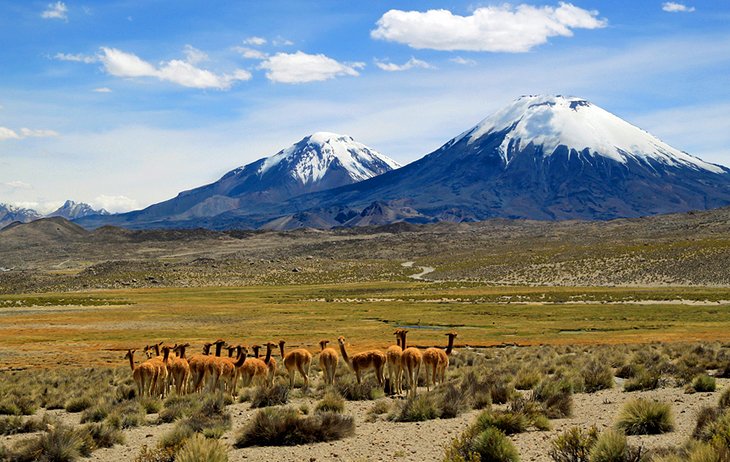
Located in the far north of Chile, just 140 kilometers east of the city of Arica, Lauca National Park (Parque Nacional Lauca) covers an area of 1,300 square kilometers and consists largely of high plains and mountain ranges, many of the latter comprised of large volcanoes.
Highlights include hiking around its many pristine mountain lakes, most notably Cotacotani and Chungara, which reflect the scenery around them to stunning effect. The park also features a number of important archaeological sites, as well as evidence of the early European settlers who left their mark in the region's many fine old colonial churches and buildings.
It's also especially popular for bird-watchers and is home to more than 140 species, including Andean geese, crested ducks, Chilean flamingos, and the massive Andean condor. Another beautiful area popular with nature lovers is Conguillío National Park (Parque Nacional Conguillío), also in the Araucanía Region of the Andes.
Address: Putre, Arica y Parinacota Region
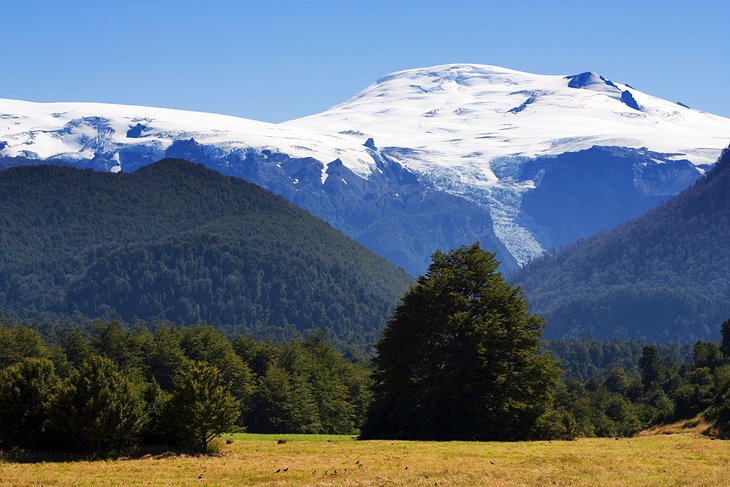
Although only established as a nature sanctuary in 2005, Pumalín Park has become one of Chile's most important and popular conservation areas. Covering a vast area of more than 988,000 acres stretching from the Andes to the Pacific, the area boasts some of the country's most pristine coastline and forests and is notable for being almost entirely untouched by human development.
In addition to protecting the area's rich flora and fauna, including the Alerce, the world's oldest tree species, the park is easily accessible to visitors and provides one of the country's best wilderness experiences. It's owned and operated by the US-based Conservation Land Trust.
Thanks to its extensive network of trails, campgrounds, and visitor facilities, Pumalín Park is a delight to explore, whether for a short nature hike or as part of a longer ecotourism adventure. These often include a stay at rustic cabin-style accommodations overlooking one of the world's most beautiful, unspoiled backdrops.
Address: Sector Río Amarillo S/N Chaitén, Chaiten, Chaitén, Región de los Lagos
Official site: www.parquepumalin.cl/en/index.htm
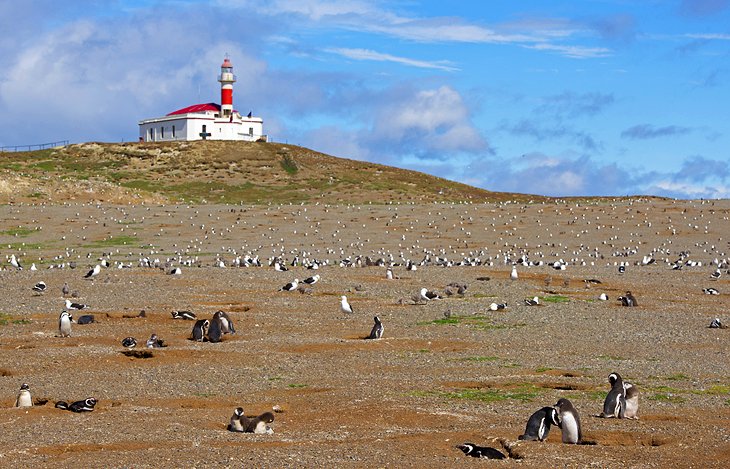
In addition to its national parks, more of Chile's important conservation efforts can be seen in its many natural monuments. One of the most popular is Los Pingüinos Natural Monument (Monumento natural Los Pingüinos), just 35 kilometers northeast of the city of Punta Arenas at the southern tip of the island and incorporating the beautiful Magdalena and Marta Islands .
As its name suggests (pingüinos is Spanish for penguins), the monument is home to one of Chile's largest penguin colonies, consisting of some 60,000 breeding pairs of Magellanic penguins. Accessible only by guided boat tours, the islands are also home to large colonies of seals and sea lions.
Another of Chile's important natural monuments is El Morado , an easy drive from Santiago and site of the San Francisco Glacier and the 4,674-meter-tall Cerro El Morado mountain.
Address: Punta Arenas, Magallanes y la Antártica Chilena Region
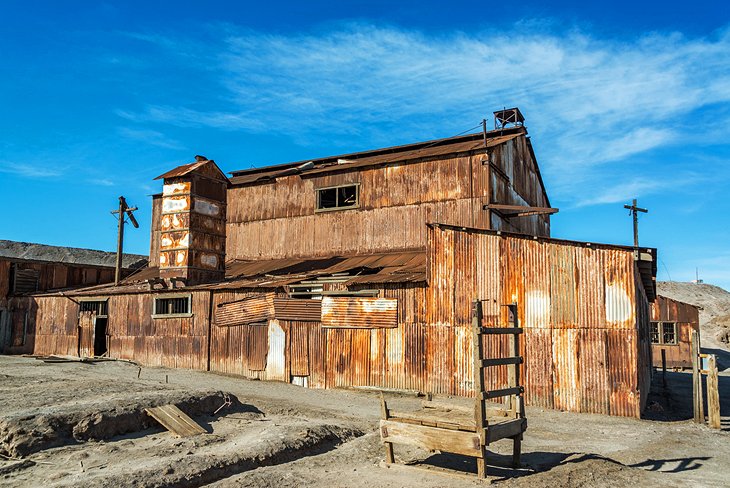
Situated near the northern port city of Iquique in the remote Pampa Desert and declared a UNESCO World Heritage Site in 2005, this fascinating ghost town was once home to a bustling community.
For more than 60 years from about 1880, thousands of Chilean, Bolivian, and Peruvian workers toiled in the Humberstone and Santa Laura Saltpeter Works (Salitreras Humberstone y Santa Laura), a hostile environment that included some 200 saltpeter mines. In the process, these workers formed a distinct culture and way of life that has been preserved here.
Although derelict since 1960, the site offers a fascinating glimpse into the tough conditions faced by these "pampinos," with many of the site's larger structures still standing and able to be explored. Professional guides are recommended given the area's remoteness and harsh climate.
Address: km 47 A-16, Pozo Almonte, Región de Tarapacá
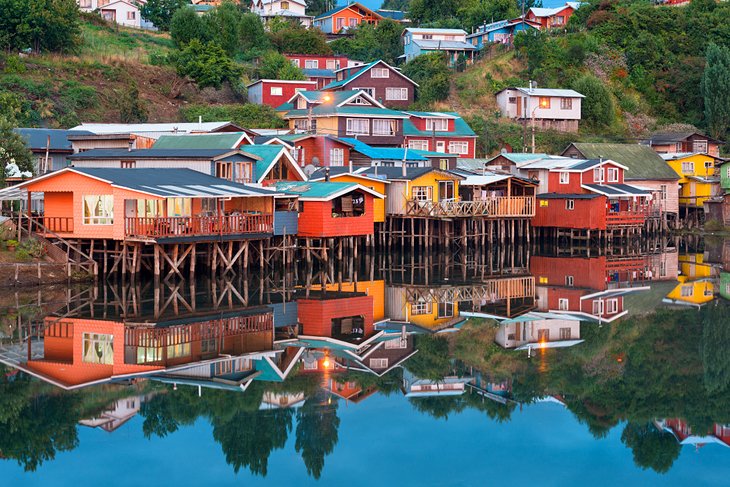
Situated on Chiloé Island, the country's second largest island, Chiloé National Park is well worth adding to your travel itinerary. While not as rugged as the majority of the country's most striking scenery, Chiloé Island is nevertheless quite unique.
In places, it looks not unlike the kind of rural topography you'd expect to find in parts of Europe – Germany immediately springs to mind – and it's a delight to explore.
In addition to the island's numerous old iconic wooden churches, remnants of the communities established by Jesuit missionaries who settled here in the 1600s, you'll see plenty of attractive, colorful old homes. Known as "palafitos," they snuggle along the shoreline in places and are raised out of the water on stilts. Many of the island's old churches, too, are painted brightly and should be visited.
Chiloé National Park itself has become increasingly popular among tourists in recent years. A highlight of a visit to this area of outstanding natural beauty is the chance to observe wildlife as diverse as blue whales and dolphins (sightseeing excursions are available), and the large penguin breeding grounds on the nearby Islotes de Puñihuil Natural Monument . Available adventures include sea kayaking, hiking, and eco-tourism.
Address: Los Lagos Region
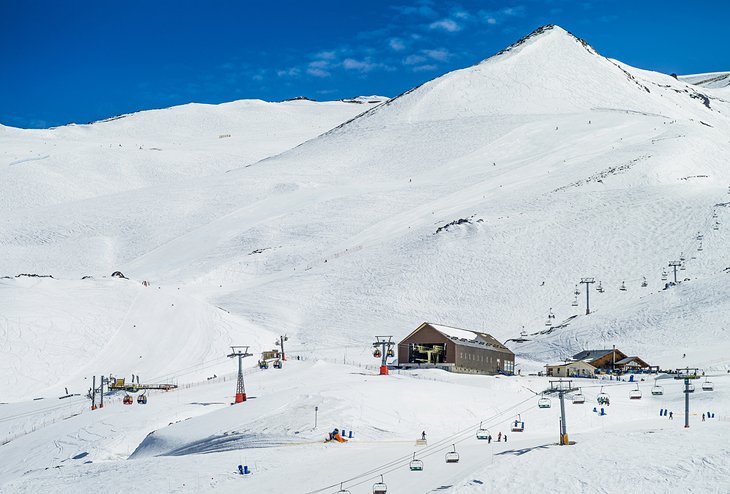
Once a well-kept secret, the fact that Chile is home to some of the world's best skiing is now common knowledge among skiers. By far the most popular ski area in South America, the Valle Nevado (Snowy Valley) resort region in the El Plomo foothills of the Andes is well-served by public transit from the country's capital of Santiago, located just 46 kilometers west of the slopes. Established in 1988, the ski resort covers a vast area and has grown rapidly in the time since.
Boasting mostly clear skies and great snow thanks to its high elevation 3,000 meters above sea level. It's skiable 112 days a year, and the resort features 37 trails and 11 lifts. It's as popular with beginner families as it is with seasoned skiers and snowboarders.
In addition to its three hotels, a variety of rental chalets and condos are available, suitable for short and long stays, and the resort also features eight restaurants. A snow school is located on-site, along with a ski shop and a tour company featuring heli-skiing adventures. Other notable Chilean ski resorts close to Santiago include La Parva and El Colorado .
Address: Avenida Vitacura 5250 of. 304, Vitacura, Región Metropolitana
Official site: https://vallenevado.com/en/
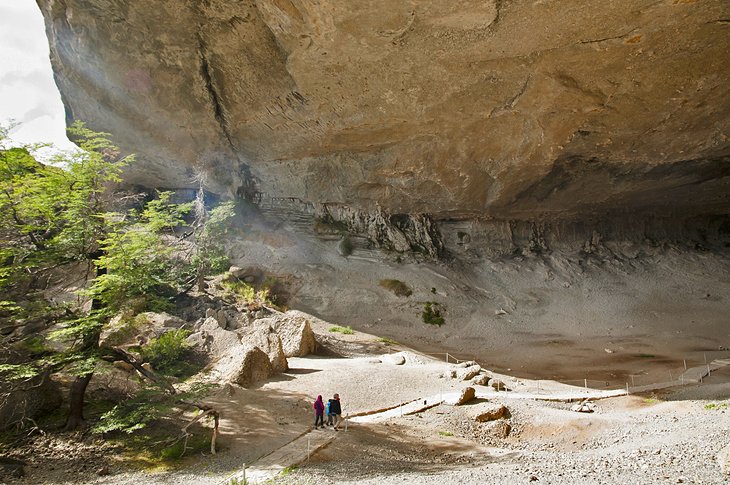
As popular with sightseers as it is with nature lovers, the Mylodon Cave Natural Monument (El Monumento Natural Cueva del Milodón) is situated in the heart of the Patagonia area of Chile a short distance from Puerto Natales.
Highlights of this fascinating natural wonder – part of the popular End of the World scenic drive – include a number of easy-to-access caves set around a formidable rock formation known as the Devil's Chair ( Silla del Diablo ).
The main cave, known as the Milodón Cave , was where, in 1895, the well-preserved remains of a prehistoric Mylodon were discovered (a tall statue of this long-extinct creature marks the spot where the discovery was made), along with remnants of other ancient animals and even human bones.
This impressive cave is some 200 meters deep, and it's fun to explore. If you've got time, take the marked trail that leads to the top of the cave, where you'll enjoy spectacular views over the nearby Eberhard fjord.
Other fun things to do include exploring the park's many other hiking trails, which include a number of raised sections at tree height that are fun to walk.
Address: Y-290 8, Natales, Región de Magallanes y de la Antártica Chilena
Official site: http://cuevadelmilodon.cl/en/index.php
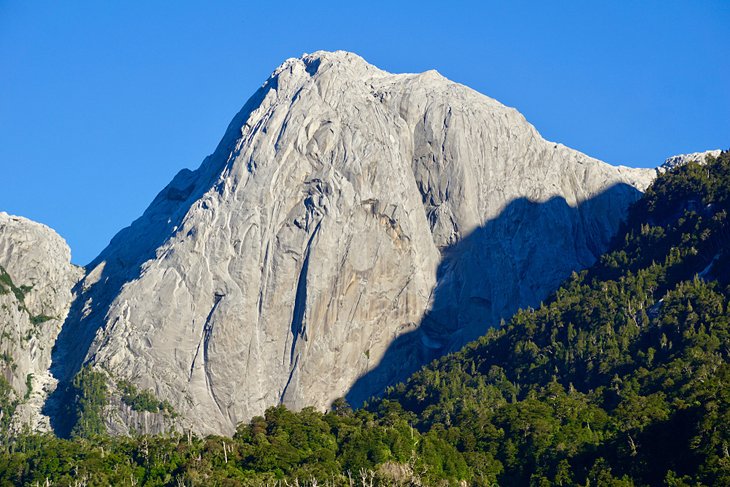
Known as the "Yosemite of Chile," the beautiful Cochamó Valley region of Chile is a delightful area to explore. Situated in the Los Lagos region of the Andes and named after the Cochamó river, it's a region that, like Yosemite, has become extremely popular among hikers and rock climbers, the latter drawn here for the chance to tackle its many 1,000-meter-plus granite walls.
Hikers, for their part, can choose from a variety of trails of varying degrees of difficulty, most of them taking you directly to popular sightseeing spots. These include the many beautiful waterfalls that dot the region.
You'll definitely want to tackle the 10-kilometer-long "Cowboy Trail," so named for its 100-plus-year history as a cattle trail (it was also used by the infamous bank robbers, Butch Cassidy and the Sundance Kid, after fleeing the US). This fun six-hour hike starts in the village of Cochamó and leads to La Junta, a rocky outpost with a number of campsites should you wish to bed down for the night.
In addition to the varied flora and fauna here, people are also drawn for the great fly fishing.
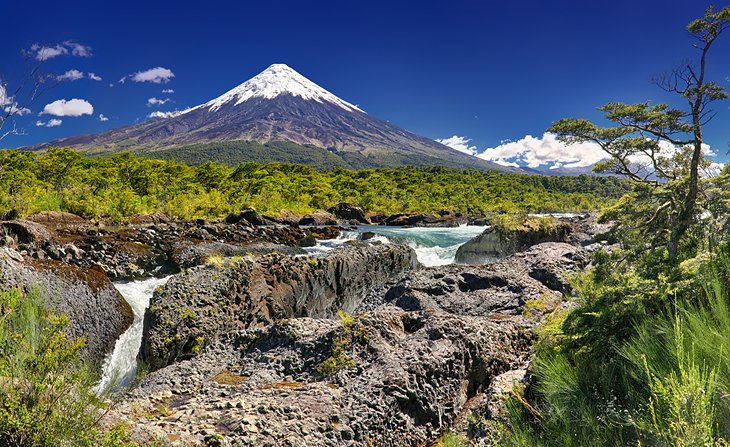
Established in 1926 and the first of the country's now numerous national parks, Vicente Pérez Rosales National Park (Parque Nacional Vicente Pérez Rosales) is located in the heart of the Chilean Lake District, and provides the perfect excuse to at least get a taster of this beautiful region.
Easily accessible from the city of Puerto Montt , the big tourist attraction here is the spectacular Petrohué Falls (Saltos del Petrohué). Here, the fast flowing Petrohué River plummets down a volcanic rock chute to Todos los Santos Lake, an especially impressive sight during the rainy season. After descending the falls and rapids, the water settles in the crystal clear lake, a popular fishing and bird-watching spot.
The area is also known for its diverse wildlife, including deer and pumas, as well as its thermal springs. Add to this picture-perfect location a backdrop of snowcapped volcanos, and you've got the perfect selfie spot to snap that memento of your vacation in Chile.
Address: Puerto Varas, Los Lagos Region

More on Chile
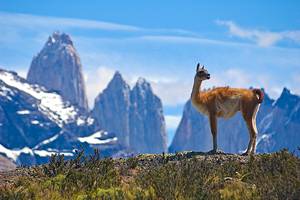
Best Time to Visit
Weather & Climate
Airports in Chile
Best Santiago Hotels
One-Week Itinerary for Chile
Best Places to Visit in Chile
Beach Destinations
Top National Parks
Guide to Chilean Patagonia
Guide to Valparaiso
Guide to Vina del Mar
Best Wineries in Chile
Things to Do in Chile
Things to Do in Santiago
Must-Try Food
Your Trip to Chile: The Complete Guide
South America’s skinniest country spans a volcano-fringed desert, fertile wine valleys, pristine fjords, and glacier stippled mountain ranges making it the ultimate destination for adventure travelers. This guide to Chile is a one-stop-shop for planning, covering everything from must-see places, tantalizing local cuisine, and money-saving tips to help you squeeze the most out of your trip.
Planning Your Trip
- Best Time to Visit: Most trips are timed to make the most of fine weather in Patagonia in the south, with the austral spring, summer, and early autumn (October through April) good months for clear, warm days.
- Language: Chileans speak Spanish but thanks to their penchant for slang and dropping constants at the end of words, bringing a phrasebook is recommended even for advanced Spanish speakers. Most tourist-fronting businesses have good English, as do younger Chileans residing in Santiago.
- Currency: The Chilean peso ($ CLP) is the official currency of Chile.
- Getting Around: Chile has an extensive infrastructure of increasingly low-cost flights that connect most cities across the country and, if booked in advance, are often significantly cheaper than buses. However, most inter-city flights are indirect and pass through the capital, so expect to spend plenty of time in Santiago’s domestic terminal. For local travel, affordable and comfortable bus services cater to short and overnight journeys, while Santiago’s excellent Metro/subway system is an easy and cheap means of exploring the capital. Hiring a rental car is an excellent option in Chile, particularly for exploring Patagonia.
- Travel Tip: Chile is a vast country packed with far more than you can see in a short period of time. We know it’s tempting to cram a whole month’s worth of activities into a far shorter time period, but we strongly recommend stripping your trip down to just a small number of destinations. You’ll spend far fewer hours on flights or overnight buses and come away wowed by the deep and unforgettable moments you’ve had the time and space to experience.
Things to Do
Chile’s remarkable diversity of landscapes and culture means you’re guaranteed to find plenty to fill an action-packed vacation. The north is home to the Atacama Desert, with its world-class stargazing and otherworldly landscapes; Santiago brims with fine museums, trendy new restaurants, and a burgeoning street art scene; the Central Valley is a place of rolling vineyards and classy boutique hotels; while the Lakes region is volcano country, where the intrepid can summit a fiery giant. In the far south, Patagonia is a place of pristine national parks and outdoor adventure, while west across the Pacific brings you to Rapa Nui (Easter Island), a UNESCO World Heritage site dotted with statues of long-lost ancestors.
On a first trip to Chile, don’t miss the following:
- Spend a day exploring coastal Valparaíso ’s tumbling, street art daubed hills, dining on freshly-caught fish in its trendy eateries, and learning about the life and loves of the much-adored Chilean Nobel Prize-winning poet, Pablo Neruda.
- Strap on your hiking boots and discover Patagonia’s most striking wildernesses in Torres del Paine National Park . Clamber up to glassy lagoons or paddle a kayak across icy waters filled with bobbing icebergs to admire vast glaciers. Head out by boat to visit chattering Magellanic penguin colonies or learn how to be a cowboy at a sheep ranch before dining on local specialties of spit-roasted lamb and king crab.
- To appreciate a completely different side to Chile, take the six-hour flight across the Pacific to Rapa Nui—a Polynesian island home to almost 900 moai (stone statues) —to tour these sacred sites, dive into warm, crystalline waters, and sample tuna ceviche.
Get more inspiration with our guide to the top destinations to visit in Chile , the best things to do in Chile , and the best things to do in Santiago .
What to Eat and Drink
Chile might not be known for its dining scene, but prepare to be surprised. This is a country with a tradition of asado (barbecue) and expertly-cooked seafood, while growing indigenous culinary influences promise truly inventive flavors.
Santiago is a hub of increasingly fine dining, with a handful of restaurants that showcase unusual Chilean ingredients now on the world’s best restaurant lists. But it’s not all fancy: traditional markets and no-frills food trucks in the capital are great places for classic Chilean meat and fish stews and savory empanadas. In the south, Chiloé Island is proud of its traditional seafood dishes including curanto (a seafood stew cooked underground), while Patagonia lays claim to juicy lamb roasted for hours over an open fire.
Chile is home to two main alcoholic drinks: wine and pisco. A large proportion of the Central Valley is stippled with vineyards, with Colchagua and Casablanca the most sought after, for their red carménère and white sauvignon blancs respectively, and both offering tours, tastings, and even top dollar dining. Further north in the Elqui Valley, moscatel grapes are fermented to become the grape brandy, pisco, which is best sampled in the zingy cocktail, pisco sour, which any self-respecting bar across the country can whip up.
Learn more about what to eat with our list of must-try Chilean foods .
Where to Stay
Chilean accommodations run the whole gamut of basic campsites to exclusive five-star hotels, with plenty of family-run B&Bs, boutique hotels, and rental cabins in between.
Santiago is home to a wealth of affordable B&Bs and small hotels located right in the heart of the tourist districts of Lastarria, Bellavista, and Italia, granting quick access to the metro, as well as excellent restaurants, bars, and shops on your doorsteps. In more rural parts and in national parks across the country you'll find increasingly stylish chalet-style cabins. They are a hallmark of Chile and a great option for self-catering, with many built to include hot tubs. In Chiloé, you’ll want to stay in an oceanside palafito (a traditional fisherman’s dwelling on stilts) for the best sea views.
In the south, long-distance treks through isolated national parks mean lodgings in campsites or hostel-style accommodation, although many parks are now home to at least one five-star hotel, generally tucked deep into the wilderness and offering outstanding, lavish accommodation. In more remote parts of Patagonia, sheep and cattle ranches, many of which are still operational, also provide comfortable, sometimes rustic lodgings—all with the opportunity to enjoy a traditional Patagonian barbecue feast.
Getting There
Santiago’s one international airport, Comodoro Arturo Merino Benítez, is the hub for all flights into the country with a record-setting 24.6 million people passing through the airport in 2019. Most U.S. airports have connections with Santiago, with many offering direct flights in the summer months. These include American Airlines, Delta, and United Airlines.
If flying from within South America, budget companies including Sky Airlines and Jet Smart, as well as regional mainstay LATAM, provide the most frequent connections from hubs such as Lima in Peru and Buenos Aires in Argentina.
Rickety buses also provide an overland connection to Chile from Peru, Bolivia, and Argentina, although adventure cruise ships from Ushuaia to Punta Arenas in Patagonia in the south are a far more daring means of crossing the border.
For domestic travel, aim for budget carriers Jet Smart and Sky Airlines where possible and plan to book at least a few months in advance for the cheapest fares. If you do, you’ll often find that three-hour flights between cities are the same price, if not cheaper, than 12-hour bus journeys.
Culture and Customs
- Chileans greet family, friends, and visitors alike with a kiss on the right cheek (for women greeting women and men greeting women) or a brief one-arm hug (for men greeting men).
- Much the same as other South American countries, punctuality is not a national strength, and Chileans are known for arriving to social occasions late—although most tour operators and all transport companies pride themselves on their punctuality, so be sure to arrive on time for paid excursions or risk being left behind.
- In restaurants, a 10 percent tip is added to your bill though you’re under no obligation to pay it if the service doesn’t meet your expectations.
- Uber and other ridesharing apps are illegal but widely used in Chile with 85,000 Uber drivers across the country in 2019. Despite the technical illegality, rideshares are a convenient means of getting around and avoiding being scammed by yellow taxi cabs (an unfortunately common occurrence in the capital). Avoid using an Uber from Santiago’s airport to the city, however; police regularly impound Ubers operating here, so you’re better off arranging an official airport shuttle instead.
Money-Saving Tips
- In popular destinations such as Rapa Nui (Easter Island) and Patagonia, prices rise considerably in January and February, so avoid these months for a chance to secure cheaper deals on airfare, hotels, and tours.
- Santiago’s excellent Metro is the fastest and cheapest means of exploring the capital - just keep a close eye on your belongings as pickpockets do operate here.
- Book domestic flights at least a few months in advance to secure the best deals. This is particularly the case for Rapa Nui (Easter Island), where prices can triple closer to the departure date.
- If traveling to Patagonia, take plenty of US dollars with you. Paying in this currency at hotels and tour agencies can save you up to 10 percent off the advertised price.
- Bringing US dollars to switch at exchange houses will also save plenty of cash as ATMs can charge up to US$10 per withdrawal, and these can often be capped at a maximum of US$150 each.
- Request small bills where possible when receiving change. Most national parks accept cash only and may refuse to change large, 20,000 peso notes. If hiring a car, you’ll also want small bills for toll booths on the highways.
Chile Travel. " Currency. "
History.com. " Easter Island ." February 28, 2020.
Arturo Merino Benítez Airport. " Santiago Airport Projects Passenger Traffic to Drop From 24.6 Million to 9 Million by 2020. " September 8, 2020.
Reuters. "Chilean Bank Ordered to Open Uber's Accounts to Taxman." October 15, 2019.
A Guide to Airports in Chile
One Week in Chile: The Ultimate Itinerary
Weather in Chile: Climate, Seasons, and Average Monthly Temperature
The Best Time to Visit Chile
Your Trip to Argentina: The Complete Guide
Best Snow Sports in South America
The 20 Best Things to Do in Chile
The Best Countries in the World for Adventurous Travelers
Your Trip to Ireland: The Complete Guide
Complete Guide to the Great Barrier Reef
Road Trip Ideas Through South America
The Complete Guide to Chilean Patagonia
Top 15 Destinations in Chile
Where to Go in 2021: 10 Future Trips You Can Start Planning Now
Your Trip to San Diego: The Complete Guide
Top 10 South America Travel Destinations

Chile Travel Guide
Looking for an in-depth Chile travel guide ?
Then you’re in the right place!
Once you start to read about Chile, you’ll quickly realize why it’s one of the top destinations for travelers in South America.
From its incredible natural wonders to its vibrant culture to its delicious cuisine, Chile has so much to offer travelers of all kinds. Whether you’re strolling through cities like Santiago and Valparaiso or trekking the Andes Mountains and glaciers of Patagonia, you are sure to have an amazing time in Chile.
If you’re planning a trip to Latin America, this country on the Pacific coast should be high on your list of places to visit.
Chile’s natural wonders are considered its main attractions, drawing in tourists from around the world ready to see these incredible sights.
The country is home to 41 national parks, making up 20% of the country’s territory and ranging from snow-peaked mountains to remote seaside landscapes.
One of the country’s top parks is Torres del Paine National Park, located in Patagonia. Known for its jagged, snowy mountains, turquoise waters, and incredible glaciers, you’ll find some truly one-of-a-kind sights here.
Up north in the Atacama Desert , you’ll find Los Flamencos National Reserve with spectacular desert views, cool lagoons and, of course, herds of colorful flamingos.
Further south, you can hang out in the Chilean Lake District, a beautiful mountainous region often likened to those found in Switzerland and Germany. Here you’ll find Vicente Perez Rosales National Park, Chile’s oldest park, featuring gorgeous waterfalls, volcano views, and a temperate rainforest.
Chile’s amazing scenery and well-maintained roads make it the perfect country for road tripping. If you’re feeling truly adventurous, rent a car and drive the Carretera Austral, the country’s most famous highway.
This scenic route through Patagonia stretches over 1,000 kilometers (621 miles) and features lush mountain views and impossibly fresh air. There are tons of great places to stop along the way, including the Puyuhuapi Hot Springs, Queulat National Park, and more.
Sticking to public transport? Consider taking a bus through the Andes Mountains into Argentina. You’ll enjoy amazing scenic views throughout the trip and tickets cost as little as $20 per person one way, making it a great way to see the country on a budget.
Keep reading to dive into resources that will help you with planning a trip to Chile in South America.
Note: This ultimate guide to Chile travel contains affiliate links to trusted partners!

Use this Chile travel map to begin planning your trip to this incredible country!
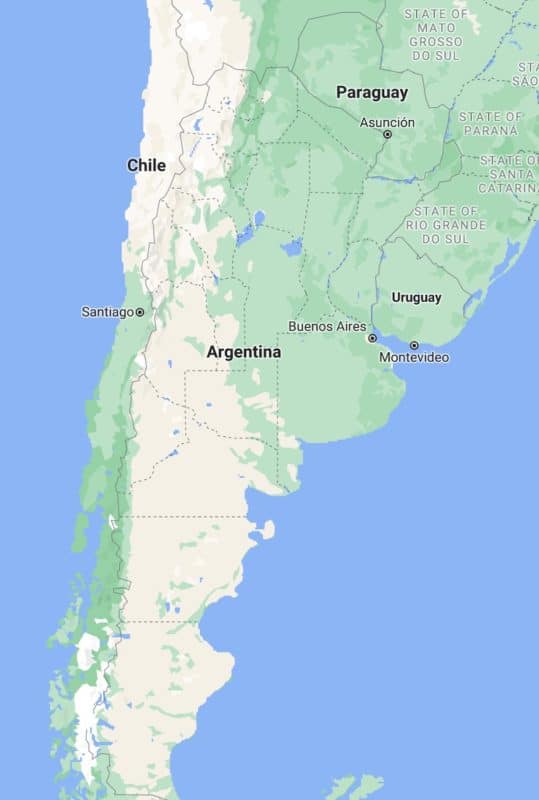
Click here for an interactive Google Map version of the above graphic.
Plan the ultimate trip to Chile with the help of these guides!
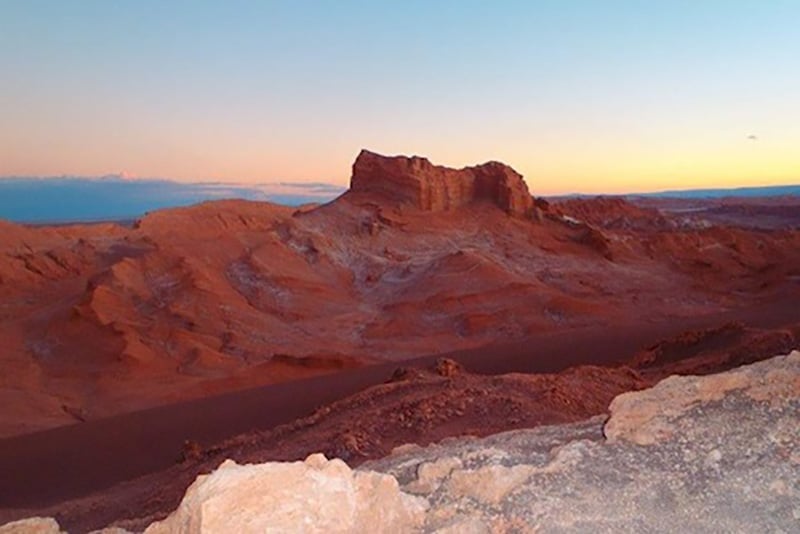
10 Unique Experiences To Have In Chile
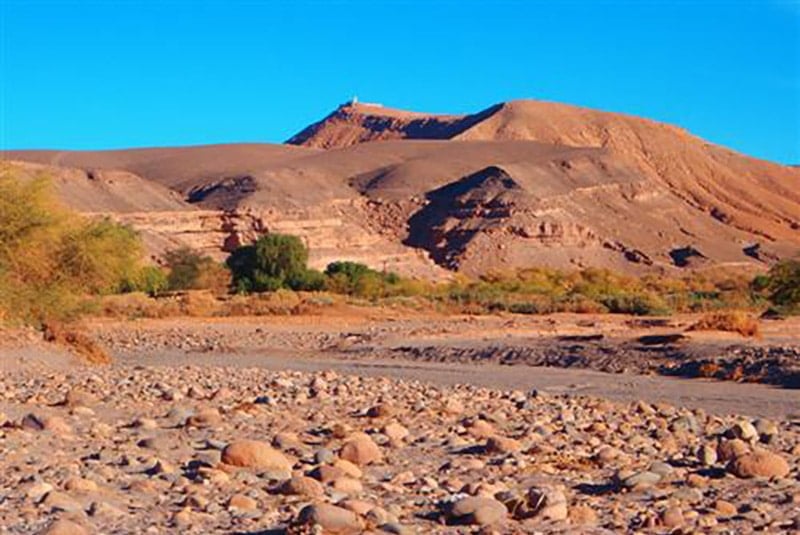
A Budget-Friendly Way To Experience San Pedro de Atacama, Chile
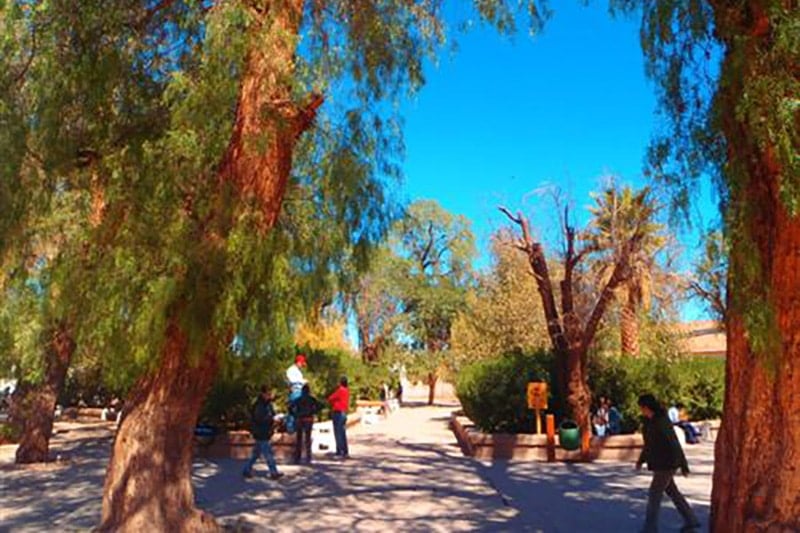
Hostel Review: Hostel Mamatierra, San Pedro, Chile
Traveling In South America
These guides share Chile travel advice as well as tips for exploring South America in general!
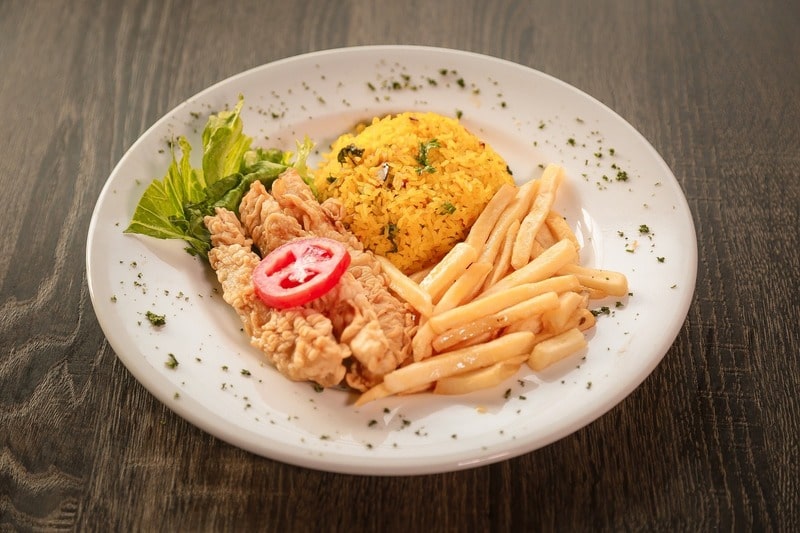
14 Essential Tips For Backpacking South America

My Most Ridiculous Bus Encounters Backpacking South America
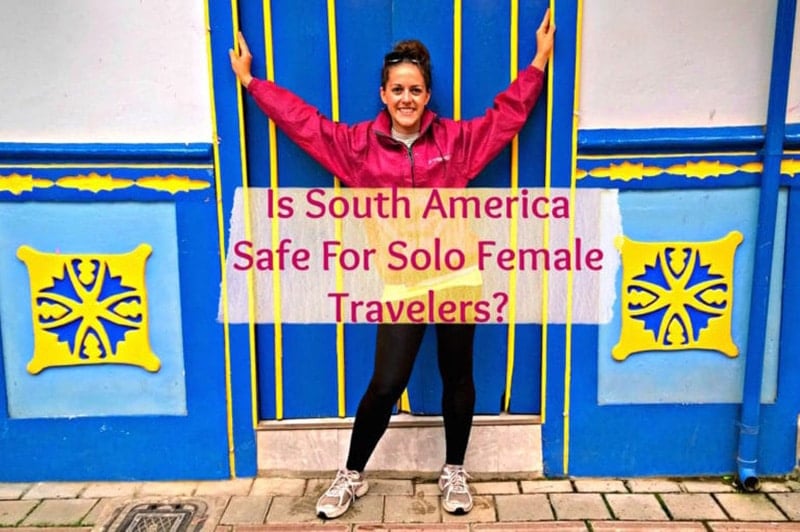
Is South America Safe For Solo Female Travelers?
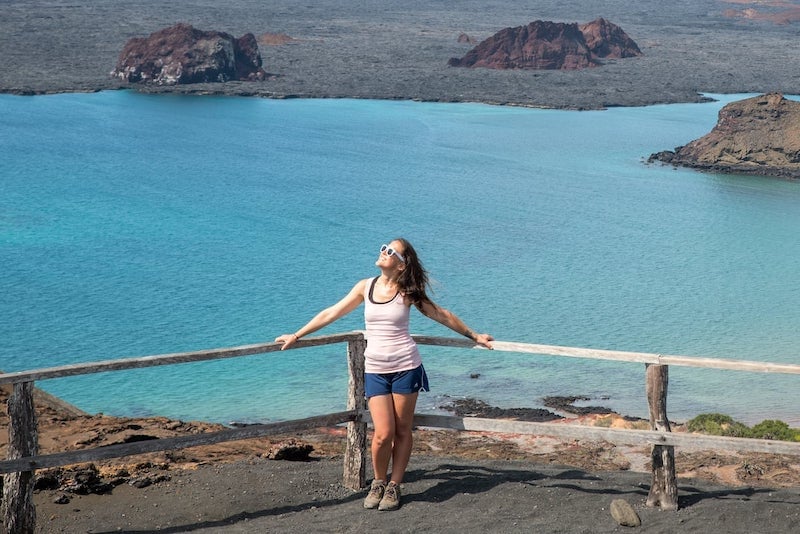
21 Best Places For Solo Travel In South America
Best Chile Tours
Explore local culture with a Chilean tour guide through these unique excursions:
- Valparaíso Region Tour – Viña del Mar from Santiago
- Half Day Sailing Magdlena Island Penguin Colony Punta Arenas October to March from Magallanes
- 5-Day Torres del Paine W Trek from Puerto Natales
- Private Easter Island Full-Day Tour
- Cajón del Maipo and Embalse el Yeso from Santiago
- Full-Day Wine Tour from Santiago with Sommelier Guide
- Inca Lagoon in Portillo Andes Mountains – Arqueologic Park & Wine Tasting from Santiago
- Kayaking in Huerquehue National Park (sunrise / sunset) from Pucon
- Astronomical Tour with Guide and Pick Up to San Pedro de Atacama
Chile Hotels
Click here to browse the best Chile travel hotels!
Prefer self-contained stays?
Click here to check out unique local rentals !
You can also use this map to search for local stays:
Renting A Car In Chile
Need a rental car for your Chile trip?
Use Discover Cars to quickly compare your car rental options.
Chile Travel Insurance
It doesn’t matter if you’re traveling solo or with a group on a Chile tour. When visiting Chile — or any other country in the world — make sure to get travel insurance to protect your health and safety.
In my opinion, the best travel medical insurance for travelers is SafetyWing as they’ve got a large network and offer both short-term and long-term coverage — including coverage if you’re traveling for months as well as limited coverage in your home country).
Additionally, SafetyWing is budget-friendly and offers $250,000 worth of coverage with just one low overall deductible of $250.
With coverage, you’ll have peace of mind as you embark on your Chile travel itinerary.
Click my referral link here to price out travel insurance for your trip in just a few clicks .
Chile Travel Guide FAQ
Below, find answers to frequently asked questions about traveling in Chile .
Q: What are the best places to visit in Chile?
One of the top places to visit in Chile is the country’s capital city of Santiago . This vibrant city in the Andes mountains has tons to offer travelers of all kinds, whether you’re looking for outdoor adventures, unique cultural experiences or some culinary exploration.
Santiago’s location in between the mountains and the Pacific coast make it the perfect home base for those looking to do some skiing in Valle Nevado, hiking in Cajon del Maipo, or sunbathing at the beaches Concon; each destination is a short drive or bus ride away from the city!
Art lovers will want to check out the Chilean Museum of Pre-Columbian Art, featuring a vast collection of Indigenous art from across Latin America, and the colorful neighborhood of Bellavista, once home to renowned poet Pablo Naruda.
You’ll also find tons of great wineries in the area serving up the bold red varietals for which the country is well-known.
Chilean Patagonia ‘s gorgeous landscapes also attract tons of travelers every year. This area in southern Chile offers tons of once-in-a-lifetime experiences, from hiking glacier-topped mountains to seeing penguins in their natural habitat.
Torres del Paine National Park and Tierra Del Fuego National Park are two of the area’s top attractions and for good reason.
At Torres de Paine , you’ll find breathtaking mountain views while hiking the “W Circuit,” a six-day trek that will test your mettle while taking you to some of the park’s most iconic sights. It’s known as one of the best hiking trails in the world !
And at Tierra Del Fuego National Park, you can hop on the “End of the World Train,” a former prison transport line that offers incredible views, no hiking experience needed.
In northeastern Chile, you’ll find San Pedro de Atacama , an arid desert town with much to explore.
In Mars Valley, or Death Valley, you’ll find incredible desert views and rocky hills that make for one-of-a-kind sunsets. The area is home to tons of hiking trails, but one of the coolest things to try is sandboarding.
The desert’s dry climate gives the sand a powdery feel, so you can fly down the hills just like you do on the ski slopes.
Looking for some R&R? The Atacama Desert is also home to some amazing thermal hot springs where you can rest your bones after your long travels.
The small town of San Pedro de Atacama is also worth checking out itself, with cool mud-brick buildings and lots of shops and cafes to explore.
Q: Is Chile expensive for tourists?
Chile is considered one of the most expensive destinations in South America for tourists. As Chile is one of the most developed countries in South America, things are generally more expensive and prices are comparable to those you’d find in European destinations.
That said, there are many deals to be found in Chile and it’s very possible to travel through the country on a budget.
The average traveler spends about $102 USD per day in Chile on food, transportation, accommodations, activities, and other travel expenses.
Q: What is the best way to travel around Chile?
The bus is generally considered the best way to get around Chile. The country’s long-distance bus routes are known for being comfortable, punctual, and affordable.
Chile’s bus companies also travel to an extensive list of destinations, so you’ll probably be able to get where you need to go — even if it’s a bit off the beaten path.
If you’re traveling overnight, spring for a salon cama or premium bus service with seats that fully recline or fold flat. Breakfast is usually included on these routes and you’ll arrive feeling refreshed after traveling in comfort.
If you’re heading to more remote locations or just want the freedom of traveling on your own schedule, renting a car in Chile may be the way to go.
Chileans are safe drivers and your main safety concerns on the road are stray animals and pedestrians who tend to use the road as a sidewalk.
Do note that Santiago does have vehicular restrictions based on smog levels in an effort to combat air pollution. If you’re visiting the city, you may want to stick to using public transportation to get around.
Q: Is Chile safe for travel?
Chile is one of the safer destinations in South America. Violent and petty crime levels are generally low, although pickpocketing, bag snatching and mugging, do happen in more urban areas.
Remember to stay aware of your surroundings at all times and keep any valuables close to you and out of sight to avoid pickpockets . It’s also best not to flaunt any obvious signs of wealth, particularly if you’re visiting more tourist-heavy areas.
The risk of natural disasters in Chile is a bit higher than in other destinations thanks to its active earthquake zone and volcanoes. Keep an eye on the news for any natural disaster warnings and evacuation notices and brush up on your earthquake safety protocols before your trip so that you’re extra prepared for anything.
Q: What do I need to know before going to Chile?
If you speak Spanish, you might notice that Chile’s version of the language is a bit different than what you’re used to. Every Spanish-speaking country has its own dialect and vocabulary, so some of the phrases and pronunciations you’ll hear may be new to you.
If you’re regularly conversing with locals, you’ll likely adjust to the dialect quickly and may even pick up a few new words.
For non-Spanish speakers, it’s definitely helpful to learn a few phrases in the language before your trip. Only around 10% of Chile’s population can converse in English, so you’ll probably need to know at least a little Spanish to communicate with locals. Plus, learning and using the local language shows respect for a destination’s culture.
As is the case in many Latin American destinations, meals start late in Chile. Most restaurants don’t open for lunch until 1 PM and you may find yourself sitting down for dinner long after sundown. Adjust your schedule accordingly; early risers may want to sleep in a bit to compensate for the late nights.
Looking to travel between Chile and Argentina? You’ll find that the Andes Mountains make this a bit difficult in certain spots. You’ll have to take a boat to travel into Argentina from certain spots in Patagonia like Villa O’Higgins and public transport options between the two countries are nonexistent here.
At the mountain crossings in the north, you’ll find that most buses and cars stick to those on the main highways. Paso de San Francisco is probably the most scenic route, but can take some time to travel. If you’re short on time, consider flying from one country to the other.
Q: How many days should you spend in Chile?
Most experts suggest spending 7 to 10 days in Chile to get a good idea of the country. This length of time will give you enough time to visit some of the country’s top natural wonders, cities, and wineries with ample travel time to get to each destination.
Q: What is the best month to visit Chile?
While the weather in Chile can vary greatly from place to place, October through March (Chile’s summertime) is generally considered the best time to visit. During this time, you’ll find warm and pleasant weather throughout much of the country.
This is also Chile’s peak season for tourism, so you may want to visit in those shoulder months (September through October and March through April) to avoid crowds at major attractions.
If you’re visiting in the peak of summer (December through February), you’ll definitely want to book your accommodations well in advance, as things book up quickly during this time.
Q: Do I need a Chile travel visa?
Visitors from the United States, Canada, the United Kingdom, and the European Union do not need a visa to visit Chile.
Visitors from South American states including Argentina, Bolivia, Brazil, Colombia, Ecuador, Paraguay, Peru, and Uruguay simply need to show their national ID upon arrival in Chile and do not need a passport to enter the country.
Visitors from Australia do need a visa to enter Chile and can apply for an e-visa online.
It’s recommended to view your country’s Chile International Travel Information page for the most up-to-date information on entry and exit rules and Chile Travel Requirements. You can also contact the Consulate General of Chile.
Q: Where is Chile?
Chile sits along the western seaboard of South America. It shares borders with Peru and Bolivia (north), Argentina (east), and the Pacific Ocean (west).
Q: Are credit cards accepted in Chile?
Credit cards — particularly Visa and Mastercard — are widely accepted around Chile, though it is always wise to carry some cash for smaller establishments and in case of emergency. Note that you’ll often likely spend less when paying cash as many Chilean businesses pass credit card fees onto the customer.
Q: Can you drink the tap water in Chile?
The tap water is safe to drink in most places in Chile outside of San Pedro de Atacama. That being said, it’s always a good idea to double check with your hotel to be safe. Moreover, Chile’s tap water has a high mineral content, so drinking it for long periods of time is not advised.
Q: What is the local currency in Chile?
The local currency in Chile is the Chilean peso.
What would you add to this Chile travel guide?

Enjoyed this ultimate Chile travel guide? Pin it for later!
Nomadic Matt's Travel Site
Travel Better, Cheaper, Longer
Chile Travel Guide
Last Updated: August 30, 2023
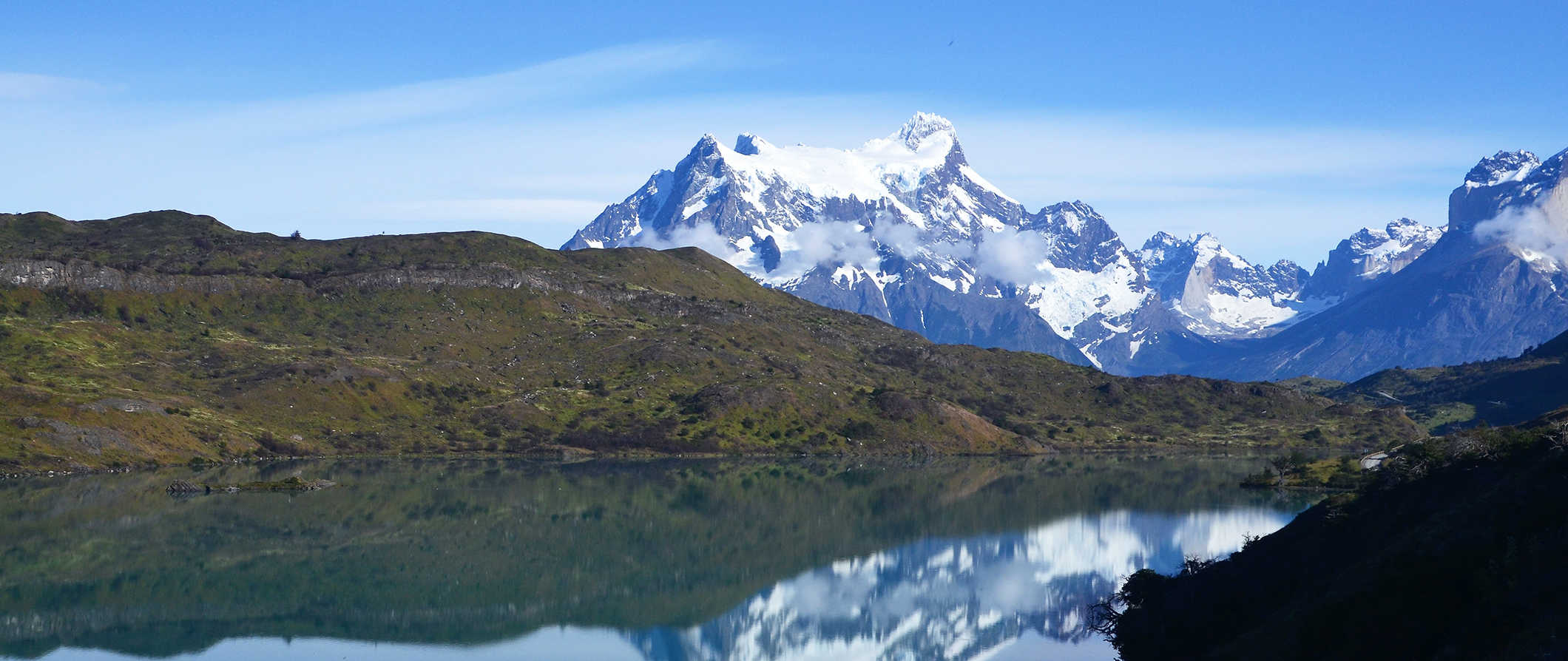
Chile is one of the most slender and longest countries in the world — it’s just 150 miles across at its widest point! From the snow-capped volcanoes of Patagonia and blistering heights of the Andes to world-class wineries and Maoi sculptures of Easter Island , there are a lot of wonderful things to see in Chile.
Traveling to Chile was one of the best experiences I’ve had in South America. It just constantly blew me away. It’s one of the most developed South American countries (the capital, Santiago, is a tech hub for the region), the people were awesome, the food was incredible, and the scenery made me feel in awe of nature.
Not only is there lots to do but the country is budget-friendly, which really rounds it out as a must-see destination.
Use this travel guide to Chile to plan your visit, save money, and make the most out of your trip!
Table of Contents
- Things to See and Do
- Typical Costs
- Suggested Budget
- Money-Saving Tips
- Where to Stay
- How to Get Around
- How to Stay Safe
- Best Places to Book Your Trip
- Related Blogs on Chile
Top 5 Things to See and Do in Chile
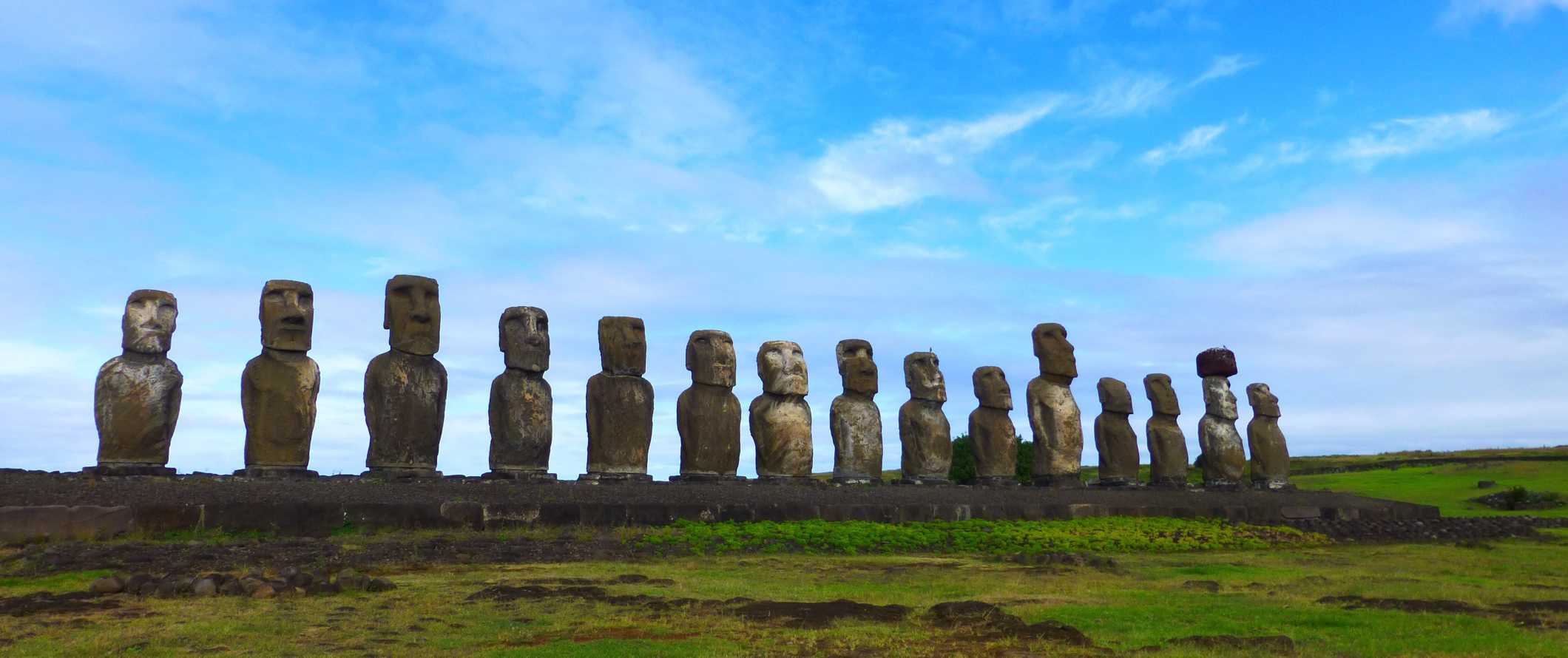
1. See Easter Island
Easter Island, located 3,540 kilometers (2,200 miles) off the coast of Chile, is the most isolated inhabited island on earth and home to the Rapa Nui Polynesian indigenous people that have lived there since 300 CE. Named after explorer Jacob Roggeveen’s ‘discovery’ of the island on Easter Sunday in 1722, this protected UNESCO World Heritage Site is famous for its Moai sculptures (the iconic big faces dotted all over the island). However, there is so much more to the island, including thousands of archaeological sites, volcanic craters and tunnels, pristine beaches, and excellent diving. To explore this magical place, hike around the dramatic cliffs and extinct volcanoes around the Moai archeological sites or around the spectacular Rano Kau crater and the Ana O Keke Cave. Or go sun yourself on Anakena’s beautiful white coral sand beach or Ovahe, a secluded pink sand beach hidden in a little cove with sparkling turquoise waters.
2. Discover Torres del Paine National Park
Torres del Paine lies between the Andes and Patagonian steppe and is made up of snow-clad mountains, glacier lakes, and some of the best hiking in Chile. It also happens to be one of the most beautiful and desolate regions on the planet. There is no end to the scenic views here, including the three rugged, towering peaks of Central, Monzino, and Dagostini as well as the Southern Ice Fields. Be sure to wander around the enchanting Sarmiento Lake and see the Amarga Lagoon and the giant Salto Grande Waterfall. Admission is 29,250 CLP for up to three days for foreigners.
3. Explore Santiago
Chile’s capital is a thriving city and home to a third of the country’s entire population. Founded in 1541, this vibrant capital offers gorgeous panoramas, great restaurants, tasty locally-produced wine, and of course, Barrio Bellavista’s nightlife. There are quite a few must-see attractions in the city: Parque Metropolitano (a large urban park) as well as Cerro San Cristóbal, where you can hike around taking in beautiful views of the city, shouldn’t be missed. The Museum of Human Rights is also a must-visit site, as it chronicles the dark years of Pinochet when thousands of people ‘disappeared’ at the hands of his violent regime.
4. Marvel at San Pedro de Atacama
Located in Chile’s Norte Chico northern region, San Pedro de Atacama is one of Chile’s hottest tourist towns. Literally. Sitting at 2,400 meters (7,874 feet), the ancient town is in the driest desert in the world (it reportedly hasn’t seen rain since 1870). But the rock formations here are stunning, and it’s the perfect place to stargaze. This little town with adobe houses and dirt streets only has 5,000 inhabitants but plenty of tourists visit up to explore the stunning valley landscapes, the Atacama Salt Flats, and the Chaxa and Miniques Lagoons. Don’t miss the famous beautiful jagged geological formations of Valle de la Luna and Valle de la Muerte valleys that can be reached by bicycle from town.
5. Visit colorful Valparaiso
Nicknamed the “Jewel of South America,” this colorful city near Santiago is a mesh of bohemian bars and Victorian architecture along a coastline of sheer cliffs. The laid-back atmosphere and beauty of the area have inspired generations of writers and poets, including poet Pablo Neruda. Be sure to bring your camera because the whole city is painted in vibrant Insta-worthy colors. Take the Ascensor Reina Victoria funicular up to the Concepcion neighborhood and have a cocktail on the hilltop overlooking the city as you try some of the delicious local seafood dishes. Also, be sure to check out two of Chile’s top beaches nearby, the upscale Viña del Mar and the super cool Reñaca.
Other Things to See and Do in Chile
1. see the san marcos cathedral.
The same architect who was responsible for the Eiffel Tower, Alexandre Gustav Eiffel, designed San Marcos Cathedral. The cathedral is in Arica, Chile’s northernmost city, and was built to replace the original cathedral destroyed by an earthquake in 1868. The new cathedral was commissioned in 1876 and is a rare example of Gothic architecture in South America.
2. Get tipsy on a wine tour
Chile’s vineyards have been producing world-class wine for over 400 years. There are plenty of tours available around the country as vineyards stretch the entire length of Chile. I think the best wineries are located near Santiago. Expect to pay around 15,000-20,000 CLP for a basic tour, though fancier tours at more prestigious vineyards can easily be over 55,000-100,000 CLP per person. Most tours last 4-8 hours.
3. Hike a volcano
Chile is home to the world’s tallest active volcano, Ojos del Salado, which lies in the Andes near the Argentine border. Villarica and Osorno are also popular volcanoes (and both lie close to lakes). Most volcanoes in the country have thermal spas at their base too. Experienced hikers can do the trip on their own, though there are plenty of guided tours available for travelers looking for a group tour. Most multi-day tours span 10-14 days and cost millions of pesos. For day trips like the Cajon de Maipo, Osorno Volcano, Termas Colina, and Petrohue Falls, expect to pay 32,000-56,000 CLP per person.
4. Valle de la Muerte
Also known as “Death Valley,” this is an astounding place to hike, go horseback riding, or even go sandboarding. Located in the northeast of the country near San Pedro de Atacama, there are also guided moonlight walks that take you out over the rocky martian landscape. You can rent a sandboard for around 8,300 CLP or go on a sandboard tour for 23,000 CLP per person which includes transportation. There are even tours that sandboard at midnight, using spotlights to light the way (they have a DJ too!). If you’re looking to hike, check out the Corniza Trail. It’s a 7-hour loop that’s relatively easy (many families do it).
5. Santuario de la Naturaleza Valle de la Luna
Also located near San Pedro de Atacama, the “Valley of the Moon” is an otherworldly landscape that is home to stones and sand formations that have developed an extraordinary texture due to thousands of years of winds and flooding. The rock formations look like the surface of the moon, hence the park’s name. It’s a great place to go hiking — just don’t forget to bring water as it can get quite warm. Tours are available for around 26,000 CLP per person.
6. See the El Tatio geysers
A popular tourist attraction, these geysers are incredibly beautiful and well worth a visit as they make up the largest geyser field in the Southern Hemisphere (and they are the third largest in the world). You have to get up around 4am as all the tour companies aim to get you there by sunrise and it’s a 90-minute drive from San Pedro de Atacama. But it’s worth the effort! Bring a swimsuit as there are thermal pools nearby. Tours cost around 33,000-38,000 CLP. You can visit without a tour (admission is 15,000 CLP) but you’ll need to rent your own vehicle to get there.
7. Museo de Bellas Artes
This museum is one of the best in the country. Located in Santiago, it’s home to a wide display of fine art, sculptures, photography, paintings, and digital media. Built in 1910, the building is somewhat small but the architecture is equally as impressive as the collection within (it was built in the Beaux-arts style and has a very Parisian feel to it). Admission is free.
8. Mingle among the wealthy in Viña del Mar
Considered a Chilean Miami, this city next to Valparaiso serves as a hotspot for casinos, upscale cafes, and seaside restaurants. Even if you don’t have money to burn, it’s an interesting place to spend an afternoon people-watching as you wander the beach promenade. You’ll find lots of world-class restaurants here. If you’ve got some money to burn, stay a night!
9. Tour Pablo Neruda’s homes
One of the world’s most famous poets used to call Chile home. With homes in Valparaiso, Santiago, and Isla Negra, this Chilean icon stuffed a lifetime of knick-knacks, literature, and interesting maritime architectural pieces into his three abodes. All of them are open to the public. Even if you’re not a huge fan of his work, his homes alone are an interesting glimpse into Chilean culture as Neruda is a cultural icon and one of the most famous poets of the 20th century. Admission to each home costs around 7,000 CLP and includes an audio-guide system in multiple languages.
10. Get off the beaten path
Some lesser-known treasures worth visiting in Chile are Frutillar (a beautiful lakeside community in southern Chile’s Los Lagos Region), Lonquimay (another gorgeous lakeside town in the Malleco Province of southern Chile’s Araucanía Region), Caleta Tortel (a rugged seaside town with wooden walkways instead of streets in the heart of Patagonia) and Coyhaique (a less pricey Northern Patagonia city that’s a hub for great nature adventures). If you’re looking to beat the crowds, be sure to visit some of these lesser-known destinations.
11. Swim in the world’s largest pool
If you’re looking for some luxury, head to the Crystal Lagoon, home to the world’s largest swimming pool. It’s located at the San Alfonso del Mar resort in Algarrobo, just west of Santiago. The pool is the size of twenty Olympic swimming pools and is the biggest recreational swimming pool in the world, requiring 66 million gallons of water just to fill it! A 1-2 bedroom apartment rental here costs 70,000-120,000 CLP per night.
Chile Travel Costs
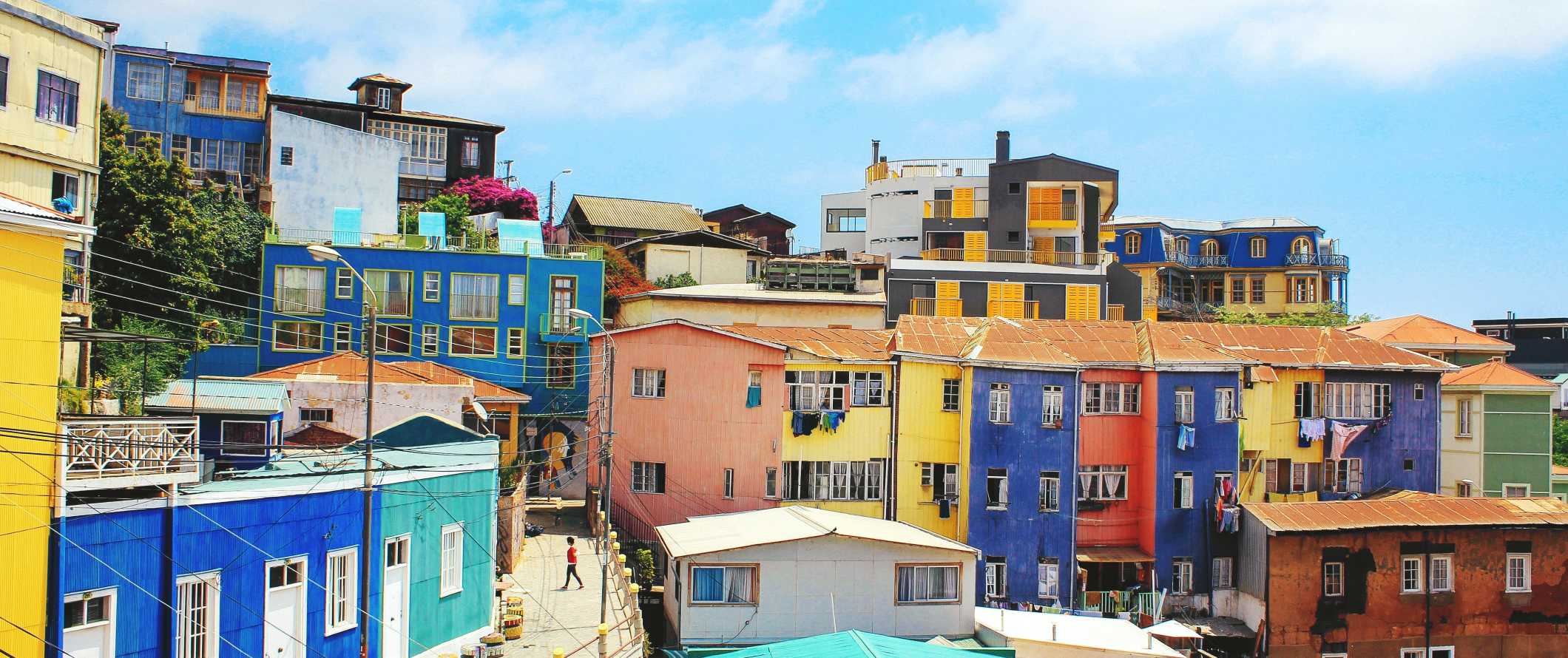
Accommodation – Hostel dorms start around 9,800 CLP per night and private rooms come in at around 22,000-30,000 CLP. Free breakfast and free Wi-Fi are common, and many hostels have self-catering facilities if you want to cook your own food.
Budget hotels are inexpensive in Chile with prices starting at 25,000-35,000 CLP per night for a basic double or twin bed (though expect to pay closer to 55,000 CLP for a nicer budget hotel). Many budget hotels include free breakfast and free Wi-Fi (though not all, so be sure to double-check).
Airbnb is available in the larger cities, with prices as low as 16,000 CLP per night for shared accommodation. If you want a private home or apartment, expect to pay at least 45- 60,000 CLP.
For those traveling with a tent, camping is possible. There are a handful of campgrounds scattered around the country where you can pitch a tent for as little as 5,300-6,000 CLP per night but some with lots of amenities and proximity to the beach are as much as 35,000 CLP.
Food – With an extensive coastline, Chilean cuisine relies heavily on seafood. Cod, salmon, shrimp, lobster, prawn — there are tons of options available. BBQ meat (including alpaca) is particularly popular in the north. Other popular Chilean dishes include churrasco (steak sandwich), machas a la parmesana (clams baked with white wine, parmesan cheese, and butter), and chupe (a hearty seafood stew), and empanadas.
Overall, food in the country isn’t too expensive, though prices get a lot higher the further south you go due to higher transportation costs. Most places in the country offer a set menu for lunch with a starter, main, and drink for about 7,000 CLP. A steak dinner with wine and an appetizer costs around 35,000 CLP while a fast food combo meal (think McDonald’s) costs around 6,000 CLP.
A latte or cappuccino costs 2,300 CLP while a domestic beer can be as cheap as 3,000 CLP. Bottled water is 850 CLP.
Grocery shopping can save you a lot of money if you have access to a kitchen. Expect a week’s worth of groceries to cost around 25,000 CLP depending on your diet. This gets you basic staples like pasta, rice, quinoa, vegetables, and some meat.
As everything must be shipped south, food prices in Patagonia are about 30% higher than elsewhere in the country.
Backpacking Chile Suggested Budgets
How much does it cost to visit Chile? That depends on a few different factors, specifically, what you plan on doing while you’re here as well as your travel style.
On a backpacking budget of 36,000 CLP per day, you can stay in a hostel dorm, cook your own meals, use public transportation to get around, and visit a few museums. If you plan on drinking, you’ll need to add 5,000-8,000 CLP per day.
On a mid-range budget of 105,000 CLP per day, you can stay in a private Airbnb, take buses between destinations, eat out at street stalls and cheap restaurants serving local cuisine, take the occasional taxi, drink at the bar, and do some paid excursions like guided hikes and wine tours.
On a “luxury” budget of 205,000 CLP per day, you can stay in a hotel, hire a rental car to get around, do some guided tours, drink as much as you want, and eat out at nice restaurants for every meal. This is just the ground floor for luxury though. The sky is the limit!
You can use the chart below to get some idea of how much you need to budget daily. Keep in mind these are daily averages – some days you’ll spend more, some days you’ll spend less (you might spend less every day). We just want to give you a general idea of how to make your budget. Prices are in CLP.
Chile Travel Guide: Money-Saving Tips
Chile can be an expensive place to visit, especially if you’re doing a lot of tours and activities. The size of the country also means you can end up spending a lot on transportation. Here are some tips to help you save during your visit:
- Buy wine at the supermarkets – Surprisingly, buying wine from vineyards can be more expensive than in the supermarkets. Buy from the supermarkets if you’re on a tight budget.
- Take the bus – Bus service is inexpensive and efficient here. Night buses are comfortable and a good way to save on a night’s accommodation (they often have lie flat beds).
- Buy food from La Vega Market – La Vega Market in Santiago sells everything you could possibly need and all sorts of local ingredients from Chile and Peru. Shop here for your veggies, fruits, and to get an authentic experience.
- Eat at the local fish markets – In the coastal cities, the local fish markets are usually the best place for a seafood meal. Though the restaurants look cheap and thrown together, they’re delicious!
- Shop around – Haggling is not common and vendors stick to their guns even when called out for price discrimination. So, if you’re quoted an inflated price for being a tourist it’s best to just move around and find alternatives where the prices are already set and visible. Otherwise, you’ll just be wasting your time and energy.
- Ride in a micro or colectivo – Regular buses are for intercity transportation. “Micros” are intracity, and “colectivos” are taxis that drive a specific route once they get four people in the car, and charge a very low rate. If you want to go somewhere, chances are there’s a micro or colectivo that can get you close — just ask a local and they’ll know where to point you.
- Stay with a local – Chile doesn’t have a huge Couchsurfing community, but you can still give it a shot and try to find a host (and get a local friend and a free place to stay). Just be sure to send your requests early!
- Take a free walking tour – There are some great options available when it comes to free walking tours in Santiago, such as Tours 4 Tips or Free Tour Santiago . If you want to explore the city while learning about its history, architecture, and people then be sure to take a free tour. Just remember to tip at the end!
- Stay at a Hola Hostel – Hola Hostels is a network of hostels predominantly in South and Central America. They offer 10% off to their members, as well as other local discounts for food and activities. Joining is free, and their hostels are also committed to environmentally sustainable practices.
- Travel in the shoulder season – Prices in the country are cheaper outside of the high season (which is November-March). This includes admission to parks like Torres del Paine, which charge double during the busy summer months. Beat the crowds and save some money by skipping the high season.
- Bring a water bottle – LifeStraw is a reusable water bottle with a built-in filter that you can use instead of buying single-use plastic bottles. It removes bacteria, parasites, micro plastics, and other contaminants so it’s perfect for cities as well as if you’re out hiking in nature.
Where to Stay in Chile
Hostels can be found in all the major destinations across Chile. Here are my recommended places to stay if you’re on a budget:
- Hostal Forestal (Santiago)
- Poker Hostel (Santiago)
- Hostal Po (Valparaiso)
- Hostal Rural (San Pedro de Atacama)
- Kona Tau (Easter Island)
- Chili Kiwi Lakefront (Pucon)
How to Get Around Chile
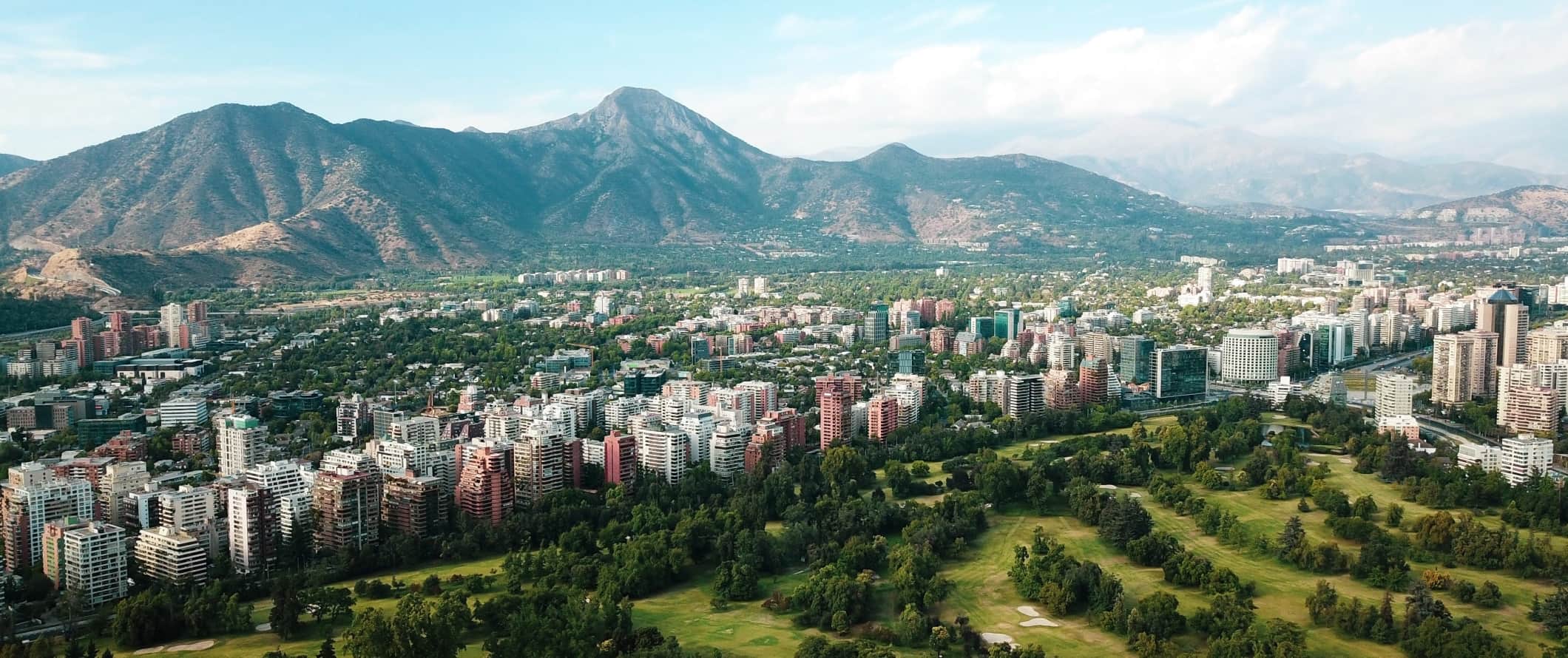
Public transportation – Public transportation, especially in Santiago, is reliable and affordable. In Santiago, you need to purchase a refillable bus pass (BIP Card) for your journeys as individual tickets are no longer available. The card costs around 1,550 CLP with the average ride costing around 700 CLP (prices vary depending on the time of day). BIP cards need a minimum initial credit of 1,000 CLP. You have to pay for your card and top-ups in cash; non-Chilean credit cards are not accepted.
Bus – For intercity travel, buses are the cheapest way to get around — and they are nice too! Reclining seats are common and many even recline almost all the way down. Additionally, some night buses even have a curtain between the seats so you can have a little privacy from your neighbor. The best companies to use are Turbus and Pullman.
Expect to pay at least 38,000 CLP per person from Santiago to Antofagasta. From Santiago to Valparaiso, bus tickets cost around 6,000–10,000 CLP each way. For something like the cross-country journey from Santiago to Punta Arenas, expect to pay at least 60,000 CLP for the 40-hour bus ride (this is an incredibly long distance so you have to change at Osorno or choose flying).
Train – Traveling by train in Chile is virtually non-existent. Much of the tracks have been left to decay beyond repair outside the central region of the country. Trains link Santiago with Curico, Talca, Linares, and Chillan with air-conditioned cars but that’s the extent of Chile’s train infrastructure. You can visit trencentral.cl for the available routes and prices.
Flying – Flying around the country is surprisingly affordable. Expect to pay around 28,000-35,000 CLP for the two-hour flight from Santiago to Antofagasta. Prices are similar for trips from Santiago to:
- La Serena (one hour)
- Calama (two hours)
- Arica (two hours forty-five minutes)
- Concepcion (one hour)
- Puerto Montt (one hour forty minutes)
For a flight between Santiago and Puerto Natales, expect to pay around 40,000-55,000 CLP. Round-trip flights from Santiago to the remote Easter Island cost around 240,000-300,000 CLP.
Car rental – Driving in Chile is much easier (and safer) than driving in other South American countries. Many of the highways are well-maintained thanks to their liberal use of toll roads. While driving in Santiago can be a little chaotic, once you get out of the city things generally become much easier. Expect to pay around 178,000 CLP for a one-week rental. Drivers need to be at least 21 years old.
For the best car rental prices, use Discover Cars .
When to Go to Chile
Since Chile is in the southern hemisphere, the summer months are December, January, and February. With landscapes ranging from desert to tundra, the weather and temperatures can vary tremendously here. Expect daily highs around 28-30°C (82-86°F) in Santiago, while the highs in Torres del Paine are closer to 13°C (55°F).
Winter is not a particularly great time to visit as the temperatures can drop below freezing, with snowfall common in certain regions. Daily lows reach -15 °C (5 F), making it rather unpleasant to be out and about during the day. Unsurprisingly, you can see why most travelers visit during the summer.
Fortunately, the shoulder season is also a fantastic time to visit Chile as you’ll be able to beat the crowds and save yourself some money. It’s an especially good time to visit if you plan on visiting Torres del Paine as there will be fewer hikers here and the park admission will be much cheaper. November and March are usually included in the high season, so aim for late October or early April. The weather won’t be perfect, but it’s a good compromise for travelers looking to dodge the crowds.
How to Stay Safe in Chile
Chile is considered a safe destination and generally ranks as one of the safest on the continent. That said, crimes still do occur so you’ll want to take some precautions during your trip. The most common crimes in Chile are petty theft and bag snatching. Since these are crimes of opportunity, you’ll always want to make sure your possessions are secure. Be extra vigilant when riding the bus and when you’re in areas popular with tourists.
When taking the bus (especially the night bus) make sure you don’t have any valuables in your checked bag. Additionally, keep any valuables secure and out of reach from any would-be pickpockets.
If you’re enjoying the nightlife of Santiago, keep an eye on your drink as drink-spiking can occur.
Be sure to read about the common travel scams to avoid here .
Earthquakes are also common enough in Chile that you’ll want to make sure you are prepared should one occur. Know where your emergency exits are in your accommodation as well as any local evacuation locations for major emergencies. If you have a map downloaded on your phone, save the location of the nearest hospital and airport as well, just in case.
If you need emergency services, dial 113 for assistance.
The most important piece of advice I can offer is to purchase good travel insurance. Travel insurance will protect you against illness, injury, theft, and cancellations. It’s comprehensive protection in case anything goes wrong. I never go on a trip without it as I’ve had to use it many times in the past. You can use the widget below to find the policy right for you:
Chile Travel Guide: The Best Booking Resources
These are my favorite companies to use when I travel. They consistently have the best deals, offer world-class customer service and great value, and overall, are better than their competitors. They are the companies I use the most and are always the starting point in my search for travel deals.
- Skyscanner – Skyscanner is my favorite flight search engine. They search small websites and budget airlines that larger search sites tend to miss. They are hands down the number one place to start.
- Hostelworld – This is the best hostel accommodation site out there with the largest inventory, best search interface, and widest availability.
- Booking.com – The best all around booking site that constantly provides the cheapest and lowest rates. They have the widest selection of budget accommodation. In all my tests, they’ve always had the cheapest rates out of all the booking websites.
- Get Your Guide – Get Your Guide is a huge online marketplace for tours and excursions. They have tons of tour options available in cities all around the world, including everything from cooking classes, walking tours, street art lessons, and more!
- SafetyWing – Safety Wing offers convenient and affordable plans tailored to digital nomads and long-term travelers. They have cheap monthly plans, great customer service, and an easy-to-use claims process that makes it perfect for those on the road.
- LifeStraw – My go-to company for reusable water bottles with built-in filters so you can ensure your drinking water is always clean and safe.
- Unbound Merino – They make lightweight, durable, easy-to-clean travel clothing.
- Top Travel Credit Cards – Points are the best way to cut down travel expenses. Here’s my favorite point earning credit cards so you can get free travel!
Chile Gear and Packing Guide
If you’re heading on the road and need some gear suggestions, here are my tips for the best travel backpack and for what to pack!
The Best Backpack for Travelers
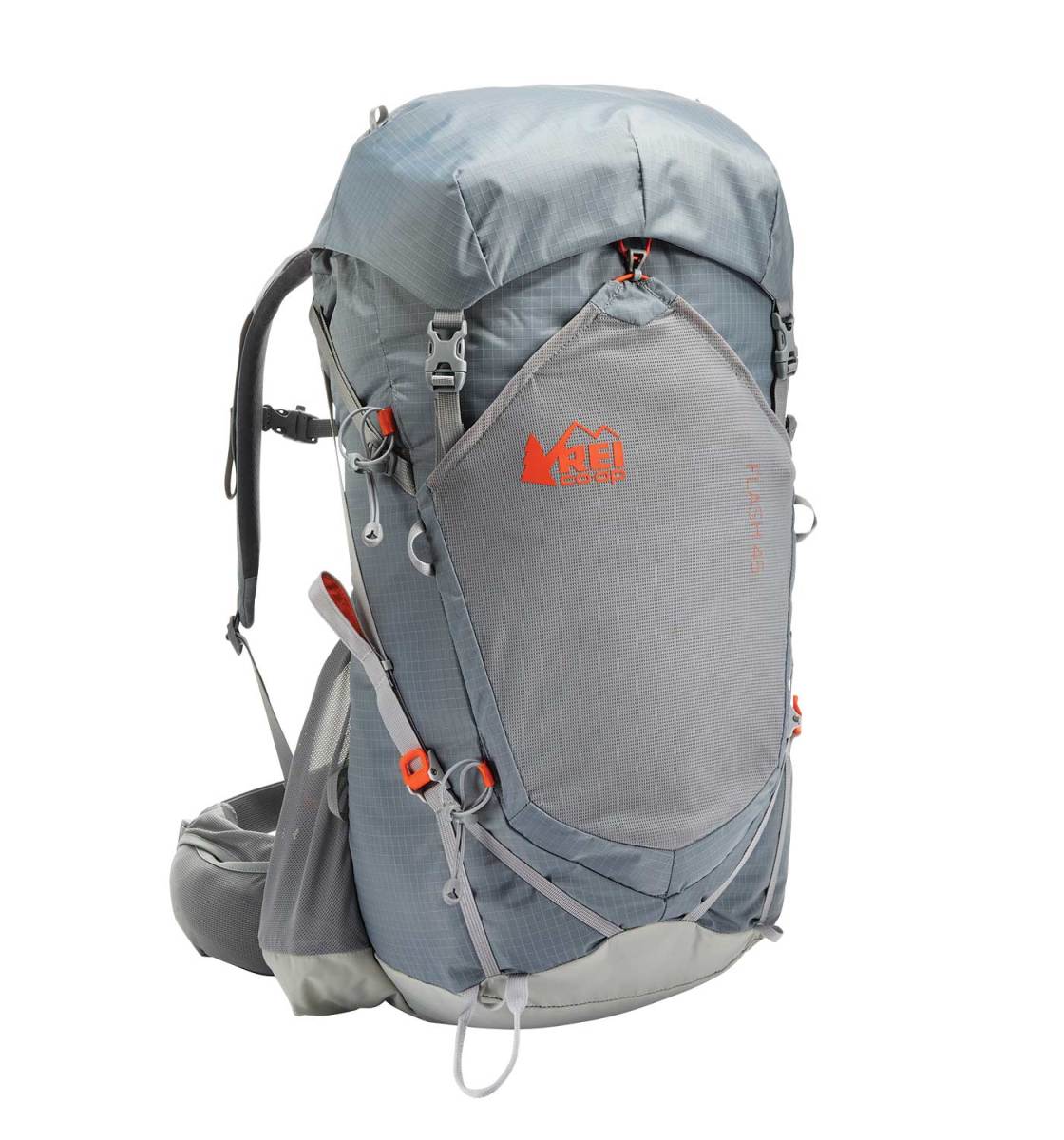
If you want something different, refer to my article on how to choose the best travel backpack for tips on picking a pack and other backpack suggestions.
What to Pack for Your Trip
- 1 pair of jeans (heavy and not easily dried, but I like them; a good alternative is khaki pants)
- 1 pair of shorts
- 1 bathing suit
- 5 T-shirts ( Unbound Merino is my preferred company. If you’re a member of TNN+, you can get 15% off your purchase )
- 1 long-sleeved T-shirt
- 1 pair of flip-flops
- 1 pair of sneakers
- 6 pairs of socks (I always end up losing half)
- 5 pairs of boxer shorts (I’m not a briefs guy!)
- 1 toothbrush
- 1 tube of toothpaste
- 1 package of dental floss
- 1 small bottle of shampoo
- 1 small bottle of shower gel
Small Medical Kit (safety is important!!!)
- Hydrocortisone cream
- Antibacterial cream
- Hand sanitizer (germs = sick = bad holiday)
Miscellaneous
- A key or combination lock (safety first)
- Zip-lock bags (keeps things from leaking or exploding)
- Plastic bags (great for laundry)
- Universal charger/adaptor (this applies to everyone)
- LifeStraw (A water bottle with a purifier)
Female Travel Packing List I’m not a woman, so I don’t know what a woman wears, but Kristin Addis, our solo female travel guru, wrote this list as an addition to the basics above:
- 1 pair of stretchy jeans (they wash and dry easily)
- 1 pair of leggings (if it’s cold, they can go under your jeans, otherwise with a dress or shirt)
- 2-3 long-sleeve tops
- 2-3 T-shirts
- 3-4 spaghetti tops
- 1 light cardigan
- 1 dry shampoo spray & talc powder (keeps long hair grease-free in between washes)
- 1 hairbrush
- Makeup you use
- Hair bands & hair clips
- Feminine hygiene products (you can opt to buy there too, but I prefer not to count on it, and most people have their preferred products)
For more on packing, check out these posts:
- What I Pack For My Travels
- The Ultimate List For Female Travelers
- How to Choose and Buy the Right Backpack
Chile Travel Guide: Related Articles
Want more info? Check out all the articles I’ve written on Chile travel and continue planning your trip:
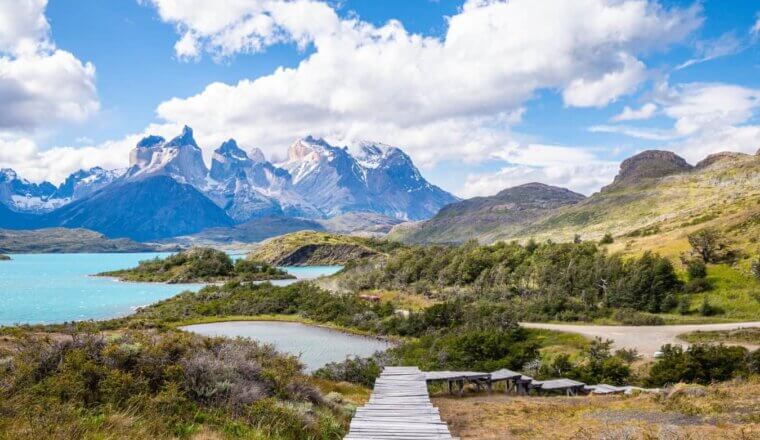
Is Chile Safe to Visit?
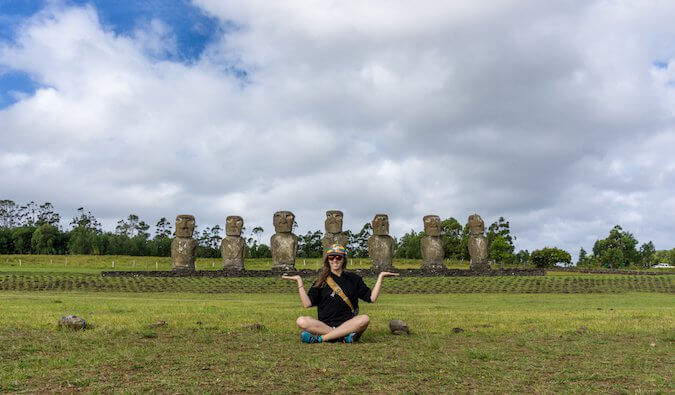
How to Travel Easter Island on a Tight Budget
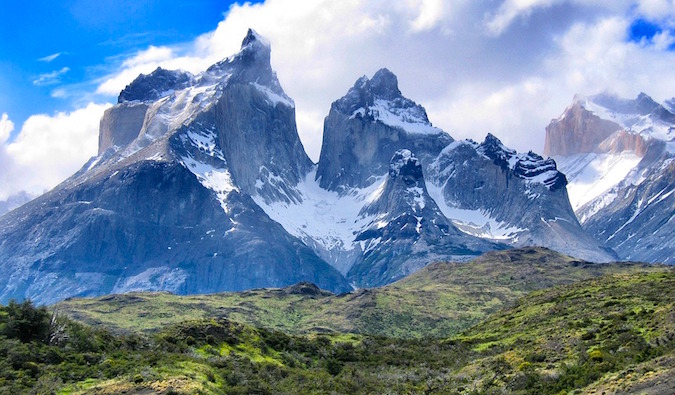
18 of the Best Spots in Patagonia
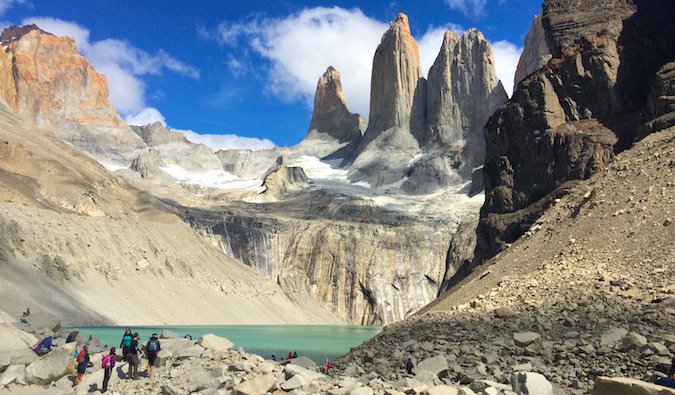
Patagonia: Thoughts on Getting Offline and Trying to Camp
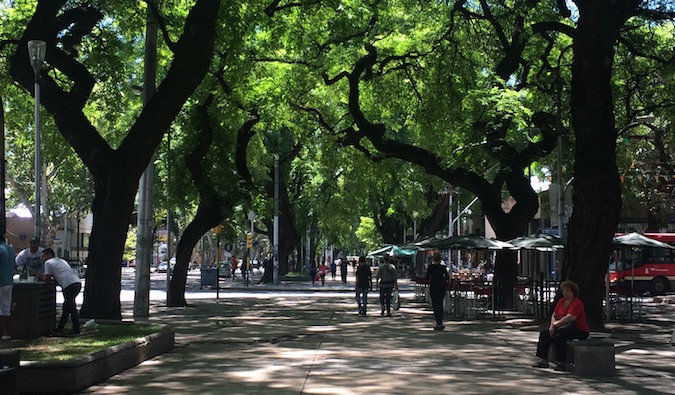
12 Ways to Save Money in Argentina
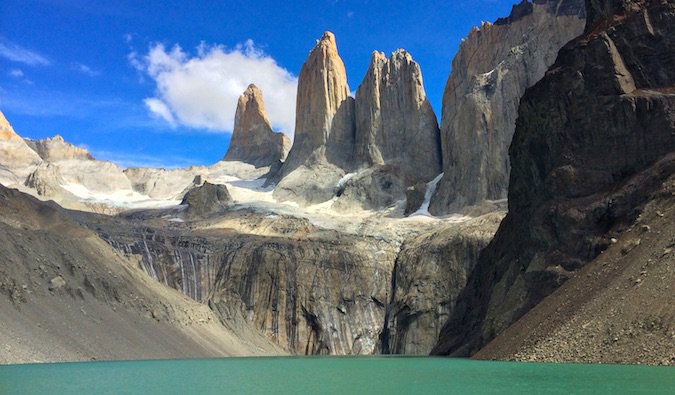
16 Amazing Photos from My Visit to Torres Del Paine
Get my best stuff sent straight to you, pin it on pinterest.
- Where To Stay
- Transportation
- Booking Resources
- Related Blogs
- Travel Hacks
- Photography
- Destinations
The Best Places to Visit in Chile – a Full Chile Itinerary
- December 8, 2021 May 12, 2022

Welcome to the longest country in the world. Blocked in the east by the towering Andes and in the west by the Pacific Ocean, Chile has incredibly diverse landscapes and lots of historic cities. On this basis, here are the best places to visit in Chile.
Table of Contents
Welcome to Chile: the Longest Country in the World
For at least 5,000 years, indigenous tribes inhabited the area of modern-day Chile. The Mapuche were the largest tribe, and they survived for millennia with fishing, hunting, gathering, and farming.
Today, the country stretches from Arica on the Peruvian border to the southernmost tip of Patagonia, forming a landmass of over 4,200km (~2,610 miles). As such, Chile is officially the longest country in the world.
The Spanish Conquest began in 1537 when Diego de Almagro set foot into modern-day Chile. The Europeans established several colonies until the Chilean War of Independence (1810-1818).
After Chile’s independence, the country steadily developed thanks to agriculture, mining, and European immigration. In the 20th century, Chile became the world’s largest copper producer, a rank it still holds today.
Between 1973 and 1990, Chile suffered under the brutal dictatorship of Augusto Pinochet, and many wounds of this period remain unhealed.
After 1990, Chile witnessed an economic boom, and in the 21st century, it’s the wealthiest country in South America in terms of GDP per capita.
When it comes to your Chile itinerary, natural beauty is abundant, and you’ll find many different climates. Thanks to its length, Chile offers every type of landscape, hence why it’s one of my favorite countries in the world.
Based on multiple trips, here are my top places to visit in Chile – ordered from north to south.
The Best Places to Visit in Chile
Chile might seem small on a map due to its narrow shape, but it’s actually a massive country. One trip won’t suffice to see much of Chile, but a two to three week-itinerary will give you a taste of this fascinating country.
The following are the 20 best places to visit in Chile – enumerated from north to south.
Arica is Chile’s northernmost city and used to be part of Peru. The Chileans won the city in the War of the Pacific (1879-1884), and i ts status remained disputed until 1929.
The town is known as Chile’s “city of eternal spring” thanks to its pleasant climate all year long. Better still, Arica has a picturesque core with a colonial cathedral and a customs building designed by Gustave Eifel.
The 150k-inhabitants city sits in the driest region in the world, the Atacama Desert. As such, it almost never rains . Arica also has a few beaches, and it’s an excellent base for day trips to the nearby Lauca National Park and Inca settlements.
Atacama Beaches – Iquique
Iquique is one of the primary ports in northern Chile. It’s also close to many beaches and other natural sights.
The dunes overlooking the city provide excellent sandboarding opportunities, and the area is also a popular spot for paragliding and skydiving.
Many Chileans from the south and the center spend their winters in this area, enjoying the warm year-round climate.
Atacama Desert – San Pedro de Atacama, The Valley of the Moon & Calama
San Pedro de Atacama sits on an oasis inside the arid Puna de Atacama highlands.
You’ll find one of Chile’s best archaeological museums here, the R. P. Gustavo Le Paige Museum. The institution hosts an extensive collection of artifacts from the region.
If you are interested in native culture, this is the place to go. San Pedro de Atacama is also an excellent base to explore the various ruins and desert landscapes nearby.
In addition to that, San Pedro is the best place to start a day trip to the Valley of the Moon, one of the Atacama Desert’s most unique natural sights.
Located around eight km from San Pedro, the Valle de la Luna has otherworldly sand and stone formations.
Finally, for people who don’t like rain, Calama is the place to go. With an average yearly precipitation of just 5 mm (0.2in), the 140k-inhabitants-city is one of the driest inhabited places on the planet.
The surroundings of Calama are jaw-dropping, with breathtaking desert landscapes – and little to no life at all.
Laguna Miscanti
On the border with Bolivia lies the staggering Laguna Miscanti. The unique feat of nature features a rare lake between the monotonous yet mesmerizing desert landscapes.
Aside from the lagoon itself, the flamingos and guanaco llamas populating the area offer a stunning natural spectacle.
Pro-tip for the Atacama Desert: You can combine all the activities mentioned in 3 & 4 by staying in San Pedro de Atacama and going on day trips.
La Serena is a 200k-inhabitants coastal city with a charming colonial core.
The protected buildings offer a pleasant contrast to the modern high-rises that characterize most larger Chilean cities.
Located in Chile’s northernmost wine region, the town also has a municipal beach.
Finally, La Serena is a highly authentic spot. As such, you won’t see many foreigners as tourism caters more to local holidaymakers.
One of the Largest Swimming Pools in the World – San Alfonso del Mar
The resort of San Alfonso del Mar boasts the formerly largest swimming pool in the world.
The pool has an area of 190 acres and is filled with over 250 million liters of water. If you’re into Guinness World Record locations, this is undoubtedly one of the best places to visit in Chile.
Situated 100km west of Santiago, San Alfonso del Mar is the ideal destination in summer and a perfect retreat for a romantic weekend on the Pacific Coast, with a completely outrageous pool.
Ski Resorts
Chile has several modern ski resorts in the Andes. Be aware that most of them cater to an upscale crowd.
You’ll find some of the best places to visit in Chile for skiers close to the capital of Santiago. These include El Colorado and Portillo. Both offer excellent slopes, and Portillo claims the title of “best ski resort in Chile,” according to Powderhounds .
Valparaíso & Viña del Mar
The colorful town of Valparaíso is famous for its colonial houses and its high density of street art.
The old port town is Chile’s second-largest city and home to the Chilean Congress.
Valpo (as Chileans call it) also has the highest number of funiculars in the world (26). Some of them only decorate the cityscape, while others are vital modes of transport. Aside from that, the hilltop observatories offer stunning views over the Pacific Ocean.
Viña del Mar is Chile’s most sought-after beach resort, thanks to its numerous luxury hotels and condominiums. Aside from beaches, Viña del Mar also boats a small colonial castle.
Santiago is Chile’s vibrant and multifaceted capital. Home to over 7 million people, Santiago offers a plethora of cultural institutions and fantastic food and nightlife options.
The metropolis is also home to Chile’s busiest airport. As such, it’s the primary hub of the country. Santiago moreover boasts stunning modern architecture in addition to its colonial core.
Cajón del Maipo
The Cajón del Maipo is a majestic natural sight situated only a short drive away from the hustle and bustle of the capital city.
The site features shimmering lakes nestled between striking mountains. Among the best places to visit in Chile, it provides a relaxing escape from the concrete jungle of Santiago.
The Highest Mountain in the Americas – Aconcagua with a Trip to Mendoza, Argentina
Cerro Aconcagua is the highest mountain in the Americas. With its height of 6,960m (22,837ft), it’s also the tallest peak outside of Asia.
The mountain itself stands in Argentina, but only 15km from the Chilean border. As such, you can explore Aconcagua on your Chile itinerary.
The first step is to hop on a bus from Santiago to Mendoza, Argentina. The journey takes around 8 hours, depending on the weather conditions. It isn’t that far, but the route through the Andes slows it down. The easier but more expensive option is to take a plane.
Several treks are available for different levels of mountaineering skills.
Aconcagua is, however, nothing for amateurs. Most tours recommend having summited at least one similar mountain before. The base treks offer less challenging expeditions.
Chillán & Termas de Chillán
The city of Chillán is the hub of the Bío Bío region and one of the country’s agricultural hotspots.
The Mediterranean climate makes it a pleasant place to visit, and the city is also home to a large Cathedral and a well-known open-air market.
About 1h away is the ski resort of Termas de Chillán. You’ll find Chile’s best thermal baths as well as top-notch slopes here.
The ski town is home to three hotels, offering ideal retreats for skiing and relaxing in the hot springs.
Concepción is Chile’s third-largest city and home to several of the country’s best-ranked universities.
In 2010, a devastating earthquake hit Concepción. Many buildings didn’t survive, but the city has nowadays recovered. As such, it’s reasserting itself as the cultural and academic center of the region.
Concepción is today Chile’s second commercial hub thanks to its markets where you can savor the best Chilean fish and ceviche .
Conguillío National Park
Conguillío is one of the country’s most underrated national parks.
Located in the Araucanía region (also known as region IX), the park is home to Llaima Volcano, several lakes, and mountains.
The park is an adventurer’s heaven and an excellent place to immerse yourself in nature. The nearest larger city is Curacautín, where you can base yourself to explore the surrounding wilderness.
Chilean Lake District (Region de Los Lagos)
The Chilean Lake District (Region de Los Lagos) is one of South America’s lesser-visited natural wonders.
The lakes sit in the Andean foothills and offer excellent canoeing, sailing, and other outdoor activities. The area is also known as the Seven Lakes (although there are more).
The most beautiful towns in the area are Pucón, Puerto Varas, and Puerto Montt. All offer charming lakeside walks and breathtaking views. If you’re looking for cities in Chile to visit, these three are undoubtedly worth it.
Among the best places to go in Chile is also the island of Chiloé. Known as the “original home of the potato” (a title disputed with Peru), it’s famous for its houses built on wooden pontoons on the water.
Calbuco & Osorno Volcanoes
Out of Chile’s 500+ active volcanoes, four of the largest are in the Lake District.
The most impressive volcanoes in the area are Calbuco and Osorno, the “Fuji of South America.”
The volcanic background makes this one of the most beautiful places in Chile and a must on your itinerary.
Puerto Natales – Torres del Paine & Other Locations in Patagonia
The small city of Puerto Natales is the main gateway to the awe-inspiring Torres del Paine National Park.
Chileans call this park “la Octava Maravilla del Mundo” (the 8 th wonder of the world), and it’s one of the most popular places to go in Chile for nature enthusiasts. The park offers an abundance of mountains, lakes, deserts, and wildlife. As such, you can easily spend a few days in it.
In short, it’s one of the must-see places in Chile if you make your way down south.
Punta Arenas – Estrecho Magallanes (Strait of Magellan)
Legendary explorer Ferdinand Magellan (Fernando Magallanes) circumnavigated the globe and discovered the straight that leads through southern Patagonia.
The strait today bears his name, and the settlers built the city of Punta Arenas on its shores.
Punta Arenas was founded in 1848 as a settlement to send convicts away but has since evolved into a trade hub in southern Patagonia. Most of the city’s residents are of European descent due to immigration and displacement.
History aside, Punta Arenas offers several museums and a variety of nature-related activities.
In this context, the Reserva Forestal de Magallanes has some stunning hiking routes overlooking the city and the Magellan Strait.
Among the best cities to visit in Chile, Punta Arenas is a suitable base to explore Patagonia.
Tierra del Fuego
When you leave the southernmost tip of South America to venture into even more southern territories, you reach the Land of Fire.
Divided between Chile and Argentina, about 500 kilometers separate Tierra del Fuego and Antarctica.
You can visit the island on a day trip, or you can overnight in one of the small towns in the Land of Fire.
On the Chilean side, Porvenir and Puerto Williams are the island’s primary settlements and offer a small number of accommodation options.
The Argentinian side is home to Ushuaia, the southernmost city in the world.
Pro-tip for Patagonia: you can combine 17, 18, and 19 by staying in Punta Arenas. From here, you can go on day trips to Torres del Paine (about three hours to the north by van/car) and Tierra del Fuego (about two hours by boat through the Magellan Strait).
All three are worth more than a day trip. However, if you only have a few days in Patagonia, it’s best to use Punta Arenas as a base. There are many tour operators in the city center or online.
If you only want to see Torres del Paine (my favorite national park in all of South America), stay in Puerto Natales.
Isla de Pascua (Easter Island)
Easter Island isn’t located south of Tierra del Fuego but in the middle of the Pacific Ocean.
The Isla de Pascua sits over 3,000km west of mainland Chile. It’s so far away from anything that it’s one of the most remote inhabited islands in the world.
The island is famous for the stunning Moai statues built by the natives.
Fun fact, the statues are the reason for the island’s lack of trees. The indigenous islanders cut down most of the trees to build sleds. They then used these sleds to transport the rocks for the statues.
You can reach Easter Island by plane from Santiago. Due to the island’s remote location, airfares run at steep prices, and in truth, there isn’t too much to see on the Isla de Pascua .
Best Places to Visit in Chile: Know Before You Go
Chile is a Spanish-speaking country, and English levels are low. As such, it’s highly recommendable to learn some basic Spanish before embarking on your Chile itinerary. Chilean Spanish is quite unique compared to other countries in South America, so be prepared.
Safety in Chile
Chile is one of the safest countries in South America , but it’s still South America.
Always guard your belonging and be aware of your surroundings.
Aside from that, don’t wander into the bad barrios of Santiago and Valparaíso. In short, common sense should largely suffice to stay safe in Chile.
In 2019, there were lots of demonstrations, widespread looting, and also small-scale violence. Most of the protests have since calmed down, but keep an eye out for them.
Prices and Infrastructure
Chile is more expensive than all of its neighbors. The prices are only comparable to Uruguay . As such, an ultra-low backpacker budget might not cut it, so rethink that 50 USD per day threshold.
Chile has 17 commercial airports and a highly developed road network.
Latam is the largest airline, and Sky Airlines is the low-cost carrier.
Buses go anywhere at any time. Better still, the first-class services offer some of the most comfortable bus journeys in South America. Turbus and Pullman are the most popular companies.
The Best Time to go to Chile
Chile has many different climates, but the high season is between November and February. These months are best for Patagonia as the winter months are rainy. In that same vein, you’ll have sunny weather in Santiago and the beach towns during these months.
Ideas for Your Chile Itinerary
If you have two weeks or less in Chile, it’s best to focus on the North or the South because of the distances.

Two-Week Itinerary Focusing on the South
- Day 1-3: Santiago
- Day 4-5: Valparaíso
- Day 6: Viña del Mar
- Day 7: Flight to Puerto Montt, Puerto Montt
- Day 8-10: Lake District
- Day 11: Flight to Punta Arenas, Punta Arenas
- Day 12-13: Torres del Paine, Puerto Natales
- Day 14: Flight back to Santiago
This first idea focuses on the southern part and its otherworldly lakes, glaciers, and mountains. If you’re more into deserts and hot weather, consider the second Chile itinerary.
Two-Week Itinerary Focusing on the North
- Day 1-3: Santiago
- Day 4-5: Viña del mar and Valparaíso
- Day 6-7: La Serena
- Day 8-11: San Pedro de Atacama with day trips
- Day 12-13: Iquique or Arica
- Day 14: Flight back to Santiago
Don’t miss the best travel and digital nomad advice!
Subscribe to our email list to get the best of Jack Roaming directly to your inbox
We don’t spam! Read more in our privacy policy
Check your inbox or spam folder to confirm your subscription.
You might also like

The Top Places to Visit in Bosnia and Herzegovina
- October 9, 2023 October 9, 2023
Bosnia and Herzegovina is one of the most underrated countries…

The Best Things to do in Brasov, Romania
- September 11, 2023
Brasov is one of the most beautiful cities in Romania…

The Best Things to do in Akko, Israel
- August 25, 2023
Akko (Acre) is a small city in northern Israel with…
Leave a Reply Cancel reply
Your email address will not be published. Required fields are marked *
Save my name, email, and website in this browser for the next time I comment.
Yes, add me to your mailing list

Touropia Travel
Discover the World
17 Top Tourist Attractions in Chile
By Mike Kaplan · Last updated on May 4, 2024
This skinny, narrow country snaking down the coast of South America is easily one of the most diverse places in the continent. The lava-fueled volcanoes, sun-soaked beaches, and massive glaciers are just a few of the extreme landscapes you’ll find in Chile.
If you’re looking to spend any amount of time in the outdoors, then you’ll be pleasantly surprised at the sheer number of things to do in Chile, you’ll have at your disposal. Among the top attractions are the world’s driest desert, spectacular scenery of glaciers and fjords, and the many volcanoes along the Pacific “ring of fire”. Chile is also an excellent destination for hiking, surfing, paragliding, and swimming.
No matter what you’re interested in seeing, the breathtaking natural beauty of this pristine country is guaranteed to leave a lasting impression.
17. Marble Caves
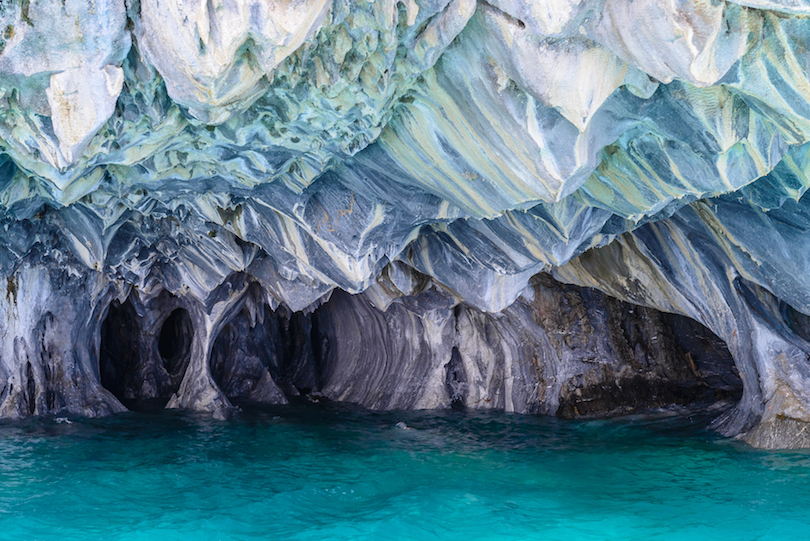
With swirls of blues, greens, blacks, and yellows, the Marble Caves is one of Chile’s most extraordinary natural wonders. This intricate cave system is made up of solid marble and was carved over thousands of years by water erosion. Juxtaposed against the bright turquoise waves of the lake, it’s a spectacular sight you need to see to believe.
The Marble Caves are located in General Carrera Lake, the biggest lake in the country. You will need to join a boat tour or hire a kayak if you want to see the caves up close and personal.
16. Bahia Inglesa
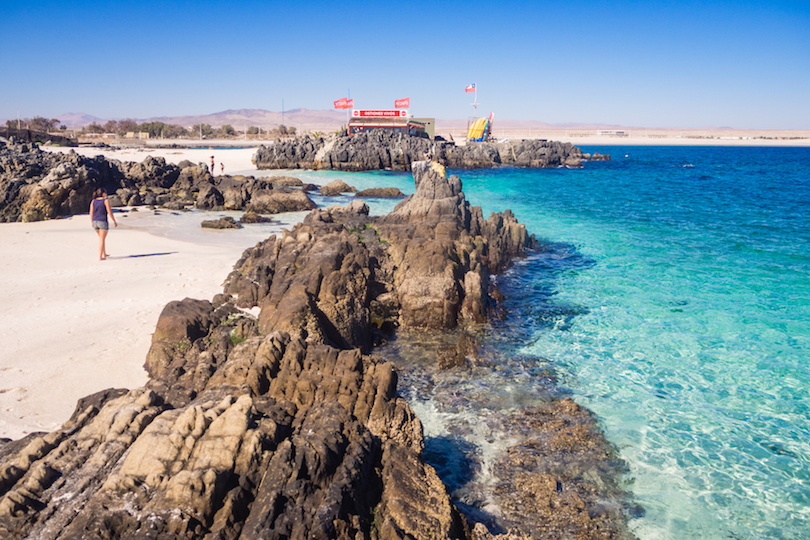
Treat yourself to a relaxing beach vacation with a trip to Bahía Inglesa. Located near the Port of Caldera, this coastal village has everything you could possibly want – white-sand beaches, warm waters, and plenty of shops and restaurants to keep you entertained.
While many people come to sunbathe on the beach, Bahía Inglesa also caters to those looking to add a bit more adventure to their trip. Spend the afternoon windsurfing on the rolling waves or diving deep beneath the ocean’s surface.
15. Isla Magdalena
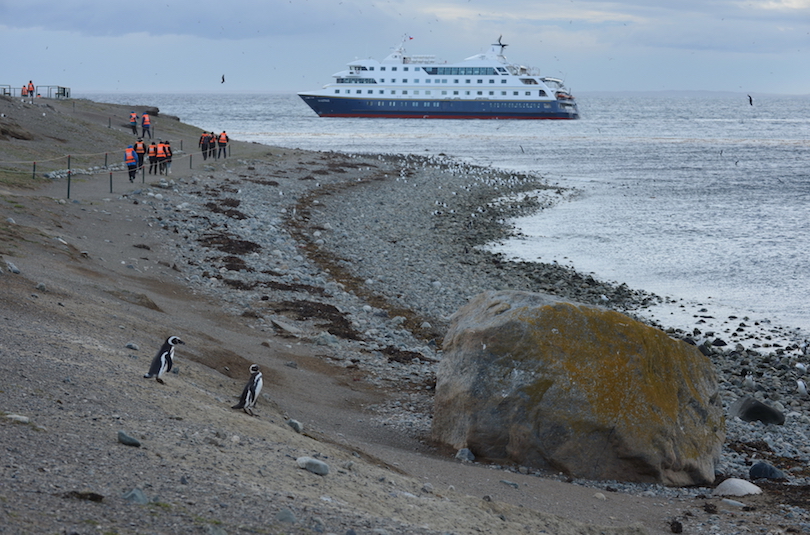
Come to Isla Magdalena and visit a few of Chile’s most adorable residents! This pint-sized island is home to the Magellanic penguin colony; the birds come to nest on the shores during the breeding season. Between September and March, you’ll be able to see more than 120,000 penguins (many of which are incredibly friendly to humans).
While you can’t touch them, there is a designated walkway that takes you around their natural habitat. Even though you should keep your distance, you still should be able to snap a few epic photos of these curious, waddling creatures.
14. Mamalluca Observatory
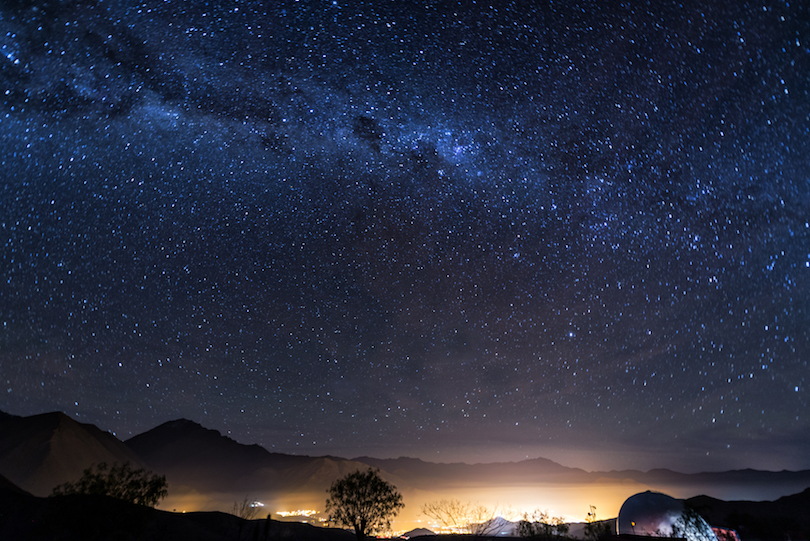
Take a star-studded journey across different galaxies, planets, and constellations with a fascinating tour of the Mamalluca Observatory. The observatory is located high in the mountains in the Region of Coquimbo, where it’s protected against the noisy light pollution of the city. The optimal conditions of the sky mean you’ll be able to see far past our own planet.
Take a close look at Saturn’s rings, or gaze at the craters and crevices on the moon. You might also get to see the Omega Nebula, which is located 6,000 lightyears away from earth. The observatory’s knowledgeable guides also do a great job of explaining the different astronomical features.
13. Paragliding in Iquique
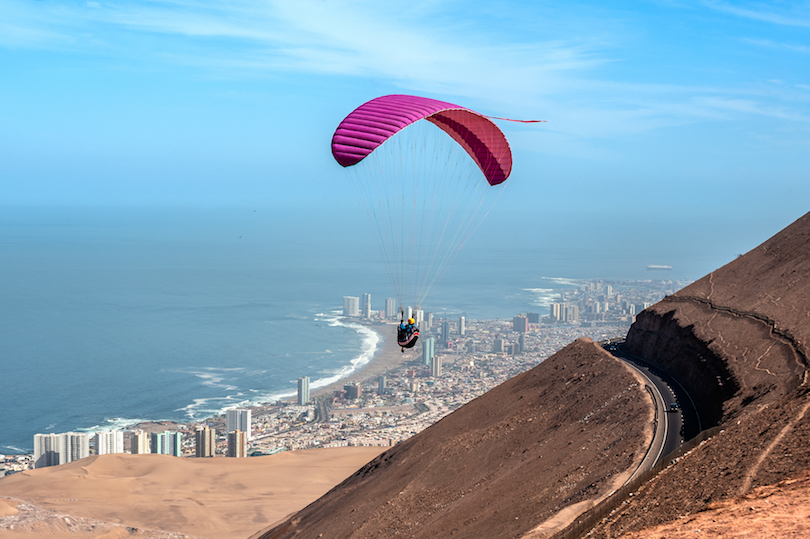
The beachside city of Iquique is believed to be one of the best paragliding destinations in the world. With miles of coastline and unparalleled views of the ocean, Inquique’s natural landscape is breathtaking on its own. But when you’re floating hundreds of feet in the air, it’s surprisingly even more beautiful than from the shores.
You’ll find several paragliding companies located throughout the city. Whether it’s your first time or 50th time, you’ll never be bored while you’re paragliding around Chile.
12. Robinson Crusoe Island
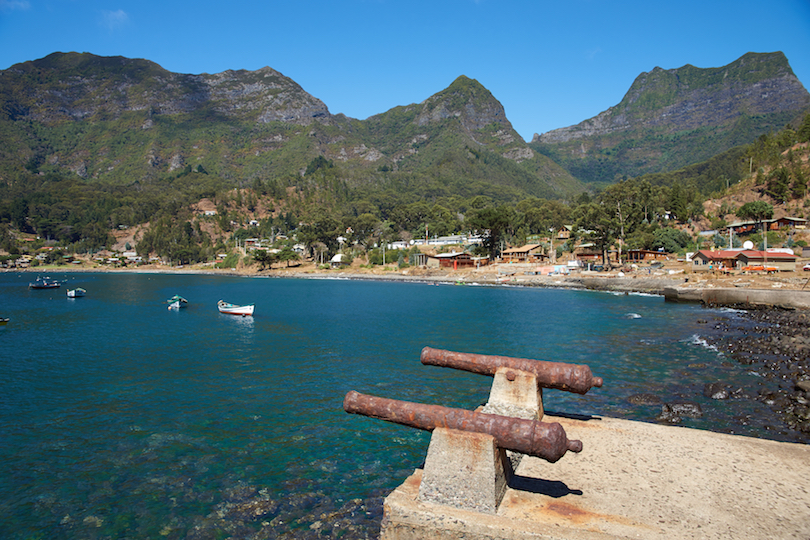
Situated off the sparkling Chilean coast is the remote Robinson Crusoe Island. It’s the second-largest island in the Juan Fernandez Islands, although there are only a few hundred inhabitants. It has remained relatively untouched by tourism, except for scuba divers interested in exploring the sunken WWI shipwreck off the coast.
Robinson Crusoe Island is most notably known as the island that inspired Daniel Defoe’s novel, Robinson Crusoe. Although the book was set in the Caribbean, it is believed to be written about Alexander Selkirk, who was marooned on Robinson Crusoe Island from 1704 to 1709.
11. Surfing in Pichilemu
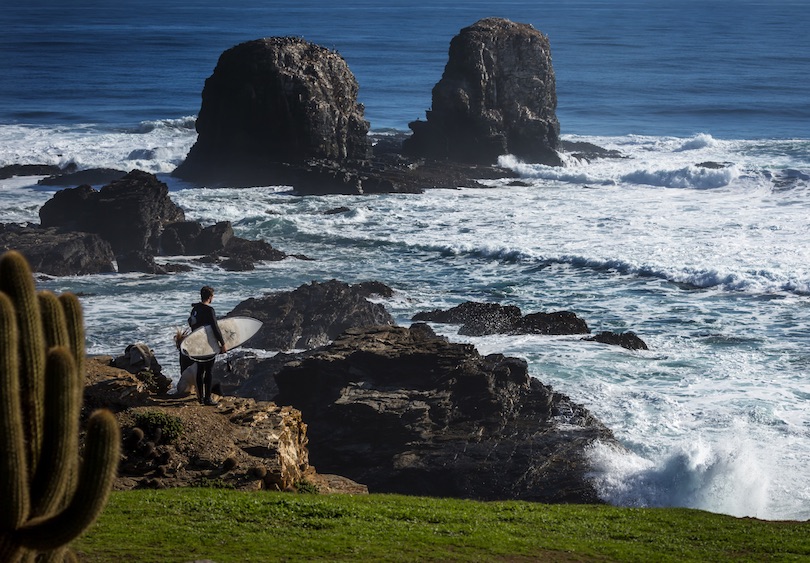
The picturesque beach town of Pichilemu is a surfer’s paradise. While the water isn’t as warm as it is in other parts of the world, the barreling waves make ideal conditions for surfers of all skill levels.
If you’re just hopping on a board for the first time, you might consider learning at Playa Principal de Pichilemu. The calm, shallow waves and abundance of lifeguards make it an ideal place to learn how to surf. Most advanced surfers will want to ride the waves at Infernillo or Punta de Lobos. Here, waves can reach up to 50-feet high.
10. Hiking Volcan Villarrica
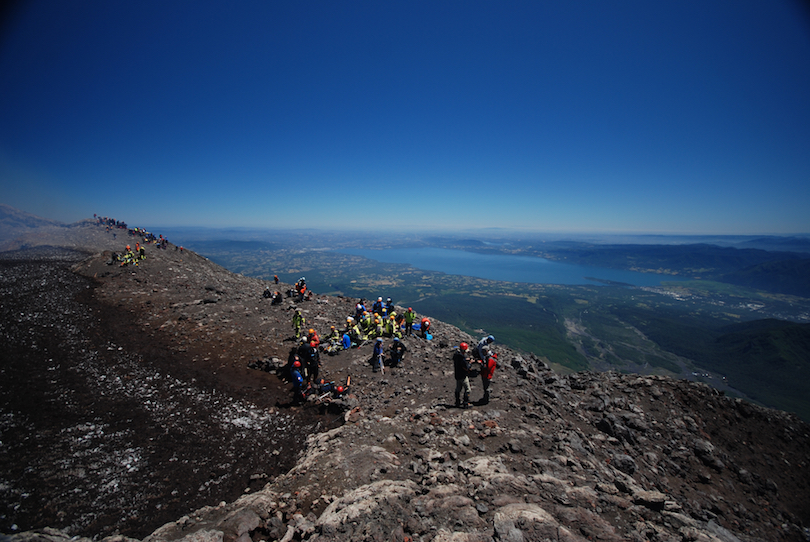
Hiking Volcán Villarrica is not for the faint of heart. It’s one of the most active volcanoes in all of South America, with the most recent eruption occurring in 2015. If you’re up for the challenge, hiking to the summit will be one of the most memorable activities you’ll ever experience.
From start to finish, it takes roughly nine hours to complete the hike. The icy hike to the peak can be very steep and requires crampons, ice picks, and even gas masks (to protect yourself from the sulphuric fumes.)
9. Churches of Chiloé
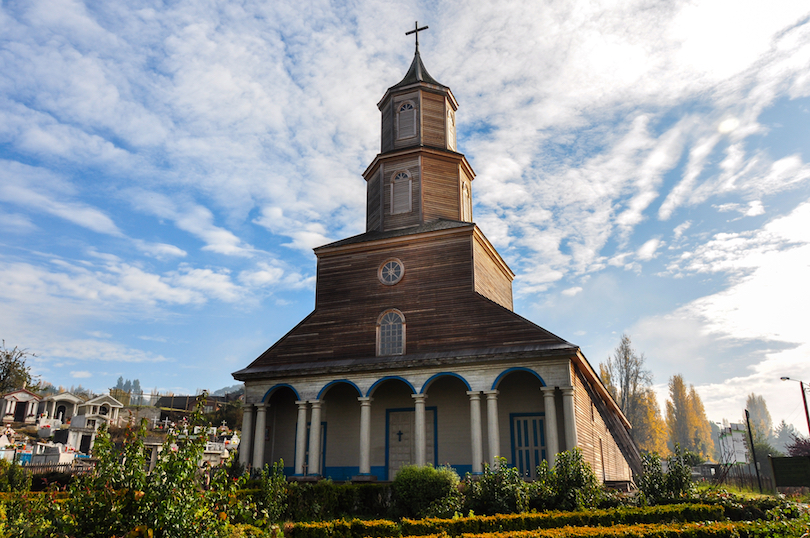
Dotted along the coast of Chile are 70 churches known as the Churches of Chiloé. Many of the churches were built by Jesuits, who came over from Spain in the 18th and 19th-centuries. But unlike traditional European architecture, these churches were constructed with timber. However, the Churches of Chiloé are still pristine examples of Europe’s influence on Latin America.
Although you may not have enough time to visit every single church, there are a few that you should miss. The Church of Quinchao is one of the largest in the area. You should also plan to visit the bright yellow Church of San Francisco and the three-peaked Church of Tenaún.
8. Valle de la Luna
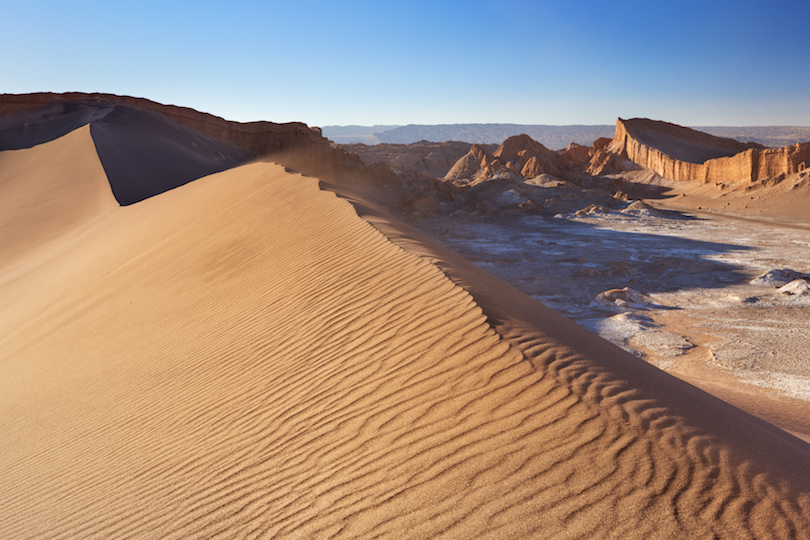
The stunning Valle de la Luna looks as if you’re walking on the surface of another planet. This lunar landscape is located in the heart of the Atacama desert and is comprised of giant dunes, jagged mountains, and unique rock formations.
For spectacular views of Valle de la Luna, make sure to stay for sunset. As the sun disappears behind the mountainous backdrop, the sky is painted in bright shades of orange, pink, and purple.
7. Cerro San Cristobal
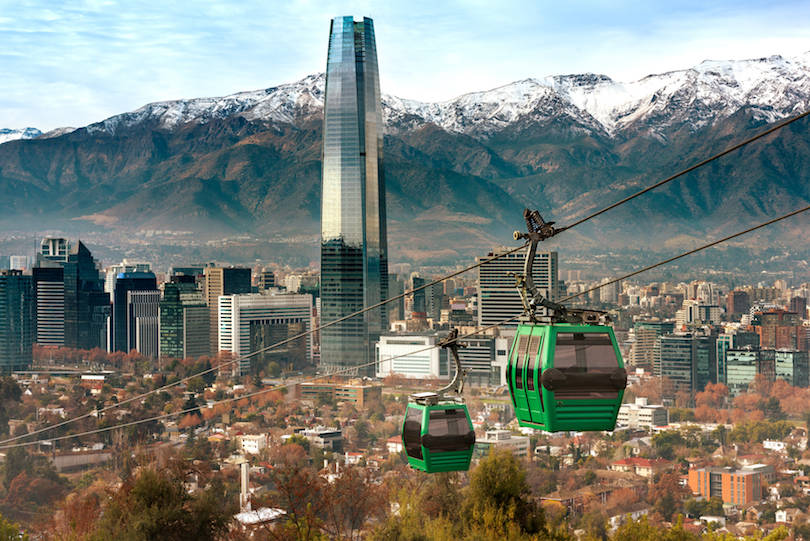
Dominating the Santiago skyline is Cerro San Cristobal, one of Chile’s most recognizable natural landmarks. Named after St. Christopher, this tree-lined hill boasts some of the best views in the entire city. From the summit, you’ll be able to look down on the bustling streets of Santiago.
It takes 45-minutes to walk to the top of the hill. There’s also a cable car that can take you to the summit. Besides enjoying the sweeping views, you can also take a stroll through Santiago Metropolitan Park or a dip in one of the two outdoor pools.
6. San Rafael Glacier
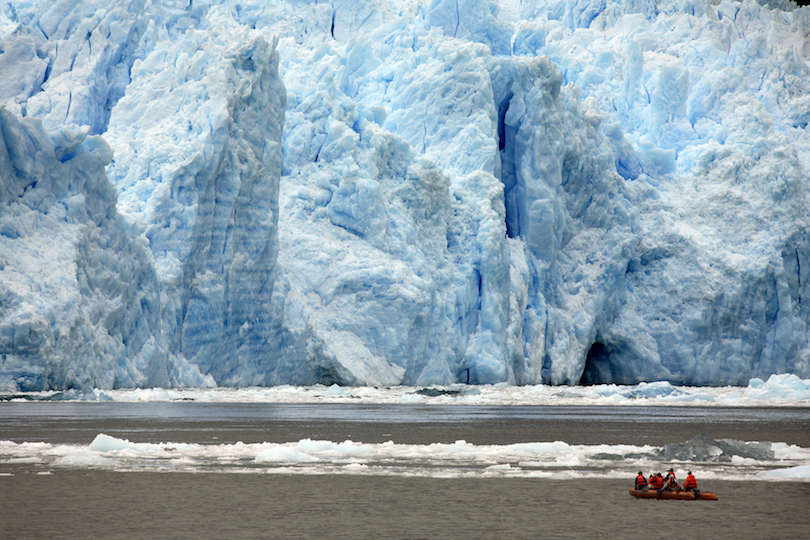
The San Rafael Glacier is one of the largest ice caps in the entire Northern Patagonian ice fields. Unlike other glaciers, San Rafael Glacier is surrounded by lush green jungles, which creates an unusual backdrop against the stark blue colors of the ice.
It’s only accessible by water, which means you’ll need to plan ahead of time if you want to visit. However, many scientists believe that it might disappear entirely in just a few years, so it’s best to visit the San Rafael Glacier as soon as you can.
5. Geysers del Tatio
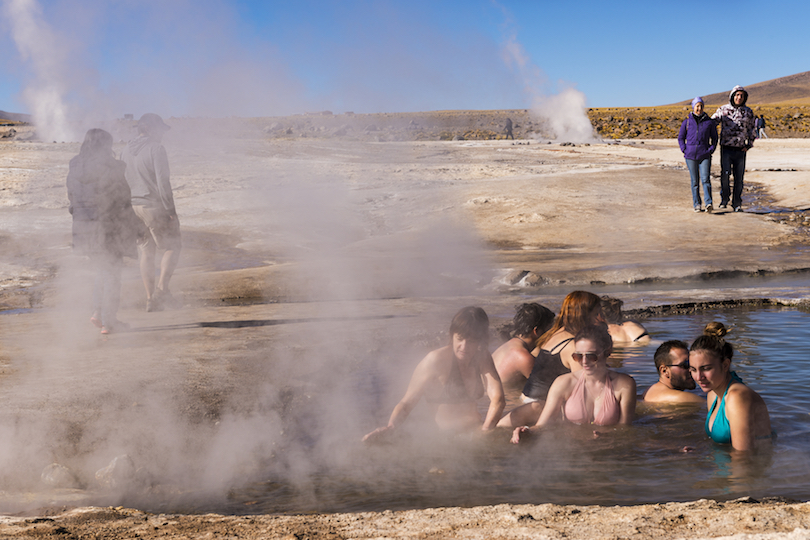
The geothermal fields at Geysers del Tatio is a bubbling hot spot located on the foot of several stratovolcanoes. As the largest geyser field in the Southern Hemisphere, Geysers del Tatio has over 60 different geysers and over 300 different hot springs. While most geyser fountains shoot up three to four feet, some can exceed heights of over 30-feet.
After a day of trekking through the volcanic fields, treat yourself to a relaxing soak in one of the springs. While some springs are too hot to even go near, there are a few that are ideal hot tub temperature.
4. Lauca National Park
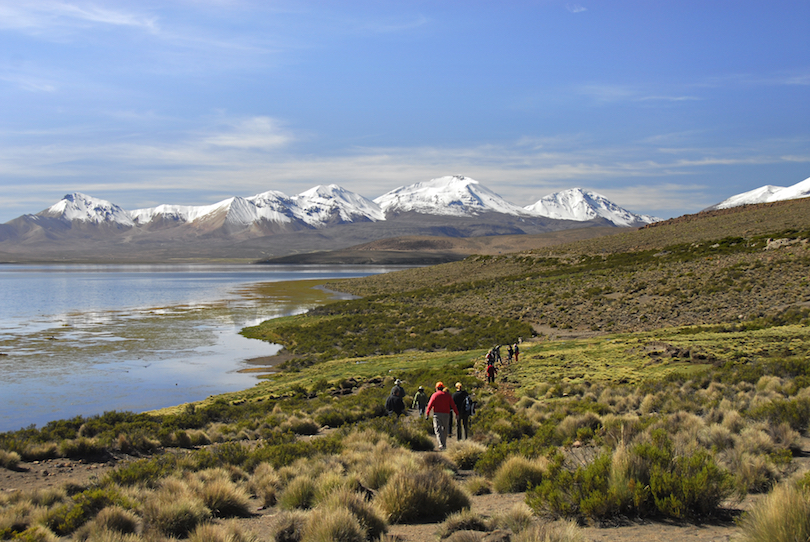
The uncultivated beauty of Lauca National Park is a worthwhile adventure for those visiting Chile. Located in the Andean Mountain range in the north, it continues to attract visitors looking to explore the diverse, rugged landscape of Chile’s outdoors.
Not only are you surrounded by snow-capped volcanos and cobalt blue lakes, but you’ll also get to view a diverse variety of wildlife. Alpacas, flamingos, and more than 130 different bird species roam around the sprawling Lauca National Park.
3. Valparaiso
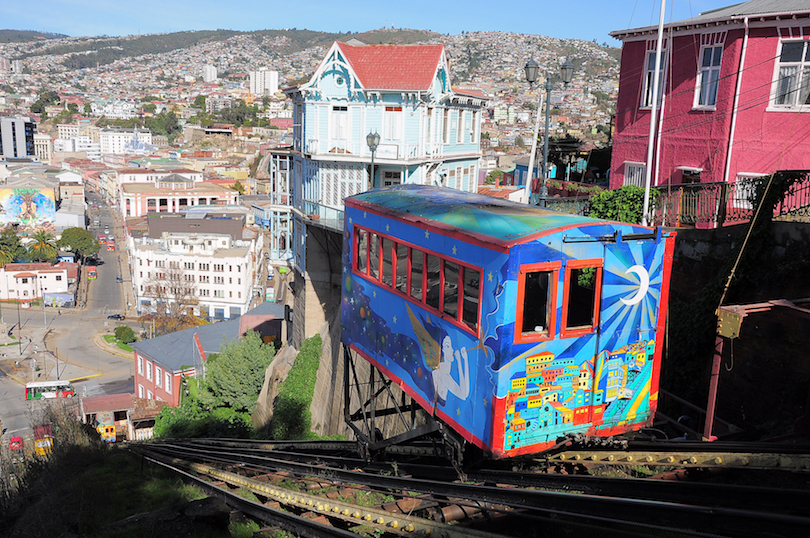
As one of Chile’s most picturesque towns, Valparaíso is affectionately known as the “Jewel of the Pacific.” This portside town is lined with brightly colored houses, boutique art galleries, and winding cobblestone streets.
Some of the country’s most influential sights can be found in Valparaíso, including the first library, the oldest Spanish language newspaper, and even the oldest stock exchange. Other attractions include the bustling Plaza Sotomayor and the famous museum of Pablo Neruda. You might also take a ride on the Artilleria funicular railway, which boasts dramatic views over the entire city.
2. Moai Stone Statues
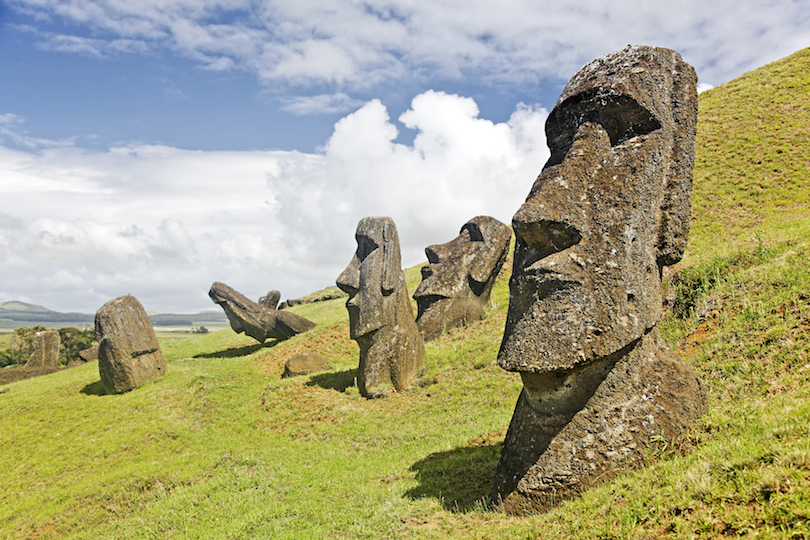
The Moai Stone Statues on Easter Island might be some of the world’s most recognizable figures. There are over 1,000 volcanic stone statues scattered all over the island, which were carved by the Rapa Nui people over 600 years ago. The torsos of some of the statues are partially underground, which means you can only see the heads poking out from the surface.
Although Easter Island is technically in Polynesia, the island was annexed to Chile in the late 1800s. It’s a six-hour flight from Santiago, which means it’s not the easiest (or cheapest) place to reach if you’re traveling through the mainland. But if you have the time and the means, it’s a worthwhile escape that you can tick off your bucket list.
1. Torres del Paine National Park
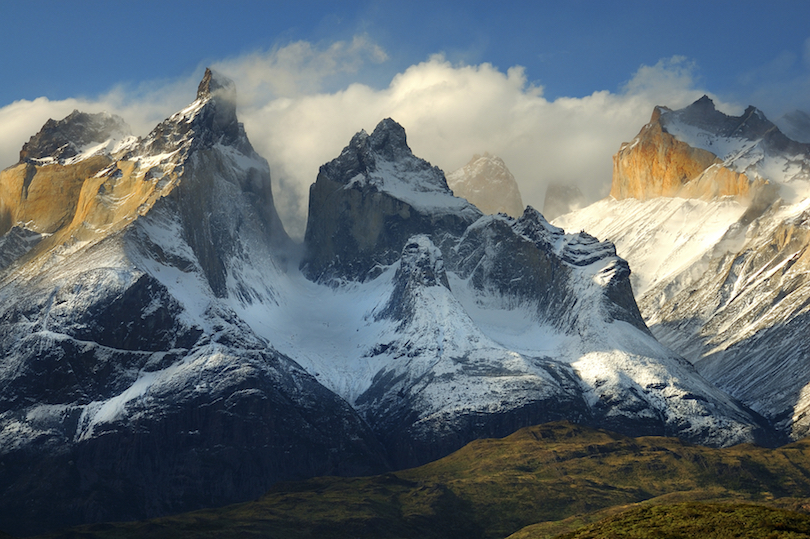
With crystal lakes, snow-capped mountains, and icy glaciers, it’s easy to see why Torres del Paine National Park is one of the most visited attractions in Chile. While you’ll need several weeks to explore everything the park has to offer, it’s worth picking out a few of its most notable sights to visit during your trip.
Trek through the thick forests of the Valley Frances, kayak across the sparkling blue waters of the Rio Serrano, or ice pick your way along the Grey Glacier. You can even just take a leisurely stroll through the trails while admiring the recognizable features of the park – the towering granite peaks of the Paine mountains.
Map of Things to Do in Chile
Share this post:
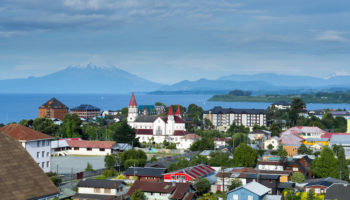
12 Most Charming Small Towns in Chile
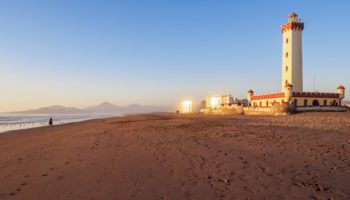
9 Most Beautiful Regions of Chile
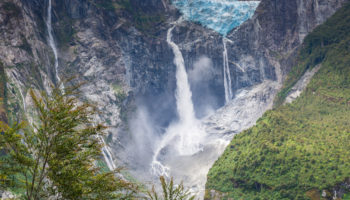
10 Most Beautiful National Parks in Chile
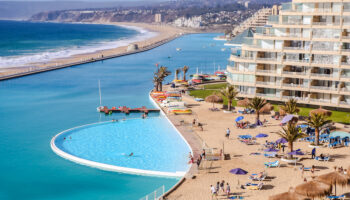
11 Most Awesome Places to Stay in Chile
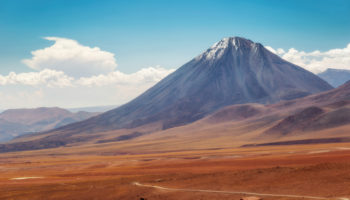
10 Most Amazing Volcanoes in Chile
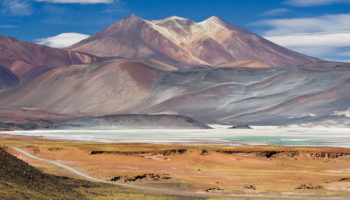
10 Best Places to Visit in Chile
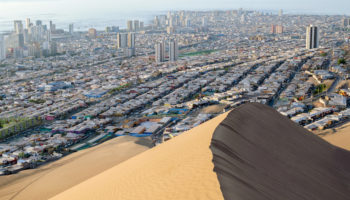
15 Best Cities to Visit in Chile
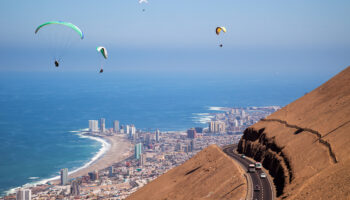
12 Best Things to Do in Iquique, Chile
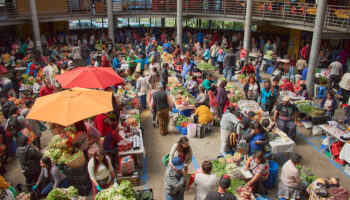
12 Best Things to do in Puerto Montt, Chile
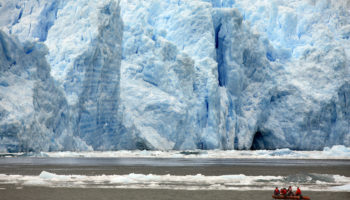
10 Best Places to visit in Aysen, Chile
Reader interactions.
October 18, 2019 at 4:28 am
I had never dreamt I would travel to the far end of the globe but thanks to my daughter n her husband I have fallen in love with Chile I have visited it almost 4 times in 2 years n visited the best places I am waiting to visit again
June 19, 2017 at 8:03 am
I like your top ten list, but you definitely forgot about La Serena’s beaches and the Elqui Valley. Especially the valley and the area around Pisco Elqui is a must-see on your trip to Chile. Not only the ideal place for stargazing, but also to connect to nature. I went for a horseback ride to Cochiguaz valley and it was incredible. Also the valley is home of pisco, Chile’s national drink!! Several small long-standing distilleries offer cheap (some even free) guided tours+tastings all year round. Don’t miss it.
May 14, 2015 at 9:00 am
It’s weird that there’s penguins in such a warn environment! Easter island look really pretty!
May 21, 2013 at 12:24 pm
Easter Island was a true highlight of my Chile trip!
May 6, 2013 at 5:10 am
I want to go there
Leave a Reply Cancel reply
Your email address will not be published. Required fields are marked *
This site uses Akismet to reduce spam. Learn how your comment data is processed .
- South America
- 20 Must Visit Attractions In...
20 Must-Visit Attractions in Chile

With some 2,600 miles (4,300 kilometers) separating the southern tip of Patagonia from the northern border of Peru, Chile has a myriad of worthwhile attractions across a variety of geographical zones. Starting from the south, let’s work our way north on a tour of Chile’s 20 best tourist destinations.
1. isla magdalena.
Got a thing for penguins? Then look no further than Isla Magdalena, located just off the coast of Punta Arenas. Hundreds of the cute little critters can be seen up close and personal as they waddle around and huddle up together.
Isla Magdalena, Chile

A penguin in Isla Magdalena| © Jose Luis Hidalgo R. / Flickr
2. Torres del Paine

3. Villa O'Higgins to Argentina

5. Carretera Austral

A very long stretch of isolated gravel road, cruising down the Carretera Austral is the quintessential off-the-beaten-track experience. There are heaps of national parks, hiking trails and campsites to stop off at along the way.
Carretera Austral, Chile

Ruta 7, Carretera Austral, Hornopirén. | © Fernando Valenzuela / Flickr

It seems to rain every day on this mystical green island in northern Patagonia. But don’t worry because there are plenty of amazing UNESCO churches and exciting boating expeditions to make up for it.
Chiloé, Los Lagos Region, Chile

Isla Mechuque, Chiloé | © Tetraigofotos / Flickr
7. Easter Island

Just a few thousand miles offshore lies one of the world’s most isolated inhabited islands. Easter Island is most famous for its mysterious Moai statues , but it’s got plenty of great scenery and fascinating indigenous culture as well.
Easter Island, Valparaiso Region, Chile

Moai statues on Easter Island | © myeviajes / Pixabay
8. Puerto Varas

A charming little German settlement with a distinctly European feel, Puerto Varas is set around a beautiful lake and has numerous nearby waterfalls, volcanoes, and forests to explore.
Puerto Varas, Los Lagos Region, Chile

Puerto Varas | © Murray Foubister / Flickr
9. Valdivia

This quaint little student town boasts stunning natural surroundings, a vibrant cultural scene, and a busy fish market right on the lake where sea lions hang out to gobble up any leftover scraps.
Valdivia, Los Ríos Region, Chile

Valdivia | © Pablo Meneses / Flickr

One of the most pleasant towns in the Chilean Lake District, Pucón gets a lot of love for its numerous outdoor adventure activities and the chilled lakeside atmosphere.
Pucón, Araucania, Chile

Playa Negra, Pucón, Chile | © Carlos Adampol Galindo / Flickr
11. Volcano Villarica
Those with the energy and bravado should consider scaling Villarica, the mammoth volcano that towers over Pucón. It requires a strenuous eight-hour climb with crampons and ice picks, but the views from the top are so worth it.
Volcano Villarica, Panguipulli, Los Ríos Region, Chile

Villarica | © Omar Burgos / Flickr
12. Santiago

No trip to Chile would be complete without a stopover in the enormous ciudad capital . Peruse some amazing museums , splurge on world-class fine dining , or just enjoy a few drinks with newfound friends in one of South America’s most exciting cities.
Santiago, Santiago Metropolitan Region, Chile

Santiago | © sergom5 / Pixabay
13. Valparaiso

This trendy little seaport town has earned the reputation of being a true bohemian paradise. With jaw-dropping street art adorning almost every wall, Valparaiso is the place to be for hip young millennials.
Valparaiso, Valparaiso Region, Chile

Valparaiso, Chile | © amira_a / Flickr
The wine regions
Most of Chile’s wine is produced within just a few hours’ drive of Santiago. Throughout the region , a huge number of world-class vineyards offer wine tasting tours where a copious amount of vino is liberally dispersed among thirsty travelers. Salud!

14. La Serena
Heading north of the capital now, and the first place worth stopping is the pleasant seaside town of La Serena. Head for nearby Islas Damas to hike, swim or snorkel among adorable penguins and sea lions.
La Serena, Coquimbo Region, Chile

Islas Damas | © Gernot Ruthofer / Flickr
15. Elqui Valley

A few hours inland from La Serena lies the tranquil Elqui Valley, Chile’s major pisco -producing region. Apart from indulging in the local produce, there are valleys to explore and some spectacular stargazing opportunities on offer.
Elqui Valley, Chile

Elqui Valley | © Leonora (Ellie) Enking / Flickr
16. San Pedro de Atacama

It’s a long way north to San Pedro de Atacama, a small town in the middle of the desert that serves as the main tourism hub for this remarkable region . Visit steaming hot geysers, bizarre rock formations, and high altitude lagoons surrounded by snow-capped volcanoes.
San Pedro de Atacama, Coquimbo, Región de Coquimbo, Chile

San Pedro de Atacama | © poLiMetralleta / Pixabay
17. Chuquicamata

Go on a tour of Chuquicamata, one of the world’s biggest open-pit copper mines. The free guided tour (these people make so much money that they don’t bother to charge) lasts several hours and provides a fascinating insight into the scale of this lucrative industry.
Chuquicamata, Calama, Antofagasta Region, Chile

Chuquicamata copper mine, Calama, Chile | © Peter Collins / Flickr
18. Iquique
Fancy a beach break? Then check out Chile’s most happening seaside resort, which is brimming with revelers during holiday periods. For something different, the nearby ghost towns of Humberstone and Santa Laura give an intriguing insight into what life was like back in the 19th century.
Iquique, Tarapacá Region, Chile

Humberstone | © Tefy fd / WikiCommons

The end of the road, or the beginning of your coming from Peru, Arica has a pleasant surfable beach, some lovely colonial architecture, and a great mirador with a war museum that overlooks the coast.
Arica, Arica y Parinacota Region, Chile

Arica | © Capablazab / WikiCommons
Since you are here, we would like to share our vision for the future of travel - and the direction Culture Trip is moving in.
Culture Trip launched in 2011 with a simple yet passionate mission: to inspire people to go beyond their boundaries and experience what makes a place, its people and its culture special and meaningful — and this is still in our DNA today. We are proud that, for more than a decade, millions like you have trusted our award-winning recommendations by people who deeply understand what makes certain places and communities so special.
Increasingly we believe the world needs more meaningful, real-life connections between curious travellers keen to explore the world in a more responsible way. That is why we have intensively curated a collection of premium small-group trips as an invitation to meet and connect with new, like-minded people for once-in-a-lifetime experiences in three categories: Culture Trips, Rail Trips and Private Trips. Our Trips are suitable for both solo travelers, couples and friends who want to explore the world together.
Culture Trips are deeply immersive 5 to 16 days itineraries, that combine authentic local experiences, exciting activities and 4-5* accommodation to look forward to at the end of each day. Our Rail Trips are our most planet-friendly itineraries that invite you to take the scenic route, relax whilst getting under the skin of a destination. Our Private Trips are fully tailored itineraries, curated by our Travel Experts specifically for you, your friends or your family.
We know that many of you worry about the environmental impact of travel and are looking for ways of expanding horizons in ways that do minimal harm - and may even bring benefits. We are committed to go as far as possible in curating our trips with care for the planet. That is why all of our trips are flightless in destination, fully carbon offset - and we have ambitious plans to be net zero in the very near future.

Places to Stay
The best hotels in punta arenas, chile.

Health & Wellness
Enhancing wellbeing in nature: five of the world's best national parks.

The Best Resorts to Book in Chile

Meet the Young Female Scientist From Chile Who Discovered Three Planets

The Unstoppable Rise of Mon Laferte: An Interview With the Chilean Musician

The Best Hotels in La Serena, Chile, for Every Traveler

See & Do
Explore puerto williams: the earth’s southernmost city.

The Best Hotels to Book in Puerto Natales, Chile

Chilean Artists Remember Victims of Dictatorship Through Virtual Portraits

Guides & Tips
Stay curious: experience chile from your living room.

5 Chilean Musicians Shaping a New Urban Scene

Hotels in Chile Where You Can Sleep Under the Stars
Culture trip spring sale, save up to $1,100 on our unique small-group trips limited spots..

- Post ID: 1360436
- Sponsored? No
- View Payload
- +56 2 2570 8620
- Contact us!
LIVE THE ENERGY OF CHILE!
+ 100 destinations.
Our team of experts carefully selects each destination of our tours and experiences.
Best Quality Guaranteed
We are part of the largest and most recognized tourist Holding in Chile.
TOURS CHILE NORTH TO SOUTH
Torres del paine and puerto natales, san pedro de atacama, easter island, puerto varas and lakes, coyhaique and carretera austral, arica and iquique, punta arenas y tierra del fuego, popular tours.
- Actividades
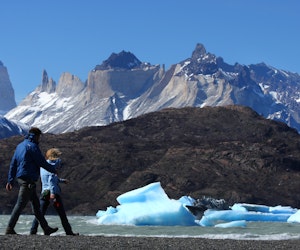
from USD $1.038
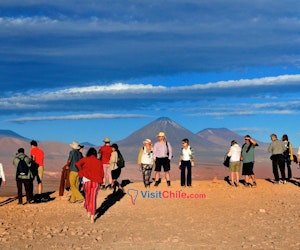
from USD $703
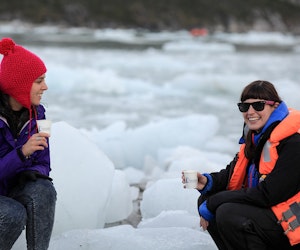
from USD $1.005
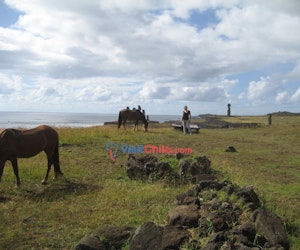
from USD $606
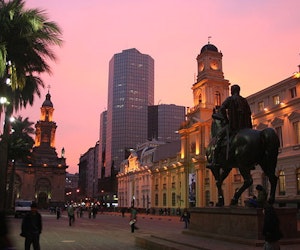
from USD $31
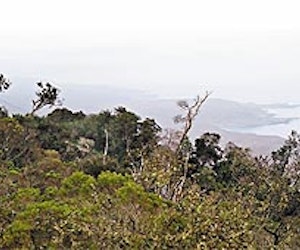
from USD $115
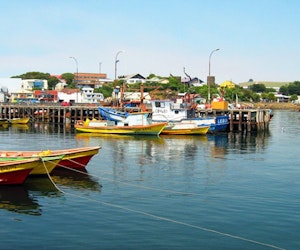
from USD $96
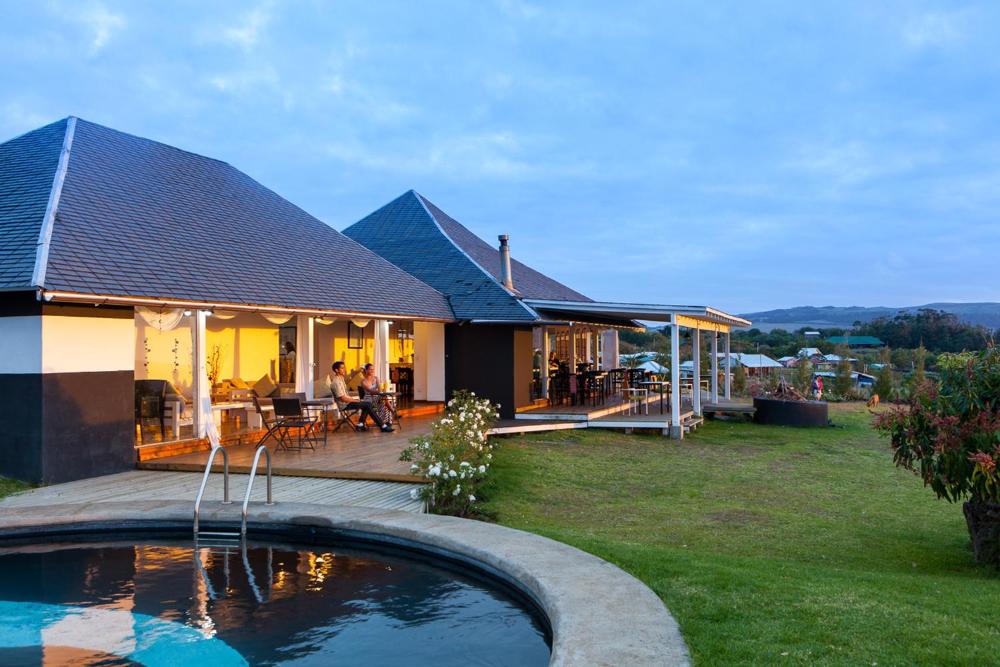
Customer Comments
I was apprehensive booking my itinerary following a cruise arriving in Chile, I booked your services from the UK There was never a need to worry, a nice driver in a good vehicle collected. 3 excursions were booked, again good drivers in nice cars arrived I can only compliment Visit Chile for providing quality service (at good prices)

I booked your services from the UK. Good drivers in nice cars arrived I can only compliment Visit Chile for providing quality service (at good prices)
I was apprehensive booking my itinerary following a cruise arriving in Chile, I booked your services from the UK There was never a need to worry, a nice driver in a good vehicle collected us in San Antonio, bringing us to Santiago where a nice hotel was arranged, 3 excursions were booked, again good drivers in nice cars arrived I can only compliment Visit Chile for providing quality service (at good prices)
Rosemary Bradley
Replys to emails were very prompt and efficient though. It was not really a tour as tour was done at concha y toro. Information and interaction from guide on the bus there would be helpful. I did the wine tour. Apart from a lift there I could not comment on quality of services. Driver and guide introdiced themselves and that was it. No specific complaints, but minimal service was provided on the actual tour.

Kris Dabkowski
Service provide by your agent was better than I could expected. In hotels: waiters should now a few English/international words e.g.: beer or ordering food some simple English/international terminology not only Spanish.

Marjorie Risinger
Our guide was wonderful and the excursion terrific.

Francis Peter
Damien and Paola was very professionnal and attentive and kindless and Katherin thé driver super!! Everything was réally fine thank you so much.

Nellie Knight
Cliff our guide was prompt, professional and knows Chile very well. He did an excellent job giving us a great sampling of Chile in a few hours. He knows all the great views. where good photos can be made. I will use your services again when in Chile.
Pamela Donaldson
Very satisfied with services provided. Our driver/guide arrived on schedule and was most helpful and informative. Thank you.
Keith Springer
Excellent service from both guide and driver.
teresa bunn
Jorge was a great guide, and ended up being our transportation to Vina the next day as well. On time and courteous and personable!
Jessica Austin
Daniela was very helpful in making arrangements. It is nice to have the name of a person when working with a large organization. I had a great experience on the Isla Negra trip I arranged through you.
Annika Leichtweiss
No complaints! Paola was extremely helpful and answered promptly any questions!
Kristina Scherbichler
Very informative tour, qualitative guide

Jean Pierre MOREL
We enjoyed your services and shall recommend you: It was well organized and had no trouble at all, our requests were fulfilled properly and professionally. Go on ! We wereon 1st time discovery. Next we may be more demanding. It was great.

Mary elacqua
The hotel offered other excursions and our options which were not present on your website we would have stayed another day go trip to hot springs /termas
Maria van Burik
The guides services were very good and all the transports etc. worked very well.Hotel Lady Florence Dixi: The staff could be friendlier! \r\nSuggestion: When a trip starts early in the morning, the hotel should be asked to provide either an early breakfast or give a packed breakfast. It is after all included in the price and is part of the tour. Really important!
Yolanda Liu
The tour I received was very good. It would have been better if the tour information I received would have told me to bring my bathing suit so I have an option to enjoy the hot spring at the Tatio Geyser.

Stephen Rickard
Great service to combine days trips with a quality hotel as a base. Highly recommend
Patrick Lehrman
Ata of AKU AKU Tours was very knowledgeable and an excellent guide. We were fortunate enough to have him on all three tours.
Get inspired by our video
New ideas, new experiences.

¡Top mejores playas de Chile para visitar en tus vacaciones 2!
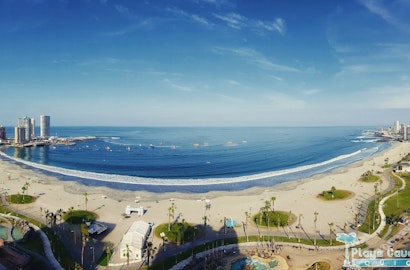
¡Top mejores playas de Chile para visitar en tus vacaciones!

¿Listo para descubrir la magia del sur de Chile? ¡Acompáñanos!
Must-see attractions in Chile

Parque Nacional Patagonia
Northern Patagonia
Dubbed as the Serengeti of the Southern Cone, the 690-sq-km Parque Nacional Patagonia features Patagonian steppe, forests, mountains, lakes and lagoons…
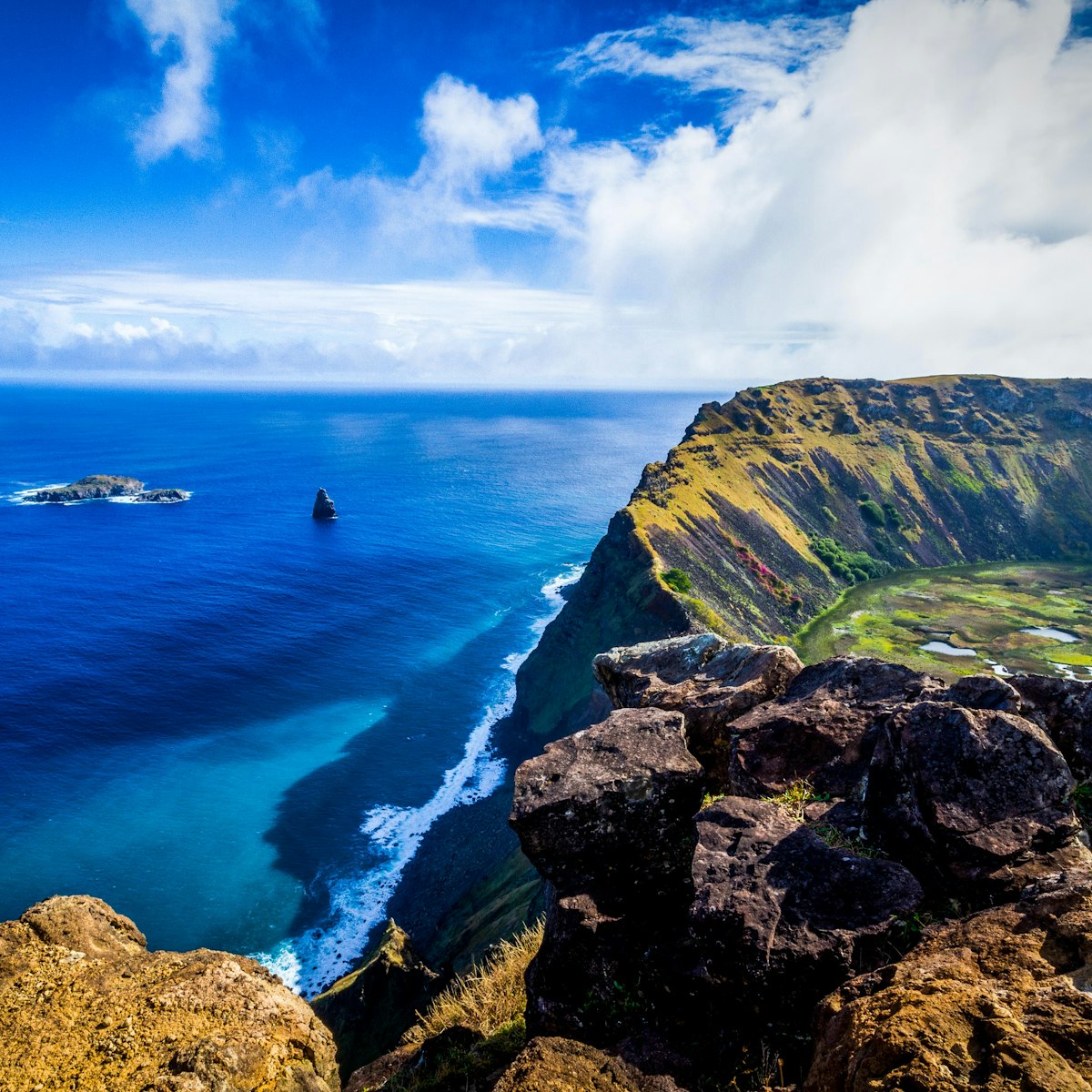
Orongo Ceremonial Village
Rapa Nui (Easter Island)
Nearly covered in a bog of floating totora reeds, the crater lake of Rano Kau resembles a giant witch's cauldron and is a wild greenhouse of endemic…

Rano Raraku
Known as 'the nursery,' the volcano of Rano Raraku, about 18km from Hanga Roa, is the quarry for the hard tuff from which the moai were cut. You'll feel…

Ahu Tongariki
The monumental Ahu Tongariki has plenty to set your camera's flash popping. With 15 imposing statues, it is the largest ahu ever built. The statues gaze…

Centro Gabriela Mistral
This striking cultural and performing-arts center – named for Chilean poet Gabriela Mistral, the first Latin American woman to win the Nobel Prize in…

Beach bums in search of a place to wallow will love this postcard-perfect, white-sand beach. It also forms a lovely backdrop for Ahu Nau Nau, which…

Casa de Isla Negra
Middle Chile
The spectacular setting on a windswept ocean headland makes it easy to understand why Isla Negra was Pablo Neruda’s favorite house. Built by the poet when…

Cerro San Cristóbal
The best views over Santiago are from the peaks and viewpoints of the Parque Metropolitano, better known as Cerro San Cristóbal. At 722 hectares, the park…
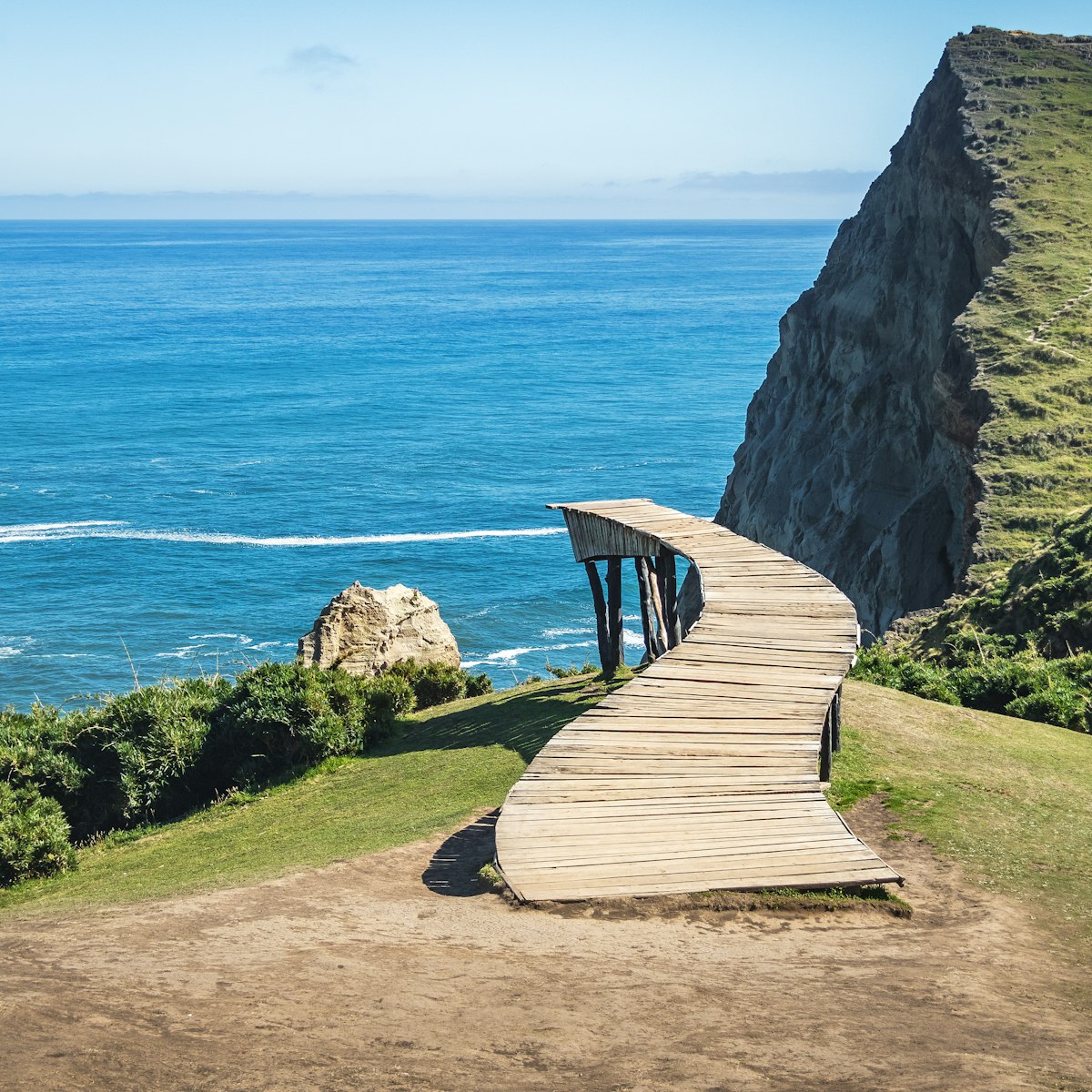
Muelle de las Almas
Shrouded in folklore and Huilliche mythology, Chiloé's 'Dock of Souls' was built in 2007 by architect Marcelo Orellana. The curved boardwalk spans 17m…
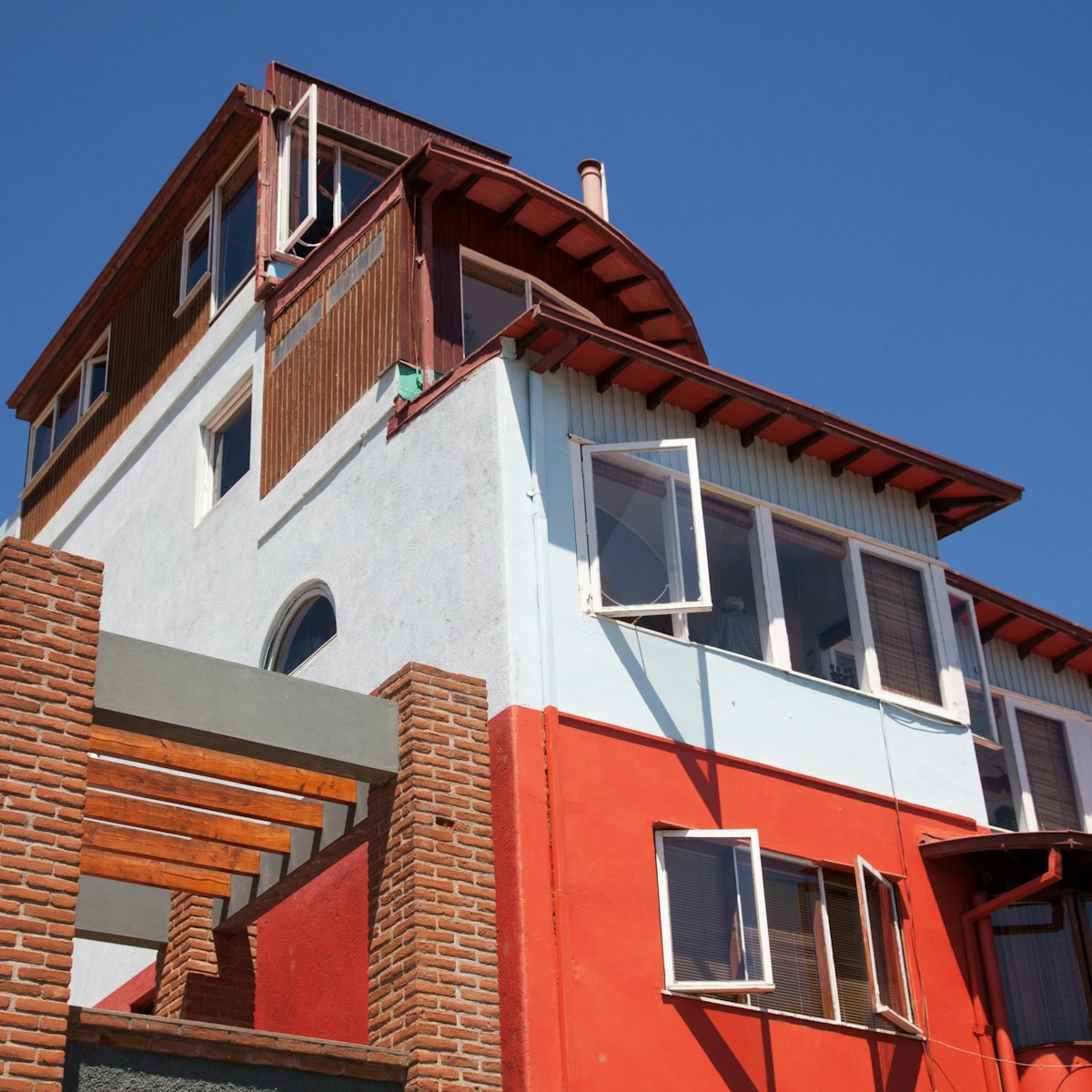
La Sebastiana
Bellavista's most famous resident writer was Pablo Neruda, who made a point of watching Valparaíso's annual New Year's fireworks from his house at the top…
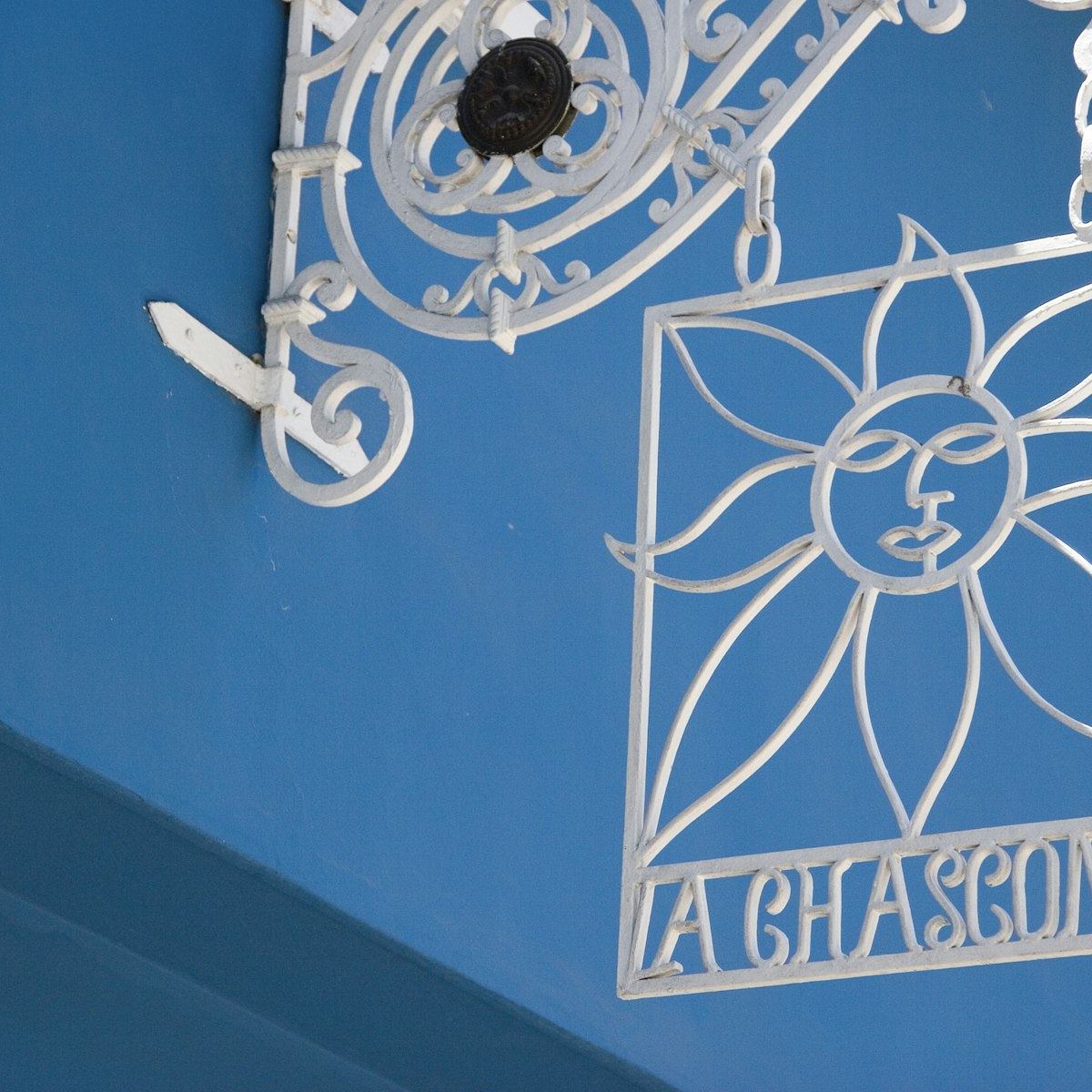
La Chascona
When poet Pablo Neruda needed a secret hideaway to spend time with his mistress Matilde Urrutia, he built La Chascona (loosely translated as 'Messy Hair')…
Mina San José
Norte Chico
In 2010, 33 miners were trapped more than 700m underground after a devastating collapse within the mountain where they'd been working. Following a…
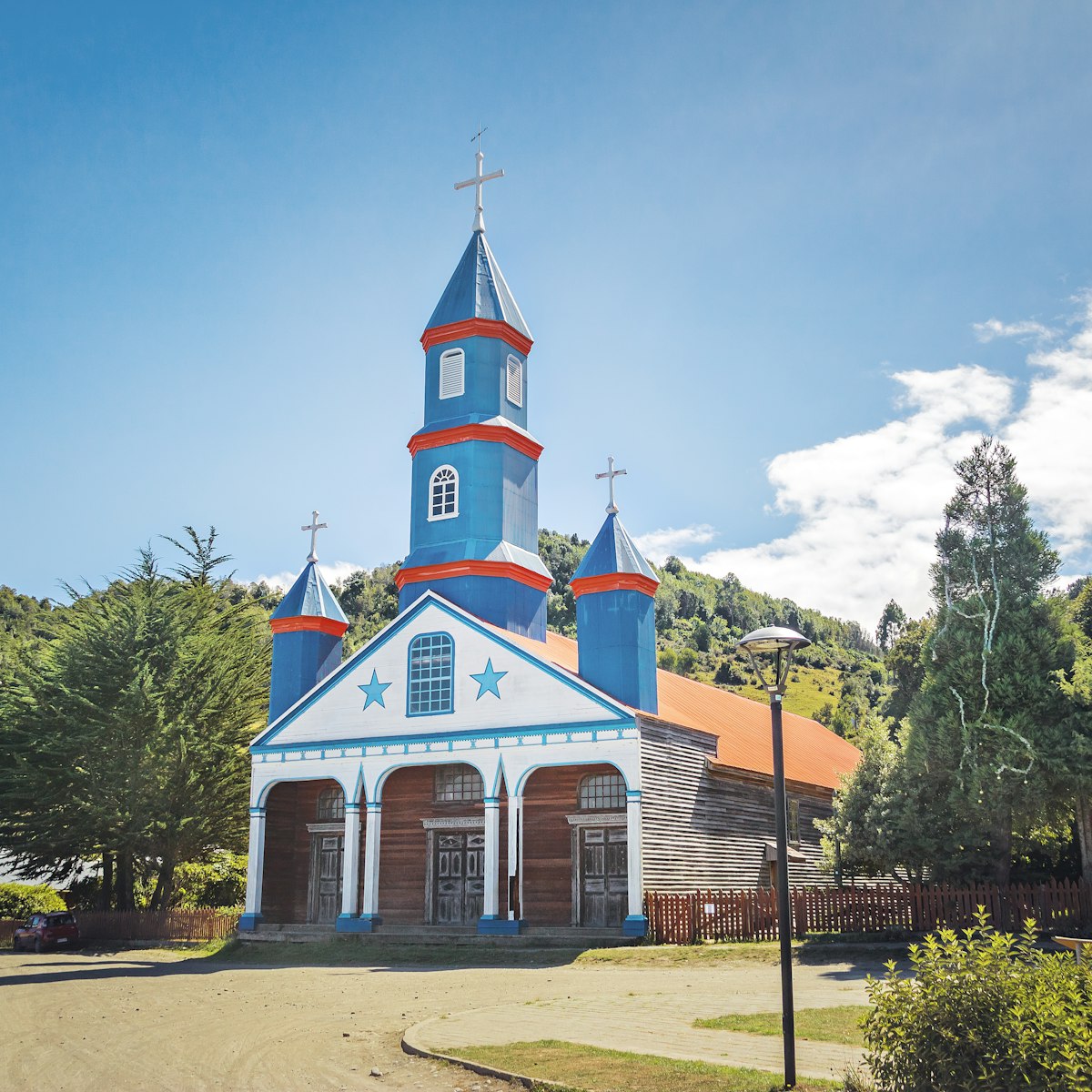
Iglesia de Nuestra Señora del Patrocinio
The magnificent Unesco-listed church (1837), for which the town is named (Tenaún means 'three mounts') has been meticulously restored down to the last…
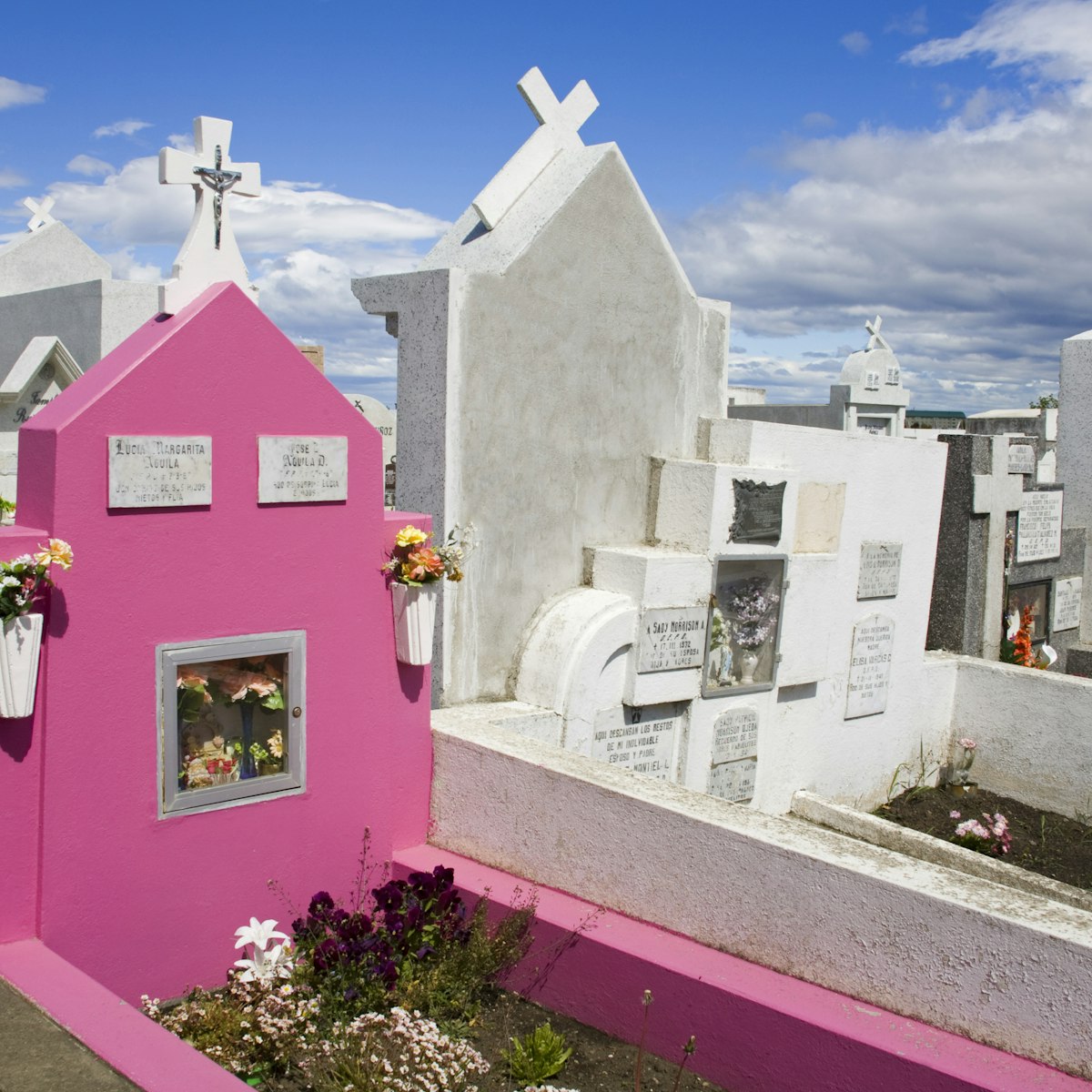
Cementerio Municipal
Punta Arenas
Among South America’s most fascinating cemeteries, with both humble immigrant graves and flashy tombs, like that of wool baron José Menéndez, a scale…
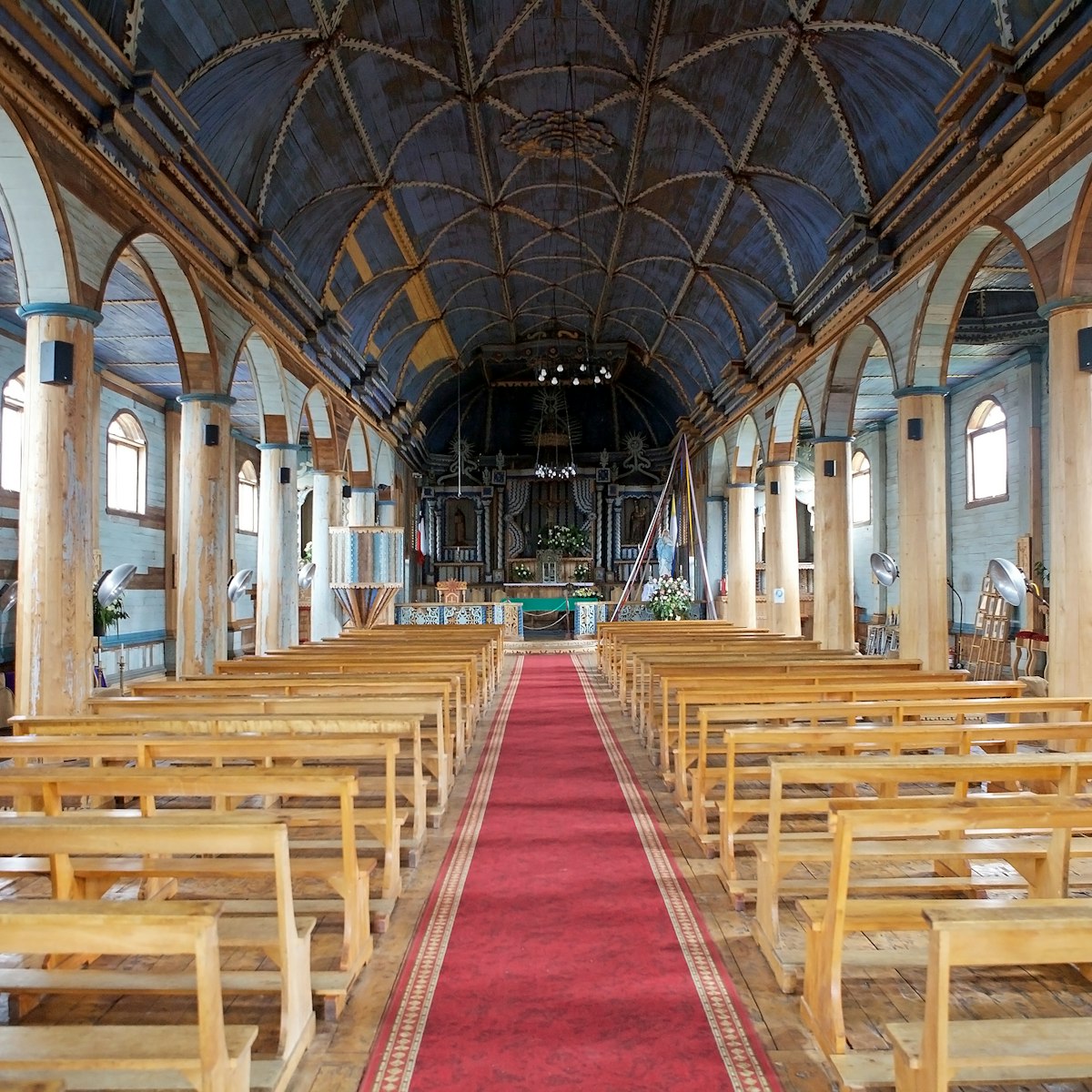
Iglesia Santa María de Loreto
Achao's 18th-century Jesuit church, on the south side of the Plaza de Armas, is Chiloé's oldest (1740). Crowned by a 25m tower, the World Heritage site…
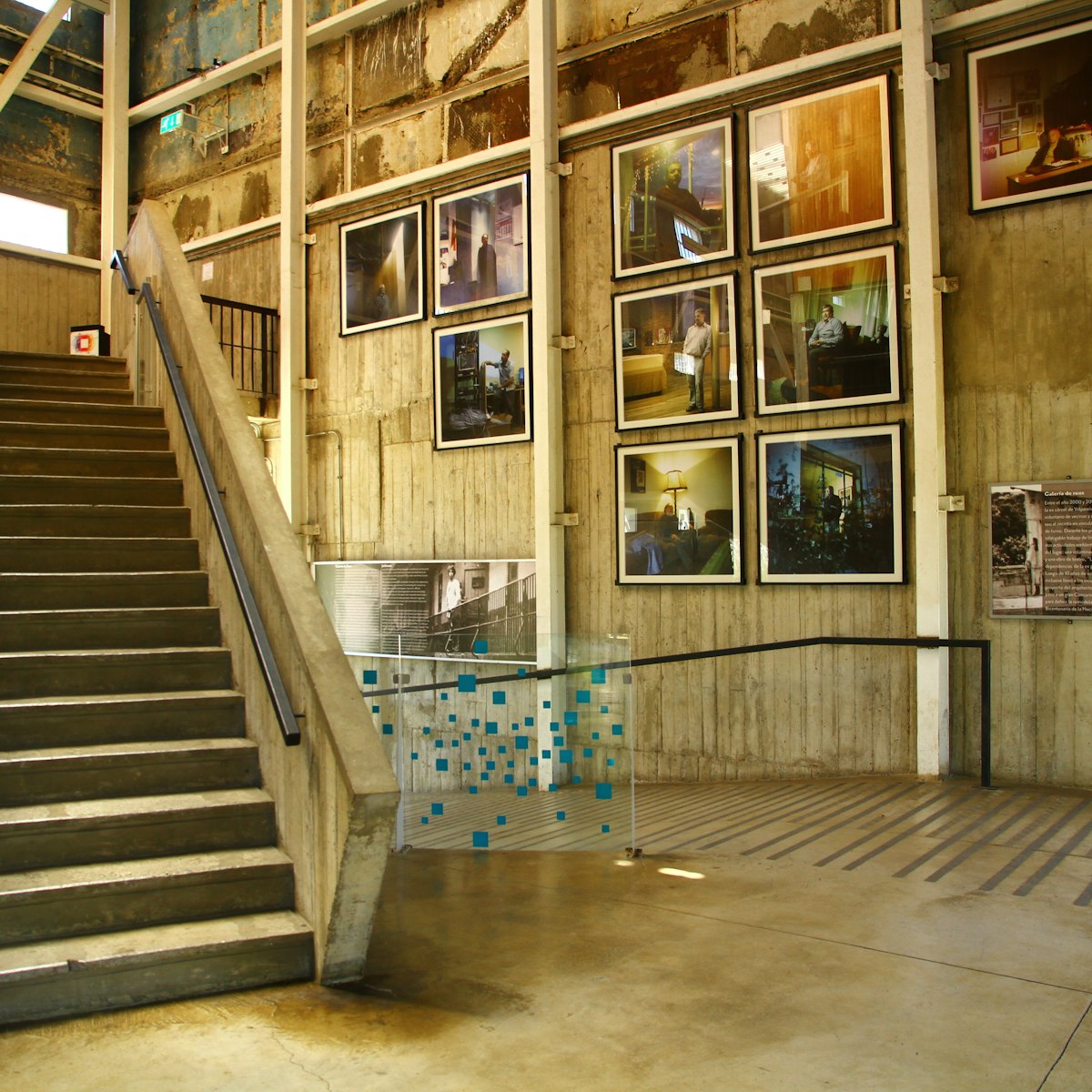
Parque Cultural de Valparaíso
This cultural center built from the bones of a prison has a little bit of everything the thinking traveler could ask for. There are excellent murals in…
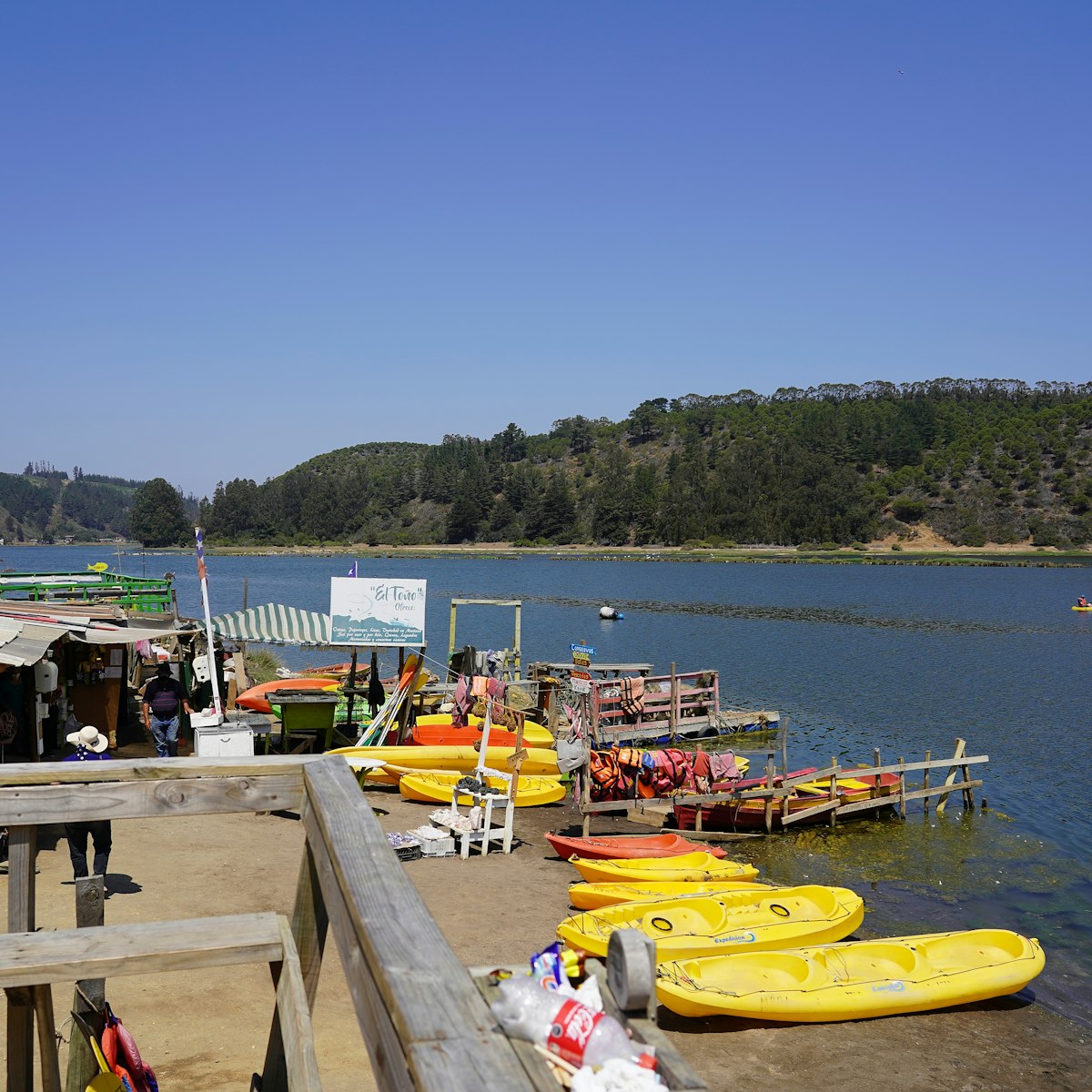
This little village has good ocean views and a few restaurants and cabins. Head to the bridge for a 30-minute boat tour of the Laguna de Cahuil (CH$5000…

Jardín Botánico Nacional
Viña Del Mar
There are over 3000 plant species in the nearly 400 hectares of parkland that comprise Chile's Jardín Botánico Nacional. It's 8km southeast of the city…
Parque del Estrecho de Magallanes
Southern Patagonia
The historic sites of Puerto Hambre (Port Hunger) and Fuerte Bulnes are the centerpiece of this privately managed park, an excellent introduction to…
Museo de Sitio Colón 10
See the 32 excavated Chinchorro mummies in situ at this tiny museum below El Morro. They were discovered when an architect bought this former private home…
Iglesia San Francisco de Castro
Italian Eduardo Provasoli chose a marriage of neo-Gothic and classical architecture in his design for the elaborate Iglesia San Francisco, one of Chiloé's…
Museo de la Memoria y los Derechos Humanos
Opened in 2010, this striking museum isn't for the faint of heart: the exhibits expose the terrifying human rights violations and large-scale …
Museo Chileno de Arte Precolombino
Exquisite pottery from most major pre-Columbian cultures is the backbone of Santiago's best museum, the Museo Chileno de Arte Precolombino. As well as…
Museo Ralli
This little-visited museum on a quiet residential street in Vitacura boasts a stunning collection of contemporary Latin American art mixed in with…
Centro de Visitantes Inmaculada Concepción
Don't even think about visiting Chiloé's Unesco-listed churches without first stopping in at this excellent museum housed in the former Convento…
Museo Regional de Ancud Aurelio Bórquez Canobra
This worthwhile museum, casually referred to as Museo Chiloé, offers interesting displays tracking the history of the island, including a full-sized…
La Confluencia
Don't miss this dramatic viewpoint, where Chile's most powerful river, the Baker, froths into a broad, behemoth cascade before merging with the milkier,…
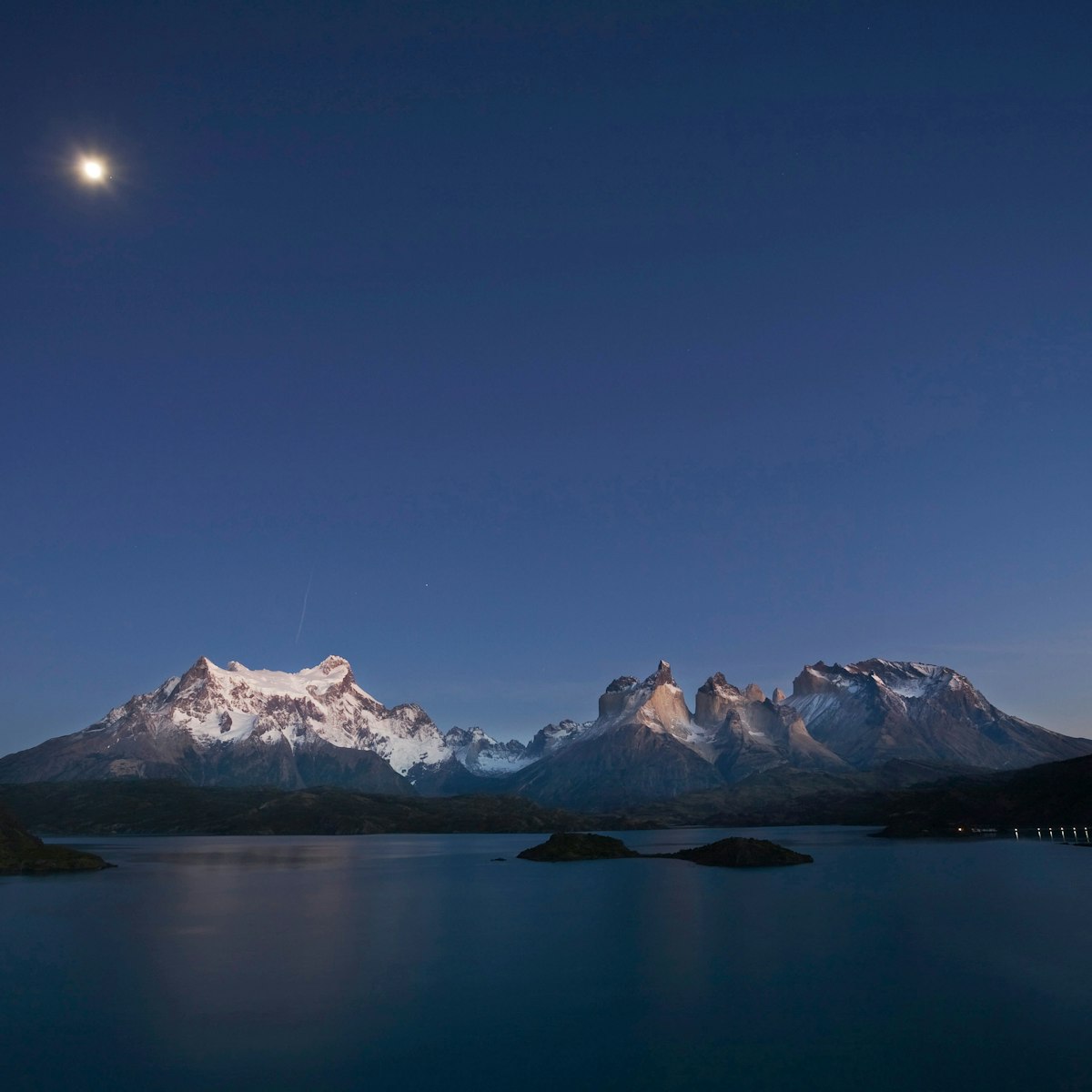
Parque Nacional Torres del Paine
Soaring almost vertically more than 2000m above the Patagonian steppe, the granite pillars of Torres del Paine (Towers of Paine) dominate the landscape of…
Parque Nacional Rapa Nui
The vast majority of Rapa Nui falls within the boundaries of this national park. Think of it like an open-air museum with mysterious archaeological sites…
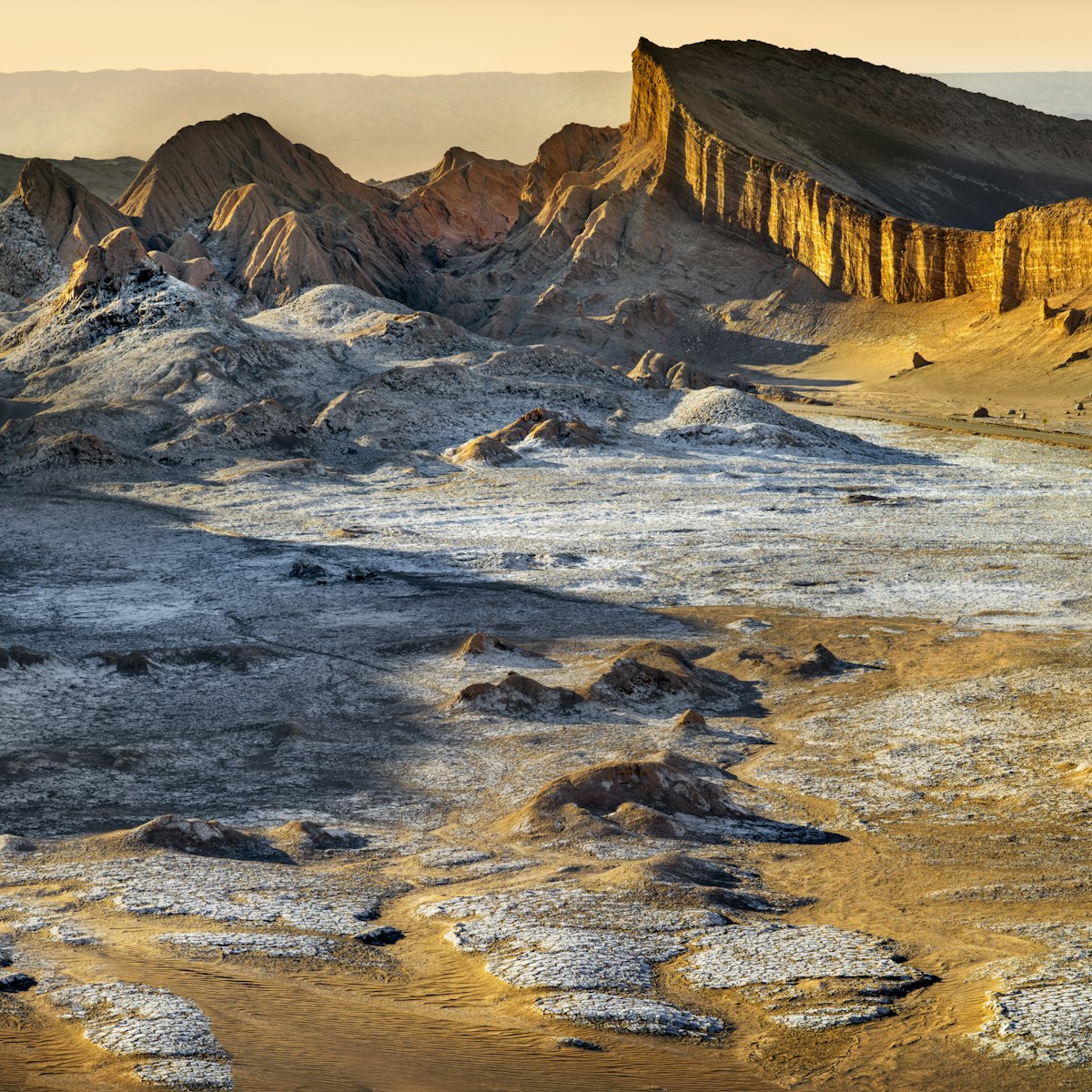
Valle de la Luna
Norte Grande
Watching the sun set from the exquisite Valley of the Moon is an unforgettable experience. From atop a giant sand dune, you can drink in spectacular views…
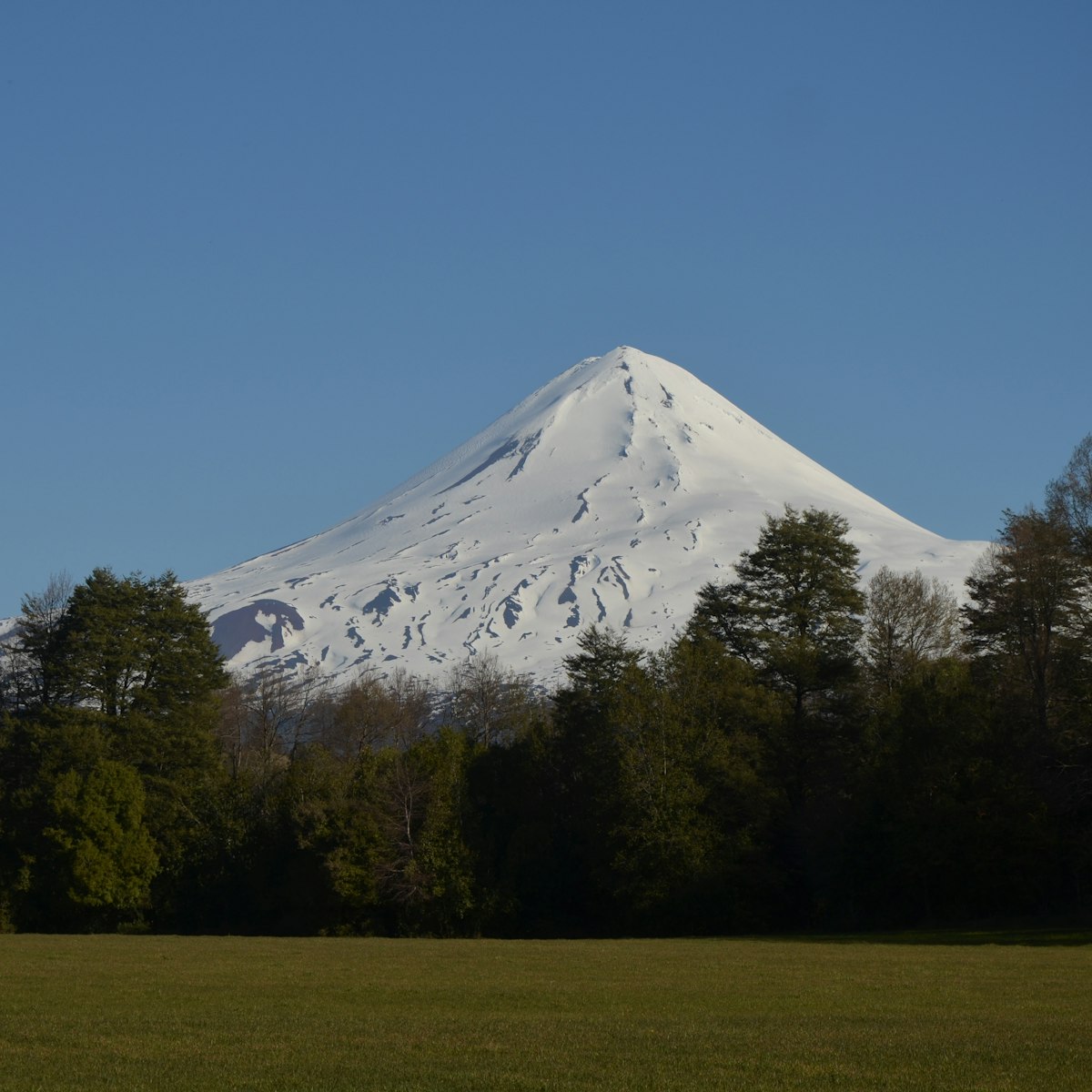
Parque Nacional Conguillío
The 3125m Volcán Llaima, one of Chile's most active volcanoes, forms the focal point of Parque Nacional Conguillío and the Unesco Biosphere Reserve in…
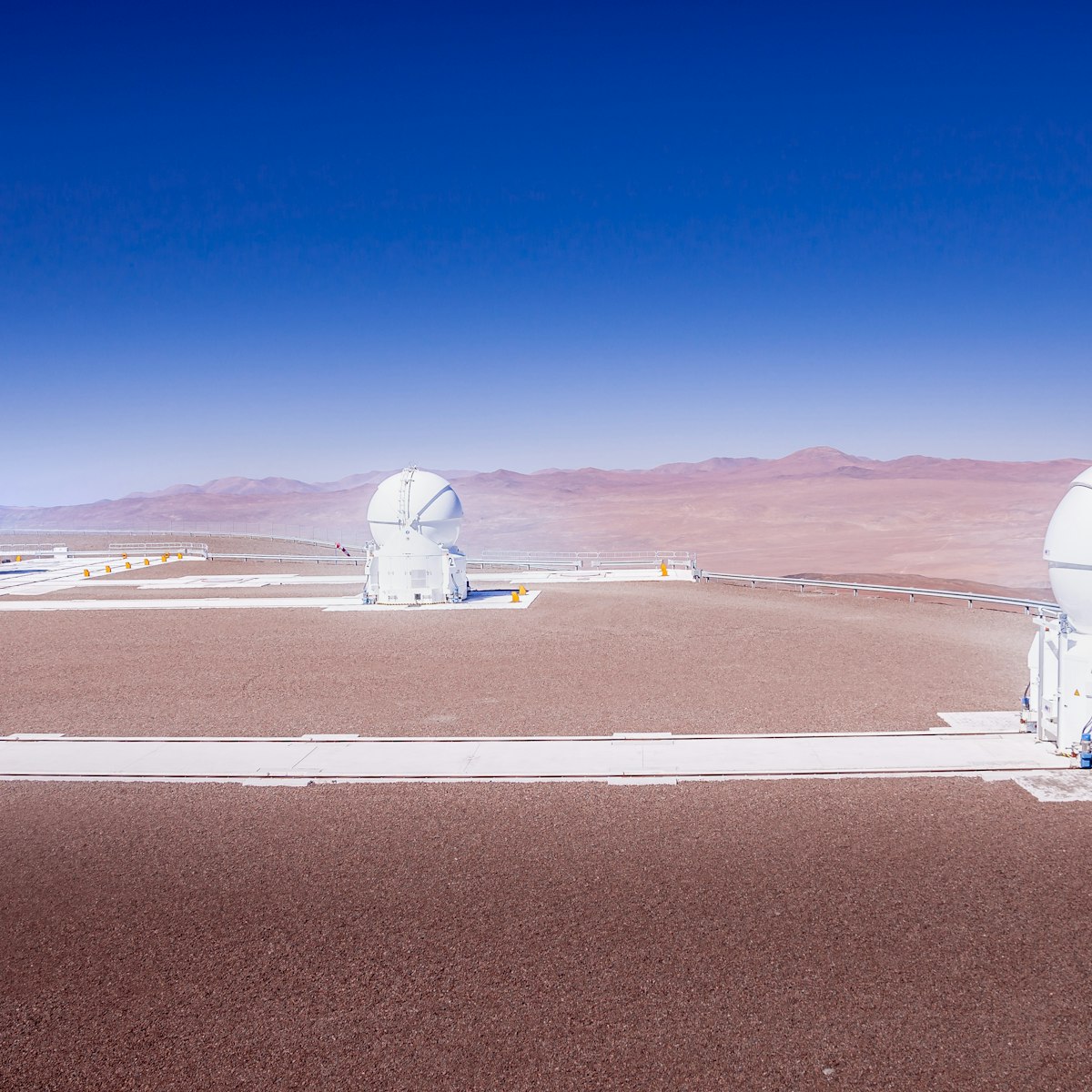
Cerro Paranal Observatory
In the world of high-powered telescopes, where rival institutes jostle to claim the 'biggest,' 'most powerful' or 'most technologically advanced'…
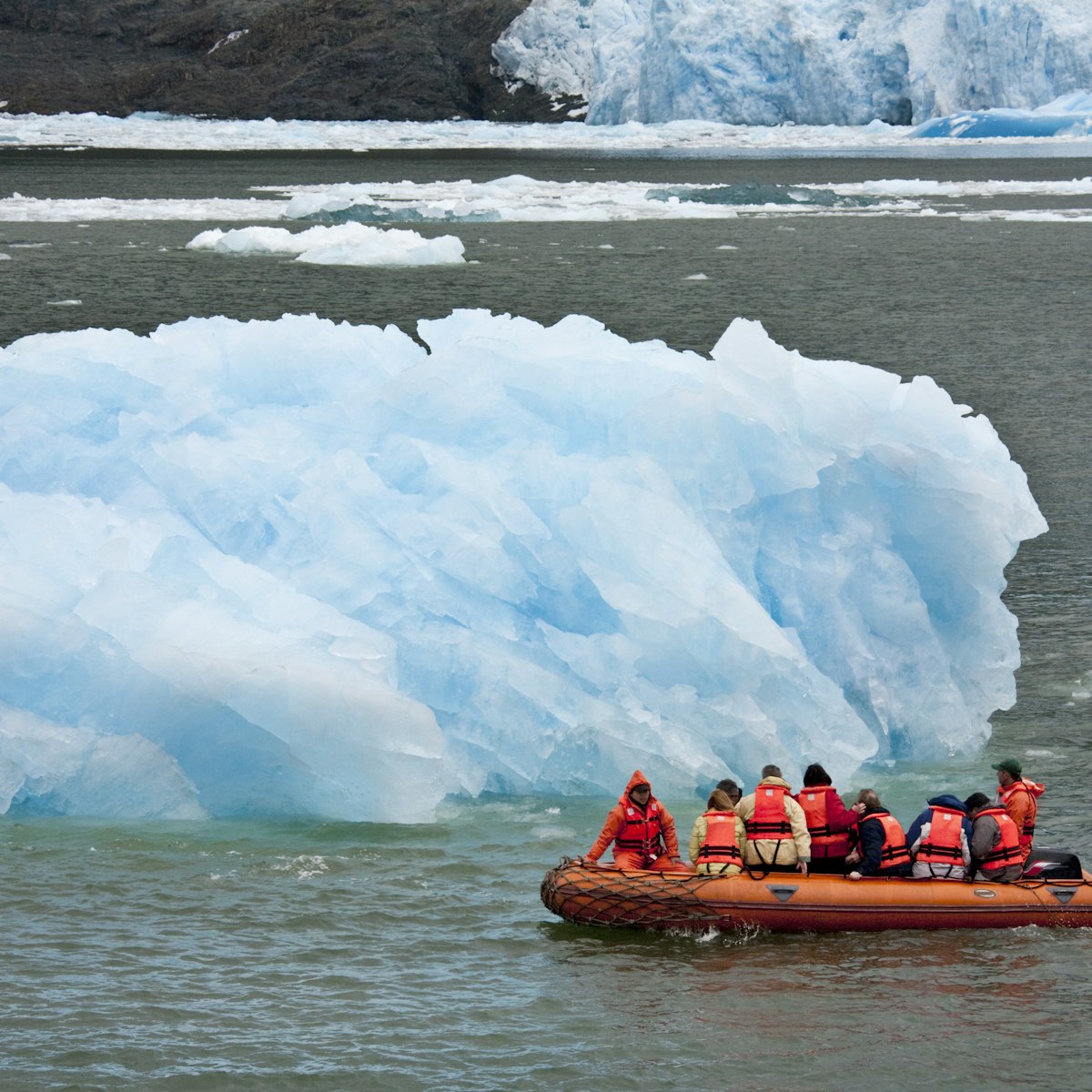
Parque Nacional Laguna San Rafael
Awesome and remote, this national park brings visitors face to face with the 30,000-year-old San Valentín glacier in Chile's Campo de Hielo Norte…
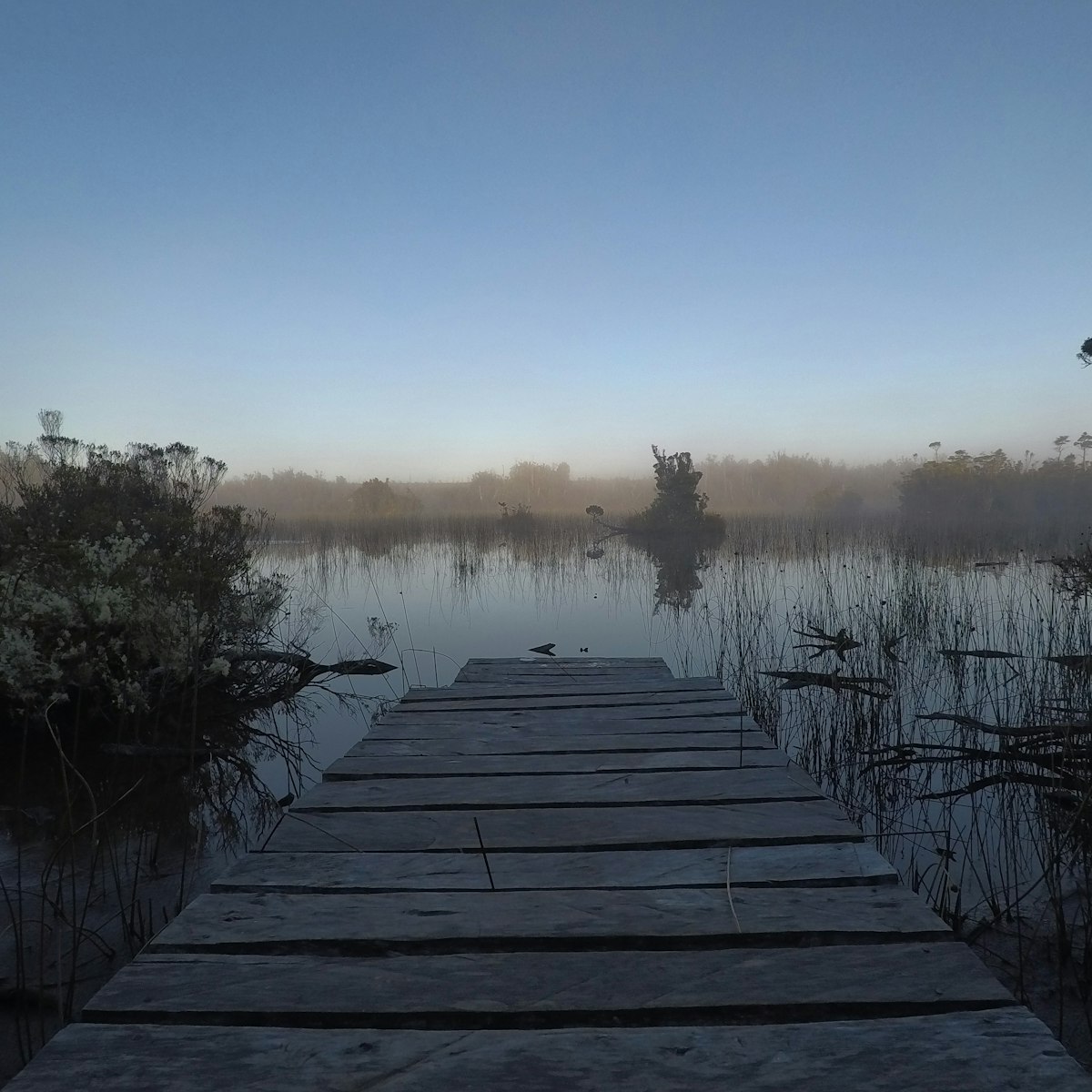
Parque Tantauco
Created and owned by Chilean business magnate and current president Sebastián Piñera (and run by his foundation, Fundación Futura), this private nature…
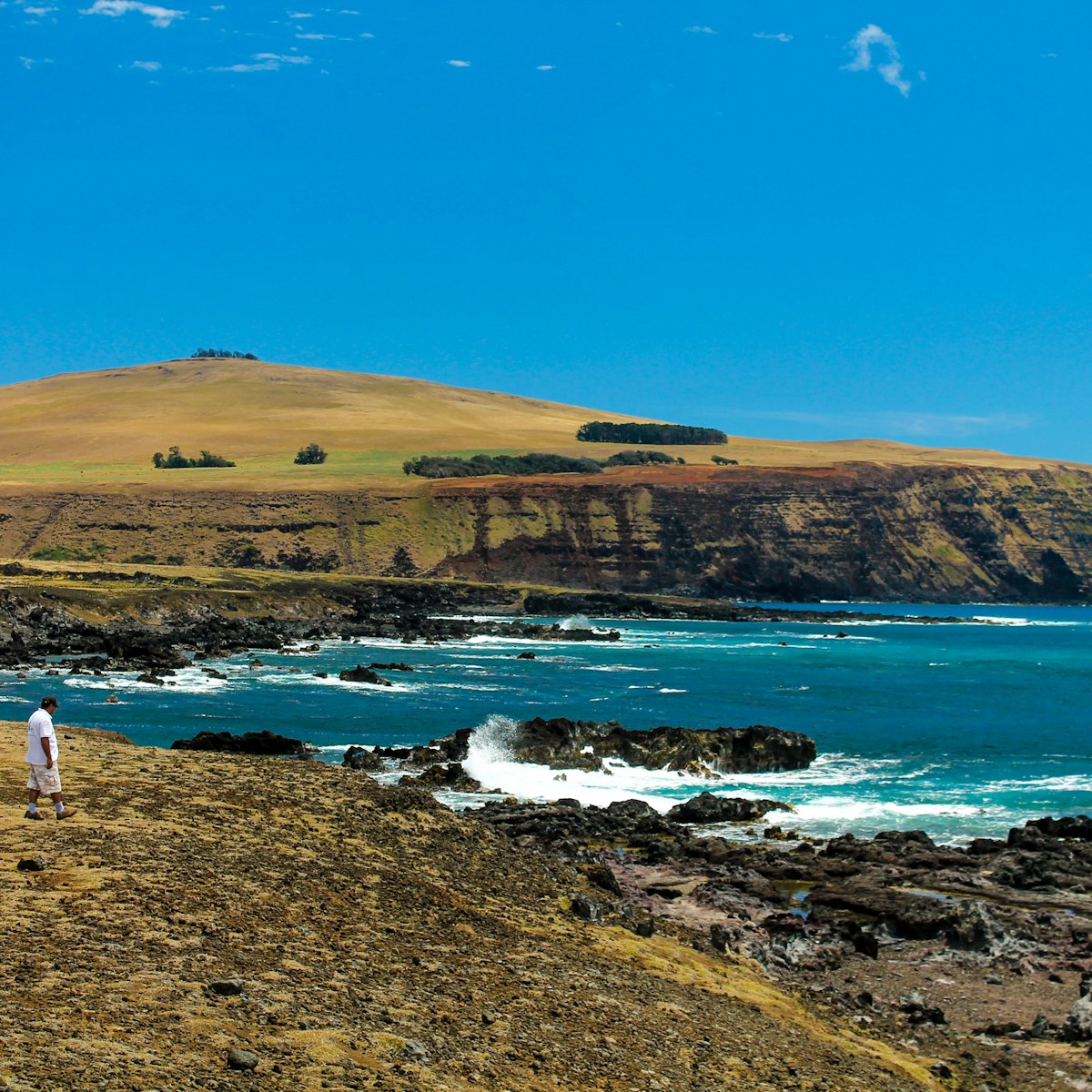
Península Poike
At the eastern end of the island, this high plateau is crowned by the extinct volcano Maunga Pu A Katiki (400m) and bound in by steep cliffs. There are…
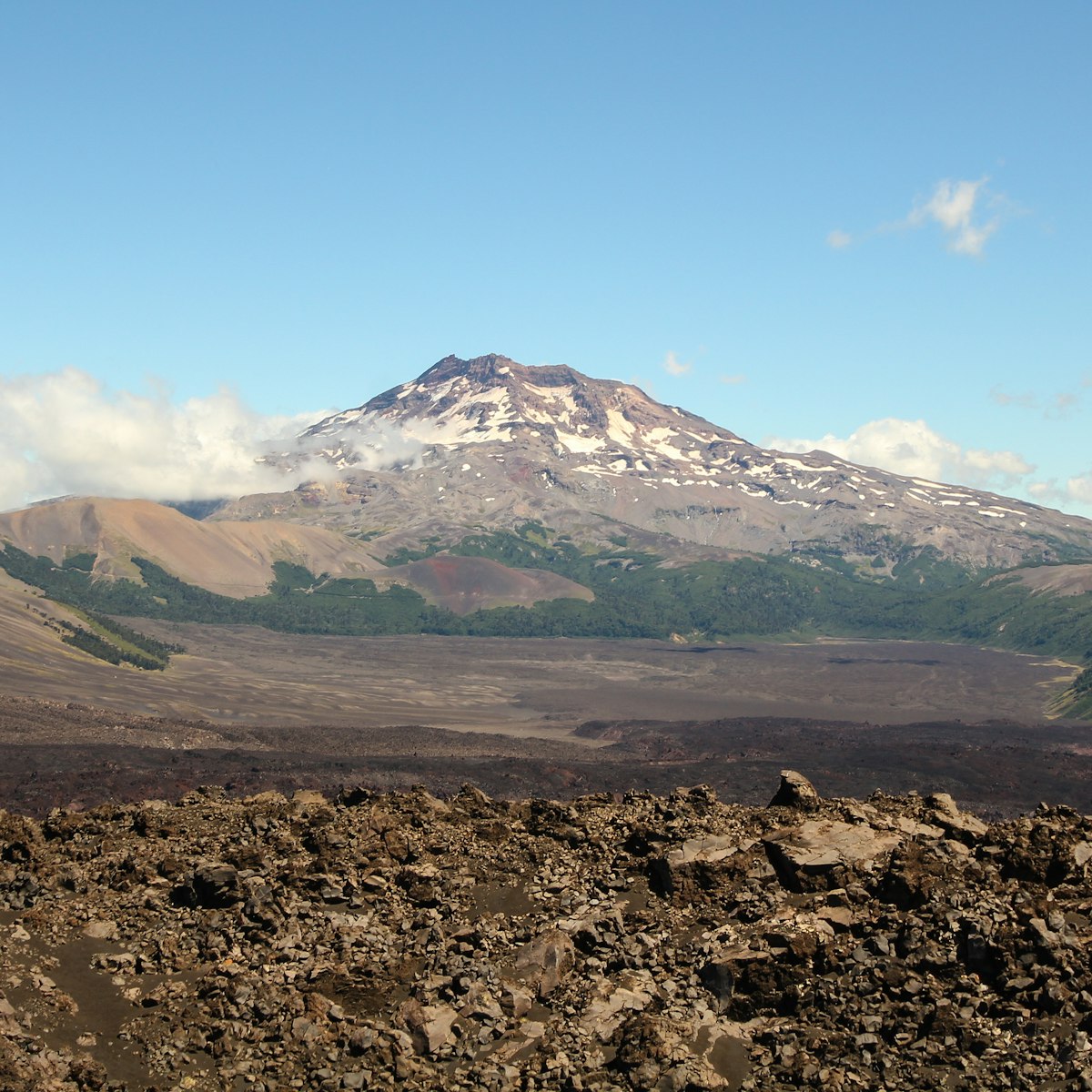
Reserva Nacional Malalcahuello-Nalcas
Serving up one of the most dramatic landscapes in all of Sur Chico and easily the jewel of northern Araucanía’s protected reserves, the 303 sq km Reserva…
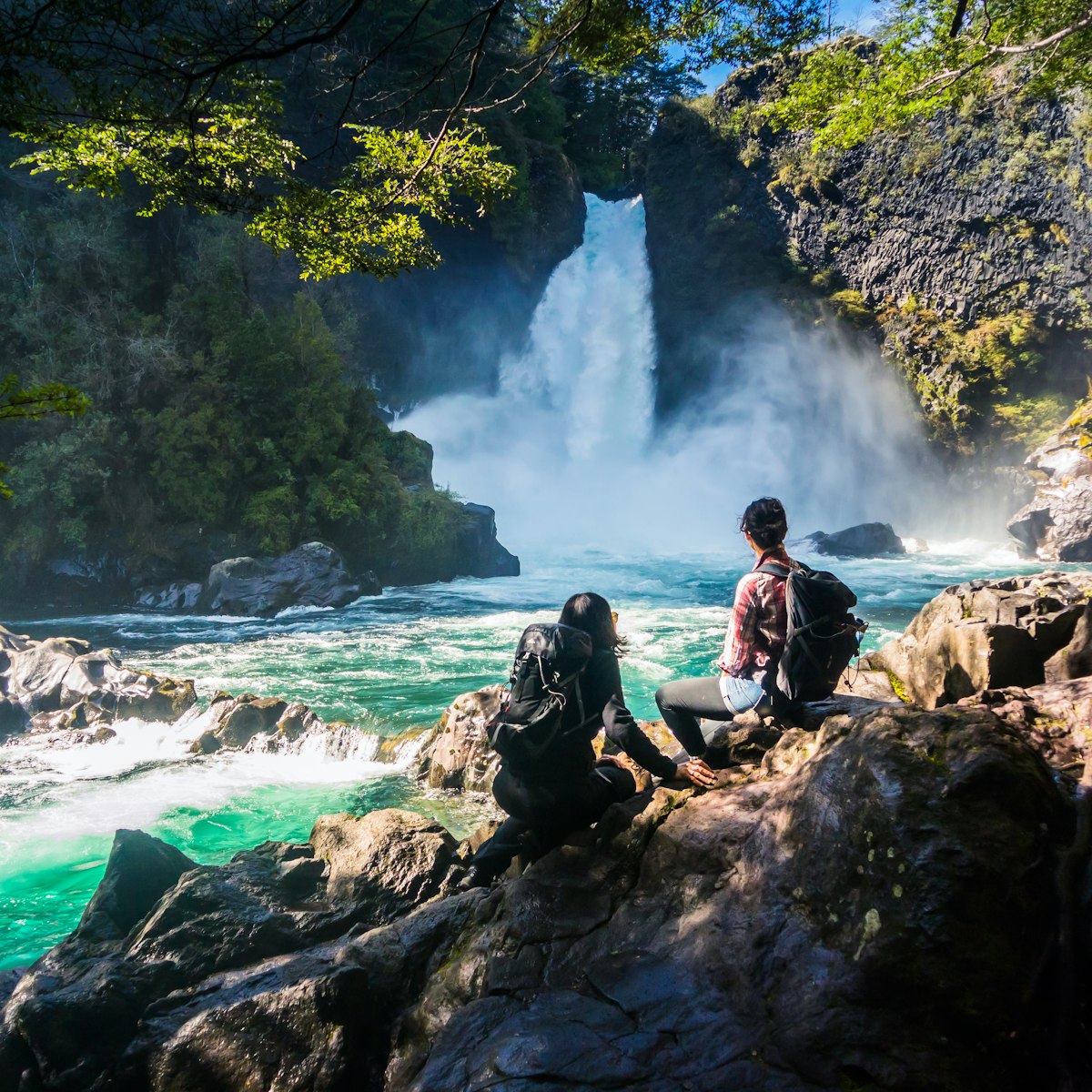
Huilo-Huilo Biological Reserve
This conservation project, begun in 2000, encompasses 1000 sq km of private land that has been developed for low-impact ecotourism and falls within a much…

Parque Nacional Archipiélago Juan Fernández
This national park covers the entire archipelago, a total of 93 sq km, though the township of San Juan Bautista and the airstrip are de-facto exclusions…
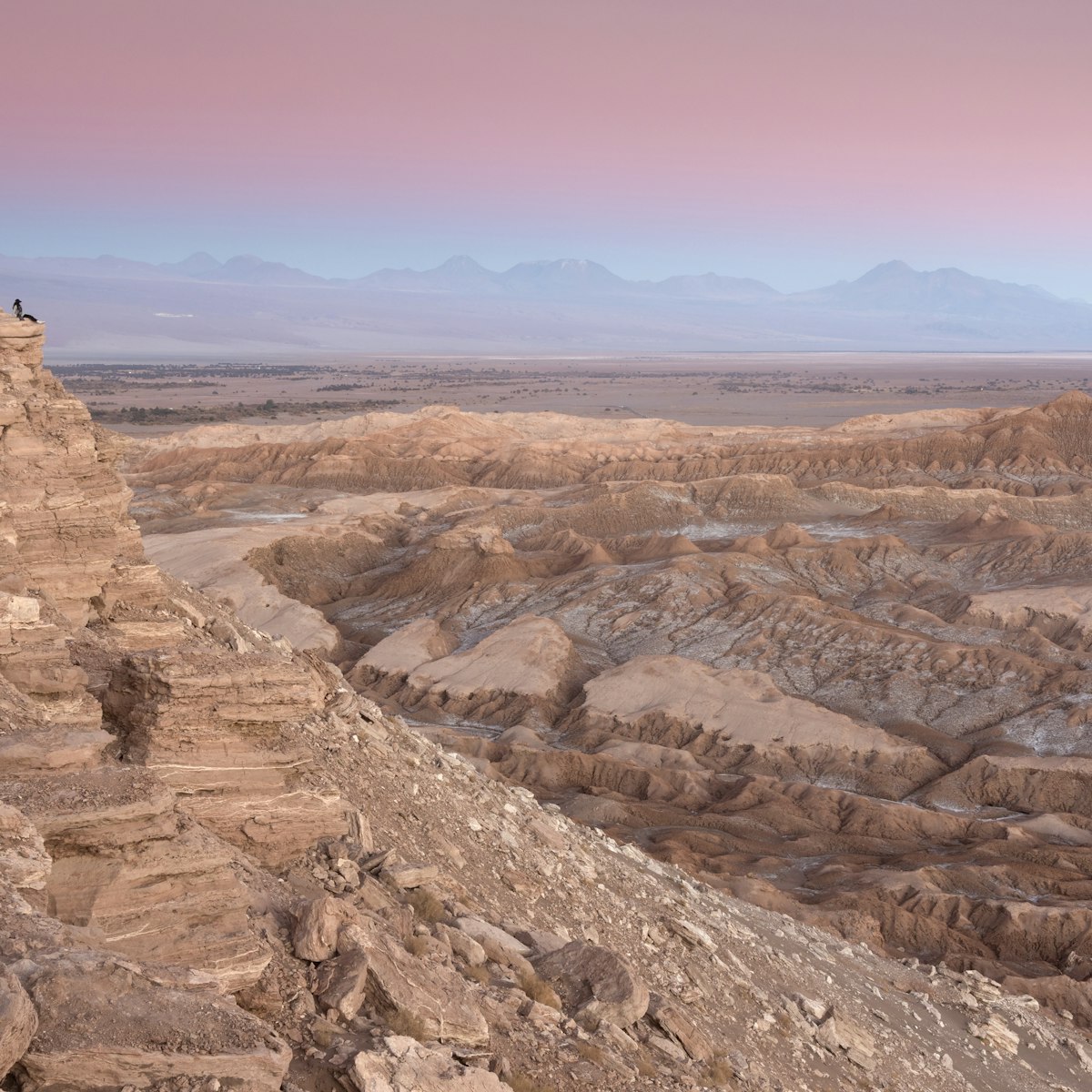
Valle de la Muerte
San Pedro de Atacama Region
Around 3.5km west of San Pedro, this striking valley should figure high on any itinerary to the region, with jagged rocks, a towering sand dune and…
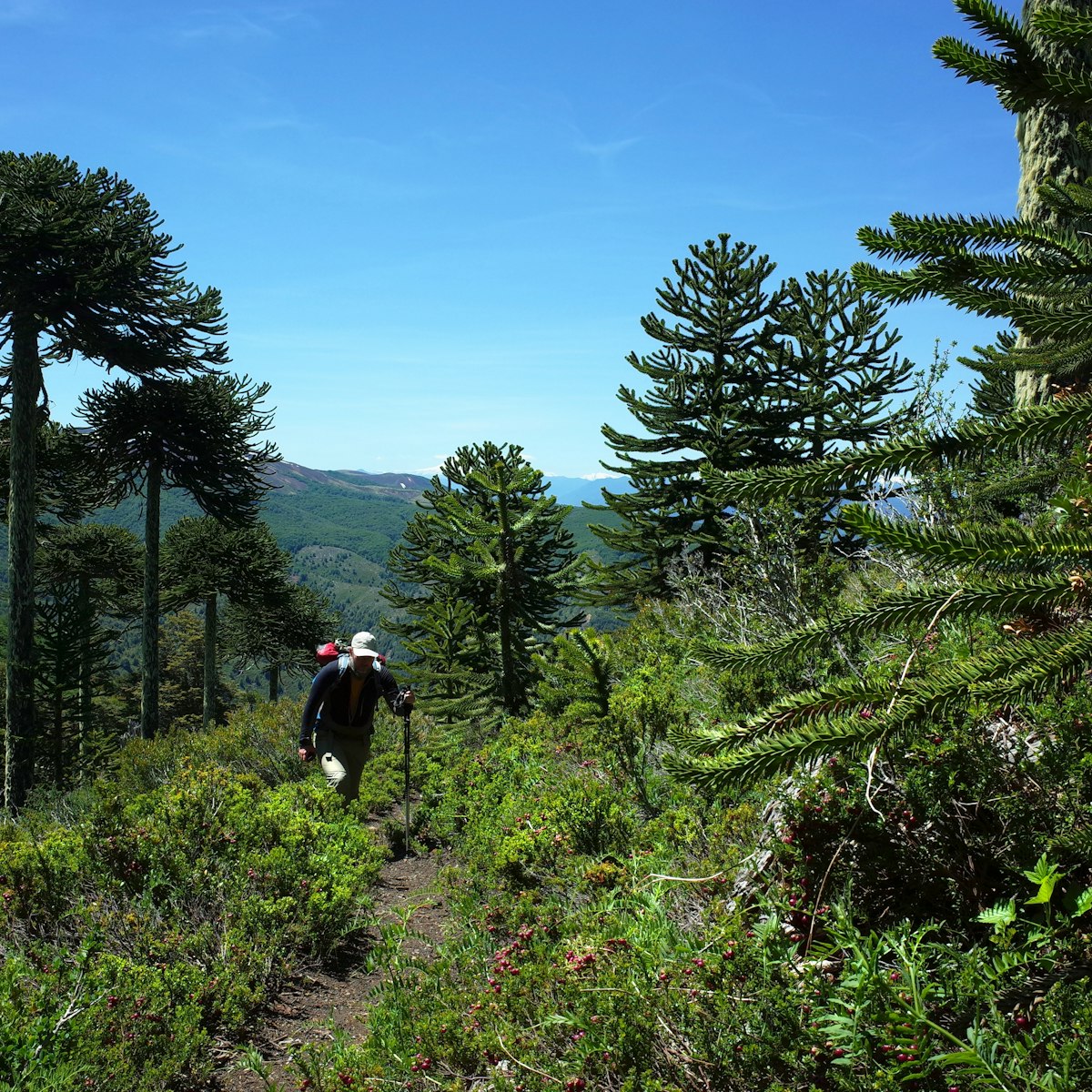
Parque Nacional Villarrica
Towering over the adventure capital of Pucón, Volcán Villarica is the centerpiece of Parque Nacional Villarrica, one of the most popular parks in Chile…
More destinations you need to see
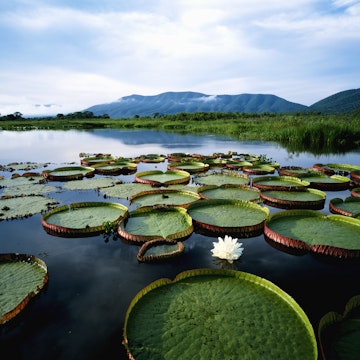

Tourism in Chile
Disclaimer: Some posts on Tourism Teacher may contain affiliate links. If you appreciate this content, you can show your support by making a purchase through these links or by buying me a coffee . Thank you for your support!
Tourism in Chile is big business! But why is this such an important industry and how is it best managed? Read on to find out…
Tourism in Chile
Geography of chile, the tourism industry in chile, statistics about tourism in chile, tourist attractions in chile, types of tourism in chile, economic impacts of tourism in chile, social impacts of tourism in chile, environmental impacts of tourism in chile, faqs about tourism in chile, to conclude: tourism in chile.
Chile, a slender ribbon of land stretching along South America’s western edge, offers a geographic and cultural tapestry unlike any other. From the Atacama Desert in the north to the glacial landscapes of Patagonia in the south, Chile presents a diverse array of natural wonders and rich traditions. This article explores the myriad attractions and experiences that define Chile as a captivating travel destination.

Chile is a long, narrow country located in South America, stretching along the western edge of the continent. Here is an overview of the geography of Chile:
- Shape and Borders: Chile extends over 4,300 kilometers (2,670 miles) from north to south but is relatively narrow, with an average width of about 177 kilometers (110 miles). It is bordered by the Pacific Ocean to the west, Argentina to the east, Bolivia to the northeast, and Peru to the north.
- Coastline: Chile boasts an extensive coastline that stretches approximately 6,435 kilometers (4,000 miles) along the Pacific Ocean. It is characterized by rugged cliffs, rocky headlands, fjords, and numerous islands, including the Juan Fernández Islands and the Chiloé Archipelago.
- Regions: Chile can be divided into several geographical regions. From north to south, these include the Atacama Desert, the Norte Chico, the Central Valley, the Chilean Coastal Range, the Andes Mountains, the Lakes District, and the Patagonian region.
- Atacama Desert: Located in northern Chile, the Atacama Desert is one of the driest places on Earth. It features vast stretches of arid landscapes, salt flats, geysers, and unique rock formations. The region is known for its astronomical observatories due to the clear and dry skies.
- Andes Mountains: The Andes Mountain range runs along the eastern border of Chile, separating it from Argentina. This mountainous region is home to many active volcanoes, including Villarrica, Llaima, and Osorno. The Andes offer breathtaking landscapes, high-altitude lakes, and excellent opportunities for trekking and mountaineering.
- Patagonia: Located in southern Chile, Patagonia is renowned for its stunning natural beauty. It encompasses diverse landscapes, including glaciers, fjords, lakes, mountains, and the iconic Torres del Paine National Park. Patagonia is a popular destination for adventure activities, such as hiking, camping, and wildlife watching.
- Lakes District: The Lakes District is a picturesque region known for its pristine lakes, dense forests, and snow-capped volcanoes. It offers opportunities for water sports, fishing, hot springs, and exploring charming towns like Puerto Varas and Pucon.
- Easter Island: Although geographically part of Chile, Easter Island is situated in the southeastern Pacific Ocean, approximately 3,700 kilometers (2,300 miles) off the mainland. It is famous for its mysterious moai statues, which are massive stone sculptures created by the indigenous Rapa Nui people.
- Climate: Chile experiences diverse climates due to its extensive north-to-south stretch. The north features a desert climate with hot and dry conditions, while the central regions have a Mediterranean climate with warm summers and mild winters. Further south, the climate becomes cooler and wetter, with subpolar conditions in the extreme south.
- Natural Resources: Chile is rich in natural resources. It is the world’s leading producer of copper and possesses significant reserves of other minerals, including lithium. The country also has vast agricultural areas, producing fruits, vegetables, wine, and seafood.
The geographical diversity of Chile offers a wide range of outdoor activities, stunning landscapes, and unique ecosystems, attracting travelers from around the world.
The tourism industry in Chile has experienced significant growth in recent years, becoming an important sector for the country’s economy. Chile’s diverse geography, natural beauty, cultural heritage, and outdoor activities attract a wide range of international visitors. Here is an introduction to the tourism industry in Chile:
- Natural Attractions: Chile is known for its breathtaking natural attractions, including the Atacama Desert, the Andes Mountains, the Lake District, Patagonia, and the Easter Island. These destinations offer diverse landscapes, such as deserts, volcanoes, glaciers, fjords, lakes, and pristine beaches, making Chile a paradise for outdoor enthusiasts, adventurers, and nature lovers.
- Adventure Tourism: Chile is a popular destination for adventure tourism. Visitors can engage in activities like hiking, trekking, mountaineering, skiing, snowboarding, rafting, kayaking, surfing, and wildlife watching. The country’s diverse geography and challenging terrains provide ample opportunities for adrenaline-pumping adventures.
- Cultural Heritage: Chile boasts a rich cultural heritage influenced by its indigenous roots, colonial history, and modern developments. Visitors can explore historic neighborhoods, museums, and landmarks in cities like Santiago, Valparaiso, and La Serena. The archaeological sites of the Atacama Desert and the mysterious moai statues on Easter Island offer insights into the country’s ancient civilizations.
- Wine Tourism: Chile’s wine industry has gained international recognition, and wine tourism has become increasingly popular. The Central Valley region, including areas like Maipo Valley and Colchagua Valley, offers picturesque vineyards and wineries where visitors can sample world-class wines, take tours, and enjoy wine tastings.
- Gastronomy: Chilean cuisine is diverse, with influences from indigenous traditions, Spanish heritage, and international flavors. Visitors can savor traditional dishes like empanadas, cazuela (stew), pastel de choclo (corn pie), and seafood specialties. The country also has a thriving seafood industry, making it a paradise for seafood lovers.
- Ecotourism and Sustainability: Chile has been actively promoting ecotourism and sustainable practices. National parks, nature reserves, and protected areas offer opportunities for ecotourism, wildlife conservation, and responsible travel. Sustainable initiatives are also encouraged in accommodations, transportation, and tour operators to minimize environmental impacts.
- Accessibility and Infrastructure: Chile has invested in improving its tourism infrastructure, including airports, roads, accommodations, and tourist services. Major cities like Santiago and Valparaiso are well-connected by international flights, and internal flights and buses facilitate travel to various regions. Accommodation options range from budget hostels to luxury hotels and eco-lodges.
- Tourist Routes and Circuits: Chile offers several well-defined tourist routes and circuits that allow visitors to explore different regions and attractions. Examples include the Ruta del Vino (Wine Route), Carretera Austral (Southern Highway), the Route of the Parks, and the Rapa Nui Cultural Circuit on Easter Island.
- Sustainability and Conservation: Chile has made efforts to protect its natural and cultural heritage through the creation of national parks, reserves, and UNESCO World Heritage Sites. Conservation initiatives aim to preserve unique ecosystems, promote sustainable practices, and ensure the long-term viability of tourism in these areas.
- Hospitality and Services: Chilean hospitality is known for its warmth and friendliness. The tourism industry has grown in response to the increasing number of visitors, leading to the development of quality services, tour operators, guides, and accommodations that cater to the needs and preferences of travelers.
Here are 10 key statistics about tourism in Chile:
- In 2019, Chile welcomed approximately 4.5 million international tourists, marking a 5% increase compared to the previous year.
- Tourism contributed approximately 3.5% to Chile’s GDP in 2019.
- The number of international tourist arrivals to Chile has been steadily increasing over the years, with an average annual growth rate of 11.1% from 2008 to 2019.
- The United States, Argentina, Brazil, and Europe (particularly Spain, France, Germany, and the United Kingdom) are among the top source markets for tourists visiting Chile.
- Santiago, the capital city of Chile, is the main entry point for international tourists, accounting for a significant portion of arrivals. Other popular destinations include Valparaiso, San Pedro de Atacama, Torres del Paine National Park, and Easter Island.
- The tourism industry in Chile generates employment opportunities for a significant number of people. In 2019, it directly employed around 440,000 individuals, accounting for 2.4% of total employment in the country.
- Adventure tourism is a major draw for visitors to Chile. The country offers diverse outdoor activities, including trekking, hiking, skiing, mountaineering, water sports, and wildlife watching.
- Wine tourism has gained prominence in Chile, with its wine regions attracting visitors from around the world. The country is the ninth-largest wine producer globally and offers wine tours and tastings in regions like Maipo Valley, Colchagua Valley, and Casablanca Valley.
- Sustainable tourism practices are emphasized in Chile. The country has developed several protected areas, national parks, and nature reserves to preserve its unique ecosystems and promote eco-tourism.
- Cruise tourism is also significant in Chile, with various cruise lines including Chilean ports in their itineraries. The country’s long coastline, fjords, and stunning landscapes make it an attractive destination for cruise passengers.

Chile is a country filled with remarkable tourist attractions that cater to a wide range of interests. Here are some of the most popular tourist attractions in Chile:
- Torres del Paine National Park: Located in Patagonia, Torres del Paine is one of the most breathtaking national parks in the world. It features stunning granite peaks, glaciers, turquoise lakes, and diverse wildlife. The park offers opportunities for hiking, camping, and wildlife spotting.
- Easter Island (Rapa Nui): Situated in the southeastern Pacific Ocean, Easter Island is famous for its mysterious moai statues. Visitors can explore the archaeological sites, learn about the fascinating history of the Rapa Nui civilization, and witness the unique Polynesian culture.
- San Pedro de Atacama: Located in the Atacama Desert, San Pedro de Atacama is a small town that serves as a gateway to various natural wonders. Visitors can witness otherworldly landscapes, including the Moon Valley, geysers, salt flats, and colorful lagoons.
- Valparaiso: This vibrant coastal city is renowned for its colorful houses, bohemian atmosphere, and artistic heritage. The hills of Valparaiso are adorned with street art, and its historic center is a UNESCO World Heritage site. Visitors can enjoy panoramic views, explore art galleries, and ride the historic funiculars.
- Chiloé Archipelago: Located in southern Chile, the Chiloé Archipelago is known for its distinctive culture and stunning landscapes. The region is dotted with charming wooden churches, palafitos (stilt houses), and offers opportunities for hiking, kayaking, and observing unique bird species.
- Wine Regions: Chile is famous for its wine production, and several wine regions attract wine enthusiasts. The Maipo Valley, Colchagua Valley, Casablanca Valley, and others offer vineyard tours, wine tastings, and the chance to experience the country’s renowned wines firsthand.
- Santiago: The capital city of Chile, Santiago, is a bustling metropolis that blends modernity with historic charm. Visitors can explore the vibrant neighborhoods, visit cultural sites like the Plaza de Armas and La Moneda Palace, and enjoy delicious cuisine and vibrant nightlife.
- Pucon: Nestled in the Lakes District, Pucon is a popular adventure tourism destination. It offers activities like climbing Villarrica Volcano, exploring hot springs, enjoying water sports on Lake Villarrica, and trekking in nearby national parks.
- Lauca National Park: Located in northern Chile, Lauca National Park showcases stunning high-altitude landscapes, including snow-capped volcanoes, lakes, and hot springs. It’s known for its diverse wildlife, including vicuñas, flamingos, and Andean foxes.
- Elqui Valley: Situated in the northern part of the country, the Elqui Valley is known for its clear skies and ideal stargazing conditions. It’s also famous for its vineyards, pisco production, and beautiful landscapes.
These attractions highlight the diverse beauty and cultural heritage of Chile, providing visitors with an array of memorable experiences.
Chile offers a diverse range of tourism experiences, catering to various interests and preferences. Here are some of the most popular types of tourism in Chile:
- Nature and Adventure Tourism: Chile’s natural landscapes are a major draw for adventure enthusiasts and nature lovers. Activities such as trekking, hiking, mountaineering, skiing, snowboarding, white-water rafting, kayaking, and wildlife spotting are popular in destinations like Torres del Paine National Park, the Atacama Desert, Patagonia, and the Lake District.
- Cultural and Historical Tourism: Chile has a rich cultural heritage influenced by indigenous cultures, Spanish colonization, and European immigration. Visitors can explore historical sites, museums, and archaeological sites like Easter Island’s moai statues, Valparaiso’s UNESCO-listed historic center, and the Atacama Desert’s pre-Columbian ruins.
- Wine and Gastronomic Tourism: Chile’s wine regions have gained international acclaim, making wine tourism a popular choice for visitors. Wine enthusiasts can tour vineyards, participate in tastings, and learn about the winemaking process in regions like Maipo Valley, Colchagua Valley, and Casablanca Valley. Chilean cuisine, including seafood dishes, traditional empanadas, and hearty stews, also attracts food lovers.
- Ecotourism and Sustainability: Chile is committed to preserving its natural heritage and promoting sustainable tourism practices. Ecotourism is popular, with protected areas like national parks and nature reserves offering opportunities for eco-conscious travelers to explore pristine environments, observe unique flora and fauna, and support conservation efforts.
- Astronomical and Stargazing Tourism: Chile’s clear skies and favorable atmospheric conditions make it an ideal destination for astronomical and stargazing tourism. Observatories and research centers in regions like the Atacama Desert provide visitors with the opportunity to witness breathtaking views of the night sky, learn about astronomy, and engage in stargazing tours.
- Wellness and Spa Tourism: Chile boasts natural thermal springs and spa resorts that cater to wellness seekers. Destinations like Termas Geométricas and Termas de Puritama offer relaxation, rejuvenation, and therapeutic experiences in the midst of stunning natural surroundings.
- Ski and Winter Sports Tourism: The Andes Mountains provide excellent opportunities for ski and winter sports enthusiasts. Ski resorts like Valle Nevado, Portillo, and La Parva attract visitors from around the world who come to enjoy the slopes, snowboarding, heli-skiing, and other winter activities.
- Beach and Coastal Tourism: Chile’s long coastline offers beautiful beaches, seaside towns, and opportunities for water sports and relaxation. Popular coastal destinations include Viña del Mar, La Serena, Arica, and the surfing hotspot of Pichilemu.
- Birdwatching and Wildlife Tourism: Chile is home to diverse ecosystems, attracting birdwatchers and wildlife enthusiasts. The country offers the chance to spot unique species like flamingos, condors, penguins, marine mammals, and various bird species in their natural habitats.
- Off-the-Beaten-Path Tourism: For adventurous travelers seeking off-the-beaten-path experiences, Chile offers remote and less-explored regions. These include the Carretera Austral in Patagonia, remote islands like Robinson Crusoe Island, and lesser-known national parks that offer solitude and untamed beauty.
These types of tourism showcase the vast array of experiences and attractions that make Chile an exciting and sought-after destination for travelers.
Tourism plays a significant role in the economy of Chile, contributing to job creation, foreign exchange earnings, and regional development. Here are some key points regarding the economic impacts of tourism in Chile:
- Contribution to GDP: Tourism is an important sector of the Chilean economy, contributing directly and indirectly to the Gross Domestic Product (GDP). In 2019, tourism accounted for approximately 3.5% of Chile’s GDP.
- Employment Generation: The tourism industry in Chile generates a substantial number of jobs across various sectors. It directly employs a significant portion of the workforce, including individuals working in hotels, restaurants, transportation, travel agencies, and tour operators. In 2019, tourism directly employed around 440,000 people, constituting approximately 2.4% of total employment in the country.
- Foreign Exchange Earnings: Tourism in Chile brings in foreign currency through the expenditures of international visitors. This revenue contributes to the country’s foreign exchange reserves and helps support economic stability. In 2019, international tourism receipts in Chile amounted to approximately USD 3.3 billion.
- Balance of Payments: Tourism in Chile has a positive impact on the country’s balance of payments. The inflow of foreign currency through tourism revenue helps offset the outflow of currency due to imports and other external expenses.
- Regional Development: Tourism in Chile contributes to regional development by promoting economic activities in various parts of the country. Popular tourist destinations outside major cities benefit from infrastructure development, job creation, and increased business opportunities, helping to reduce regional disparities.
- Diversification of the Economy: The tourism industry contributes to diversifying Chile’s economy, reducing its dependence on traditional sectors such as mining and agriculture. By attracting international visitors, tourism helps stimulate investment, innovation, and entrepreneurship in related industries and services.
- Small and Medium Enterprises (SMEs): Tourism in Chile provides opportunities for small and medium-sized enterprises to thrive. Local accommodations, restaurants, craft vendors, tour guides, and transportation services often benefit from tourism-related demand, leading to the growth of micro-businesses and supporting local entrepreneurship.
- Ancillary Industries: Tourism in Chile creates a ripple effect in other industries, stimulating demand for goods and services. Industries such as agriculture, food production, retail, construction, and entertainment indirectly benefit from tourism-related activities.
- Infrastructure Development: The growth of tourism in Chile often leads to infrastructure development, including the construction and improvement of transportation networks, airports, hotels, restaurants, and other tourist facilities. This not only enhances the visitor experience but also supports the overall development of the country’s infrastructure.
- Investment and Foreign Direct Investment (FDI): The tourism industry in Chile attracts domestic and foreign investments, contributing to its growth and expansion. Investors recognize the potential of Chile as a tourism destination, leading to the development of new accommodations, attractions, and tourism-related businesses.

Tourism in Chile has various social impacts on the local communities, culture, and society. Here are some key points highlighting the social impacts of tourism in Chile:
- Cultural Exchange: Tourism in Chile provides opportunities for cultural exchange between visitors and local communities. Travelers have the chance to learn about Chilean traditions, customs, and heritage, while locals have the opportunity to share their culture, history, and way of life.
- Preservation of Cultural Heritage: Tourism in Chile can contribute to the preservation and promotion of cultural heritage. Historical sites, museums, indigenous communities, and traditional festivals gain recognition and support through tourism, leading to their preservation and safeguarding for future generations.
- Community Empowerment: Tourism can empower local communities by providing economic opportunities. Local residents can engage in tourism-related activities such as offering accommodations, guiding tours, selling handicrafts, and providing local experiences, thus enhancing their livelihoods and socioeconomic conditions.
- Revitalization of Traditional Practices: Tourism in Chile can help revitalize and promote traditional practices and crafts. Local artisans, farmers, and producers often benefit from tourism demand for authentic products, leading to the preservation and continuation of traditional skills and knowledge.
- Cultural Pride and Identity: Tourism in Chile can foster a sense of pride and identity among local communities. Recognizing their cultural heritage and traditions as valuable tourism assets can instill a sense of pride and contribute to the preservation of cultural identity.
- Awareness and Appreciation of Diversity: Tourism in Chile exposes visitors to the diverse cultural and ethnic groups within Chile. By interacting with different communities, tourists gain a deeper understanding and appreciation of cultural diversity, fostering tolerance, respect, and cultural exchange.
- Social Cohesion and Community Development: Tourism in Chile can contribute to social cohesion by promoting interaction and cooperation among community members. Collaborative efforts for tourism development can lead to improved community infrastructure, services, and a sense of unity among residents.
- Education and Awareness: Tourism in Chile can serve as an educational platform, raising awareness about environmental conservation, cultural heritage, and sustainable practices. Visitors often learn about local customs, history, and environmental preservation, fostering a sense of responsibility and respect towards the destination.
- Infrastructure and Services Development: The growth of tourism often leads to the development of infrastructure and services that benefit both residents and visitors. Improved roads, transportation networks, healthcare facilities, and other amenities can enhance the quality of life for local communities.
- Social Inclusion and Empowerment: Tourism in Chile can contribute to social inclusion by involving marginalized groups, indigenous communities, and women in tourism-related activities. Inclusive tourism initiatives can create opportunities for underrepresented populations, promote diversity, and empower vulnerable groups.
While tourism brings positive social impacts, it’s important to address potential challenges such as overtourism, cultural commodification, and maintaining a balance between preserving cultural authenticity and meeting visitor expectations. Responsible and sustainable tourism practices can maximize the positive social impacts while mitigating negative effects, ensuring the well-being of local communities.

Tourism, while bringing economic and social benefits, can also have environmental impacts. In the case of Chile, tourism can affect the country’s diverse ecosystems and natural resources. Here are some key points regarding the environmental impacts of tourism in Chile:
- Biodiversity and Habitat Conservation: Chile is known for its rich biodiversity and unique ecosystems, including forests, deserts, mountains, and coastal areas. Tourism activities can impact fragile habitats and wildlife populations if not managed sustainably. It is crucial to promote responsible tourism practices to minimize disturbance to wildlife and protect sensitive areas.
- Land and Natural Resource Use: Tourism infrastructure, including hotels, resorts, and recreational facilities, requires land for construction and operation. The development of tourism infrastructure may lead to land conversion, deforestation, and habitat fragmentation if not properly planned and regulated. Responsible land use practices are necessary to minimize the environmental footprint of tourism.
- Water Consumption and Management: Tourism activities such as accommodations, restaurants, and recreational activities can put pressure on local water resources. Efficient water management practices, water conservation measures, and responsible wastewater management are important to minimize the impact on freshwater ecosystems and ensure the sustainable use of water resources.
- Waste Generation and Management: Tourism in Chile generates significant amounts of waste, including solid waste and wastewater. Inadequate waste management practices can lead to pollution of water bodies, natural areas, and ecosystems. It is essential to promote waste reduction, recycling, and proper waste disposal methods to minimize the environmental impact of tourism.
- Climate Change and Carbon Footprint: Tourism-related transportation, energy consumption, and infrastructure contribute to greenhouse gas emissions, which contribute to climate change. Promoting sustainable transportation options, energy efficiency, and renewable energy sources can help reduce the carbon footprint of the tourism industry and mitigate climate change impacts.
- Conservation and Protected Areas: Chile is home to numerous national parks, reserves, and protected areas. These areas can experience increased visitor numbers and associated pressures from tourism activities. It is crucial to implement sustainable tourism practices, visitor management strategies, and strict regulations to protect these fragile ecosystems and maintain their ecological integrity.
- Pollution and Air Quality: Tourism-related transportation, particularly air travel and road transport, can contribute to air pollution and decreased air quality. This can have adverse effects on both human health and the environment. Encouraging sustainable transportation options, promoting low-emission technologies, and raising awareness about air pollution are important steps in minimizing the environmental impact.
- Natural Resource Conservation: Tourism activities such as water sports, fishing, and wildlife viewing can put pressure on natural resources if not properly managed. It is crucial to promote sustainable practices and regulations to ensure the conservation of natural resources and minimize negative impacts on ecosystems and biodiversity.
- Education and Conservation Awareness: Tourism in Chile can play a significant role in raising awareness about environmental conservation and promoting sustainable practices. Educational programs, interpretive signage, and responsible tourism guidelines can help visitors understand the importance of protecting Chile’s natural environment and encourage environmentally friendly behavior.
- Collaboration and Sustainable Practices: Collaboration among stakeholders, including government bodies, tourism operators, local communities, and visitors, is essential to address and mitigate the environmental impacts of tourism in Chile. Implementing sustainable tourism practices, supporting local conservation initiatives, and promoting eco-certifications can contribute to minimizing negative environmental effects.
By promoting responsible and sustainable tourism practices, Chile can minimize the environmental impacts of tourism while preserving its natural beauty and ensuring the long-term sustainability of its ecosystems and resources.

Now that we know a bit more about tourism in Chile, lets answer some of the most common questions on this topic:
Q: What is the best time to visit Chile?
A: The best time to visit Chile depends on the region you plan to explore. For central and southern Chile, the summer months (December to February) offer pleasant weather for outdoor activities. In the north, the weather is generally good year-round, but the Atacama Desert can be visited throughout the year due to its dry climate.
Q: Is it safe to drink tap water in Chile?
A: In most urban areas of Chile, tap water is considered safe to drink. However, it is advisable to drink bottled water in more remote or rural areas. It’s always a good idea to check with locals or your accommodation for specific recommendations.
Q: Are credit cards widely accepted in Chile?
A: Yes, credit cards are widely accepted in most establishments, including hotels, restaurants, and shops in major cities and tourist areas. However, it is still advisable to carry some cash for small establishments or when visiting more remote areas.
Q: Do I need a visa to visit Chile?
A: It depends on your nationality. Many countries, including the United States, Canada, Australia, and most European countries, do not require a visa for visits of up to 90 days. However, it’s essential to check the visa requirements for your specific nationality before traveling.
Q: What are the must-visit destinations in Chile?
A: Some of the must-visit destinations in Chile include Santiago, Valparaíso, San Pedro de Atacama, Torres del Paine National Park, the Chilean Lake District, Easter Island, and the wine regions of Colchagua and Casablanca.
Q: Can I visit Easter Island from mainland Chile?
A: Yes, you can visit Easter Island (Rapa Nui) from Santiago. Several airlines offer regular flights to Easter Island, and the flight duration is approximately five hours.
Q: Are there any safety concerns when visiting Chile?
A: Chile is generally a safe country for tourists. However, it’s advisable to take precautions against petty theft and pickpocketing, particularly in crowded areas or public transportation. It’s also recommended to stay informed about any travel advisories or local safety guidelines.
Q: What is the currency in Chile, and can I use US dollars?
A: The official currency in Chile is the Chilean Peso (CLP). While US dollars are widely accepted in some tourist areas and major hotels, it’s recommended to exchange some currency to Chilean Pesos for small purchases or when visiting local establishments.
Q: Are there any travel restrictions or entry requirements due to COVID-19?
A: Travel restrictions and entry requirements are subject to change. It’s important to check the latest travel advisories, entry requirements, and health protocols from official sources, such as the Chilean government or your country’s embassy or consulate.
Q: Can I explore multiple regions of Chile in one trip?
A: Yes, it is possible to explore multiple regions of Chile in one trip. However, due to the country’s elongated shape, travel distances can be significant. It’s recommended to plan your itinerary and consider domestic flights or long-distance buses to optimize your time and cover more ground.
Chile’s tourism sector, reflecting its diverse landscapes and rich cultural tapestry, has become a cornerstone of its economy. As international interest grows, the importance of sustainable tourism practices becomes paramount. To safeguard its unique attractions, Chile must navigate the challenges and opportunities of tourism with foresight and responsibility.
If you enjoyed this article about tourism in Chile, I am sure you will like these too:
- 12 fascinating facts about the biggest desert in South America
- Tourism in Rio De Janeiro
- 55 interesting facts about New Mexico
- 25 Exciting Facts About Paraguay
- 32 Fun Facts about Guatemala
Liked this article? Click to share!
We’re sorry, this site is currently experiencing technical difficulties. Please try again in a few moments. Exception: request blocked
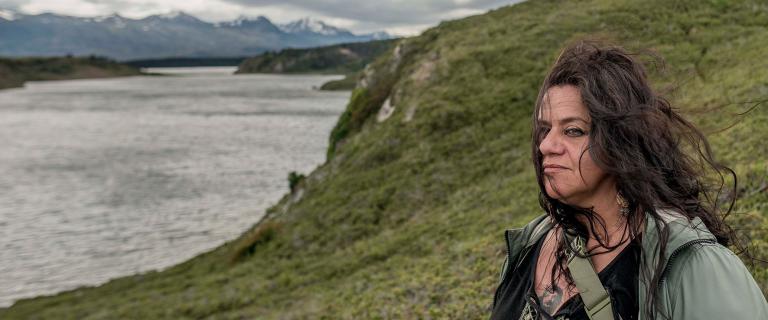
Leticia Caro, who been a leader in efforts to protect Kawésqar territory from the environmental impacts of the salmon farming industry, stands on a bluff in Kawésqar National Park in Southern Patagonia. Credit: Tomás Munita
Exploring the Underbelly of Chile’s Salmon Farming Industry
Members of the Kawésqar people recently discussed their efforts to protect a marine reserve in Chile's Patagonia at a special screening of a National Geographic documentary produced by McCluskey Fellow in Conservation Alex Muñoz.
Listen to Article
Untouched mountain ranges, forests, glaciers, valleys, and wetlands form the rugged landscape of Kawésqar National Park — the second largest national park in Chile with an area of 7,023,542 acres. A complementary marine protected area, Kawésqar National Reserve, covers roughly 6.5 million acres of ocean, fjords, and channels, hosting an equal amount of biodiversity beneath sea, providing a superb habitat for fish, marine mammals, and hundreds of marine species. The reserve also contains one of the healthiest, most intact kelp forests in the world, ecosystems considered critical to combating climate change due to their ability to absorb high levels of carbon dioxide.
In Chile, a national park has the highest level of protection, unlike a national reserve, which allows certain extractive activities and industries. In recent years, the pristine waters of the Kawésqar reserve have attracted the salmon farming industry — about 68 concessions have been granted in the reserve and another 57 permits are in process, according to the National Geographic Pristine Seas Project.
Members of the Yale community had the opportunity to learn more about the Kawésqar people’s efforts to defend their homeland against the impacts of salmon farming in Chile’s Patagonia during a screening of National Geographic’s documentary “Canoeros: Memoria Viva" (Canoeists: Living Memory) at Burke Auditorium in Kroon Hall at the Yale School of the Environment on April 16. Two of the Kawésqar leaders featured in the film, Letitia Caro and Eric Huaiquil, traveled from Chile to join Alex Muñoz , the film’s producer and the current McCluskey Fellow in Conservation, for a panel discussion moderated by Professor of Environmental Justice Gerald Torres after the screening. The event was hosted by the Latin America Student Interest Group (SIG) in collaboration with several other SIGs and Yale centers that helped organize the event.
Watch the “Canoeros: Memoria Viva” Trailer
Watch the full film on YouTube
“I’ve been working to protect the ocean in Chile for a long time, particularly the Patagonia region, which is being threatened by the salmon farming industry,” said Muñoz, who was formerly the senior director for Latin America of National Geographic’s Pristine Seas project. “It’s very important to work with the Indigenous peoples and local communities who have been the real guardians of the ocean in the most fragile areas of the planet.”
A good portion of the film documents a three-week National Geographic expedition to explore pristine areas deep into the reserve in partnership with members of the Kawésqar and Yagán peoples. The expedition team combined real-time scientific field research with the traditional knowledge of the Kawésqar to confirm many of the region’s unique ecosystem characteristics and corroborate “the importance of the land-sea connection in structuring the marine communities of this region.”
“I felt both nervous and fascinated,” Caro said when asked her thoughts about embarking on the expedition. “The ocean was deep there. I had planned on traveling there many times but was never able to make it before. You can see why it was heavily travelled area by (ancient Kawésqar) because there’s a lot of food there.”

In one scene shortly after the expedition departs from Punta Arenas, Caro shows Muñoz and several National Geographic scientists a very old Kawésqar sailing chart that her father still uses to fish. The chart, she explains, shows each of the spaces her people have traveled — each of the beaches, rock bluffs, and fisheries, and what exists, and has existed, on them.
Expert navigators and canoeists, the Kawésqar traveled the Patagonian coasts searching places to hunt sea lions and fish for food.
“The Kawésqar would not have been able to live without the ocean. Their main food source is there,” Caro said, noting that her father, a fisherman, who has fished in the waters in and around the reserve all his life has noticed a marked decline in his (wild) catch since the salmon farms’ arrival.
The salmon farming industry has grown dramatically in Chile in recent decades. Farmed salmon is the country's second-largest export sector after copper mining, generating a total revenue of $6.5 billion in 2023, according to the Central Bank of Chile.
How much the industry benefits local communities and how many jobs it generates is far from clear, Muñoz says.
“The salmon industry in Chile is covered by a blanket of opacity. We don’t know exactly how many people they employ, and their associations often inflate the number of workers they have” he said.
Some salmon farming companies, he adds, have offered economic contributions to Indigenous communities in exchange for support. “That’s the way they get some social license to continue, operating even though they’re hurting the environment and some communities that live from it,” Muñoz noted.
What we have is conviction. We are doing this because we have to, regardless of the outcome. We’re in search of justice, not necessarily because we hope for a positive outcome.”
The environmental impacts that have raised concern include the Chilean salmon farming industry’s extensive use of antibiotics and chemical pesticides (Over two-thirds of Chilean farmed salmon is rated red by the nonprofit Seafood Watch due to the high use of antibiotics.); the practice of covering the seafloor (underneath the farms) with organic matter causing eutrophication; large-scale escapes of farmed salmon that have a significant impact on native fauna; and trails of plastic trash and debris in the pristine Patagonian landscapes. All of these harm local ecosystems and threaten sustainable Indigenous fishing, Muñoz notes.
“Salmon is not native to Chile,” Muñoz said. “That’s one important this to remember. So, when you introduce them (through escape or accident) into the ecosystem, they act as predators that threaten native species.”
Farming infrastructure along the coasts steals habitat from marine mammals, including different species of whales and dolphins, and as shown in the film some salmon farm workers have been documented killing sea lions that eat food from the salmon pens.
Caro and Huaiquil say their petitions for greater protections for the reserve have been ignored by the current government of Chile. But when asked if they have hope for the future or if things will one day change, perhaps with a change of government, they say it isn’t really a question of hope.
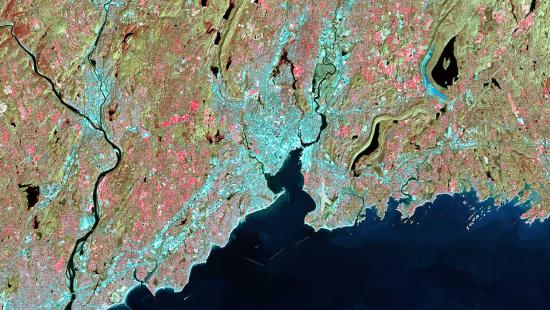
Subscribe to “YSE 3”
Biweekly, we highlight three news and research stories about the work we’re doing at Yale School of the Environment.
“Hope as such, it doesn’t exist,” Huaiquil said. “I don’t say this in a negative way. What we have is conviction. We are doing this because we have to, regardless of the outcome. We’re in search of justice, not necessarily because we hope for a positive outcome.”
When asked if they’ve found any unlikely allies in their fight to protect their homeland from the salmon farming industry, Caro replies “all of them.”
“We didn’t expect anyone to join with us” Caro said. “So, any help we’ve received from National Geographic, from Greenpeace, from any group has been totally unexpected.”
Natalia Espinosa Caballero ’25 MEM, a member of the Latin America SIG, emphasized the importance of the panel discussion and of hearing from Caro and Huaiquil directly about their efforts to protect their ancestral homeland. “We worked hard to bring leaders from the Indigenous Kawésqar community to New Haven, opening up a space where they could share their invaluable experiences in the historical fight to preserve their culture, traditions, territory, and ecosystems,” she said.
Muñoz, himself, says he is hopeful that there will be a positive outcome. “We have done a thorough job of putting together the science, working with the Indigenous peoples, and I am hopeful that one day this place, which is completely unique and irreplaceable, will be recognized for the treasure it is, and watched over by its true caretakers.”
- Alex G. Muñoz
- Ecosystem Management and Conservation
- People, Equity, and the Environment
Media Contact
Paige stein.
Chief Communications and Marketing Officer
Research in the News
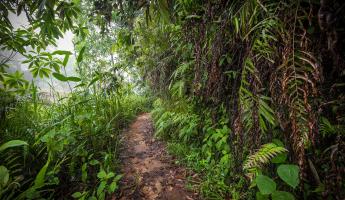
Climate Change Threatens Resilience of Sri Lankan Rainforests
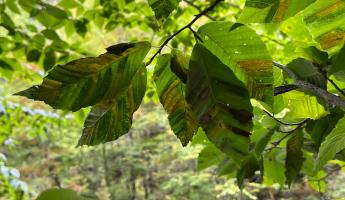
An Inside Look at Beech Leaf Disease

Achieving Sustainable Urban Growth on a Global Scale
Connect with us.
- Request Information
- Register for Events

IMAGES
VIDEO
COMMENTS
From the extreme north with the driest desert in the world to the austral south with eternal ice and inverted waterfalls, Chile is an invitation hard to refuse. Learn about tourism in Chile and be amazed by the experiences in the southernmost portion of the world. Entry requirements to Chile and Easter Island are here.
Promotional videos on tourism in Chile and Easter Island of Sernatur.. Since the mid-1990s, tourism in Chile has become one of the main sources of income for the country, especially in its most extreme areas. In 2005, this sector grew by 13.6%, generating more than US$500 million, equivalent to 1.33% of the national GDP.. According to the World Tourism Organization (WTO), Chile was the eighth ...
Discover the diverse natural and cultural attractions of Chile, from urban glam to natural highs. From the Atacama desert to the Patagonian fjords, from Rapa Nui to Santiago, find out why these are the best places to visit in Chile with Lonely Planet's travel stories and tips.
Discover the best places to visit and photograph in Chile, from the stunning Torres del Paine National Park to the cultural and historical attractions of Santiago and Easter Island. Explore the diverse landscapes, natural features, and cultural heritage of this South American country with PlanetWare's guide to the top tourist attractions in Chile.
7. Viña Cousino Macul. 2,784. Wineries & Vineyards. Vineyard with a rich family heritage, showcasing a variety of high-quality wines and educational tastings. Includes a tour of historic cellars and a museum highlighting the region's viticulture. See ways to experience (7) 2023. 8.
Chile's best road trips take in rolling vineyards, serene lakes, deep fjords, towering volcanoes and bone-dry deserts. Here are our top Chilean drives. Read article. View more. 03 / Plan with a local.
12. Visit the moai of Rapa Nui (Easter Island) It takes 5½ hours to fly from the Chilean mainland to this remote island, marooned in the Pacific Ocean some 1930km (1200 miles) from its nearest neighbor, the similarly remote Pitcairn Islands. Yet it's totally worth it.
Most tourist-fronting businesses have good English, as do younger Chileans residing in Santiago. Currency: The Chilean peso ($ CLP) is the official currency of Chile. Getting Around: Chile has an extensive infrastructure of increasingly low-cost flights that connect most cities across the country and, if booked in advance, are often ...
Information about Chile Travel destinations and tourism guide. Cultural, historical and touristic tips about Torres del Paine, Easter Island, San Pedro de Atacama, Santiago, Valparaiso, San Pedro de Atacama, and more.
North to south, the best places to spot penguins are Isla Damas, Algarrobo, Chiloé, Seno Otway, Isla Magdalena, Tierra del Fuego, and "Antárctica Chilena.". Chile claims a big chunk of the ...
Chile's natural wonders are considered its main attractions, drawing in tourists from around the world ready to see these incredible sights. The country is home to 41 national parks, making up 20% of the country's territory and ranging from snow-peaked mountains to remote seaside landscapes.
4. Marvel at San Pedro de Atacama. Located in Chile's Norte Chico northern region, San Pedro de Atacama is one of Chile's hottest tourist towns. Literally. Sitting at 2,400 meters (7,874 feet), the ancient town is in the driest desert in the world (it reportedly hasn't seen rain since 1870).
The Cajón del Maipo is a majestic natural sight situated only a short drive away from the hustle and bustle of the capital city. The site features shimmering lakes nestled between striking mountains. Among the best places to visit in Chile, it provides a relaxing escape from the concrete jungle of Santiago.
7. Cerro San Cristobal. Dominating the Santiago skyline is Cerro San Cristobal, one of Chile's most recognizable natural landmarks. Named after St. Christopher, this tree-lined hill boasts some of the best views in the entire city. From the summit, you'll be able to look down on the bustling streets of Santiago.
With some 2,600 miles (4,300 kilometers) separating the southern tip of Patagonia from the northern border of Peru, Chile has a myriad of worthwhile attractions across a variety of geographical zones. Starting from the south, let's work our way north on a tour of Chile's 20 best tourist destinations.
Reservations for Chile Tours, Hotels, Travel Packages and tourism in Torres del Paine, Easter island, San Pedro de Atacama, Santiago, Valparaíso and much more +56 2 2570 8620 Contact us!
Towering over the adventure capital of Pucón, Volcán Villarica is the centerpiece of Parque Nacional Villarrica, one of the most popular parks in Chile…. Discover the best attractions in Chile including Parque Nacional Patagonia, Orongo Ceremonial Village, and Rano Raraku.
Here are 10 key statistics about tourism in Chile: In 2019, Chile welcomed approximately 4.5 million international tourists, marking a 5% increase compared to the previous year. Tourism contributed approximately 3.5% to Chile's GDP in 2019.
Tourism in the economy. Tourism is a growth sector for Chile. In 2018, the direct contribution of tourism was estimated to make up 3.3% of GDP, or CLP 6.4 trillion, and 4.4% of employment. When the indirect contribution is included, it is estimated that tourism accounts for 10.1% of GDP and 9.9% of total employment.
For travel to the United States on a temporary basis, including tourism, temporary employment, study and exchange. Read More. Immigrant Visas. ... U.S. Embassy Santiago, Chile - November 2, 2023; Demonstration Alert - October 22, 2023; Press Releases. Statement by President Joe Biden on the Occasion of World Press Freedom Day 2024;
Untouched mountain ranges, forests, glaciers, valleys, and wetlands form the rugged landscape of Kawésqar National Park — the second largest national park in Chile with an area of 7,023,542 acres. A complementary marine protected area, Kawésqar National Reserve, covers roughly 6.5 million acres of ocean, fjords, and channels, hosting an equal amount of biodiversity beneath sea, providing a ...